23-28 October 2019
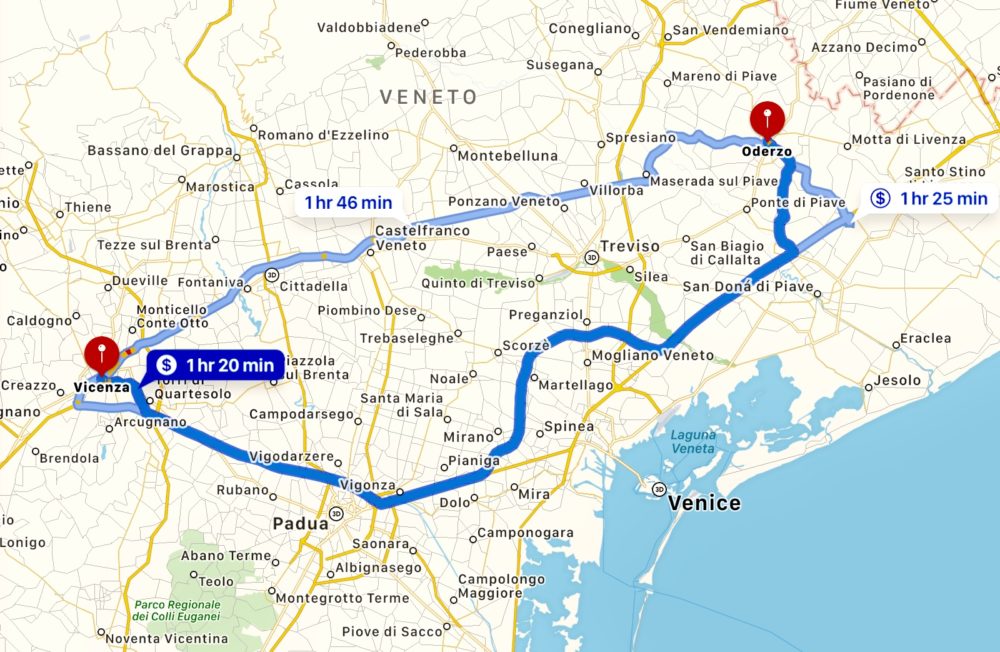
Palladio’s Vicenza
When you go to Vicenza, you can’t avoid absorbing Palladio’s Italian Renaissance architecture, his sense of order, and his adorned aesthetic. Andrea Palladio (1509-1580) practiced in the Venetian Republic, but his books spread his influence well beyond—to Thomas Jefferson and the designers of many English country houses. Going to the excellent Palladio museum in Vicenza and seeing many of his buildings gave us a clearer awareness of his style. He designed churches, palazzos in town, villas in the countryside, and a theater. In all cases, his work promoted his clients’ standing in society.
Here’s what we learned, with apologies to Palladio experts.
Palladio loved symmetry (Duh!)
Symmetry is order. And a perfect universe has complete order. Palladio was constantly striving to achieve this order in his work. He embraced Greek and Roman architecture. Perhaps this was a reaction to the dominant piecemeal building patterns of the medieval ages. His clients in Vicenza often hired him to give order and importance to their urban residences, which might be made up of several adjacent buildings without a cohesive appearance or monumentality.
Palladio had valuable mentors and patrons
Influential people moved his career forward with education, writings, and referrals to clients. Palladio’s work in Venice is an example of this. After a referral to an important client, and then other referrals from him, Palladio became chief architect of Venice and then rose to be chief architect of the Venetian Republic. At times he was so busy that his clients in Vicenza complained he was not giving them the attention that they paid for. (Any architects out there have this problem?)
Palladio delivered high impact at low cost
As a teen Palladio excelled as a stone carver, and with his drawing skills, he was promoted through the ranks and was soon noticed by his first mentor. His broad experience with stone construction enabled him to design and build structures efficiently. As an example, rather than using expensive stone, he created columns with specially made pie-shaped bricks that were smoothed, put in place, smoothed again, and covered with a light coat of plaster. They look like stone, but cost much less. Lower costs brought him clients that could not have otherwise afforded a building of monumental scale.
Palladio paid attention to details
We enjoyed seeing how he broke up large building facades visually, without losing the overall unity. Columns often start and stop on a single floor. Columns take on a different characters from floor to floor. Balconies and focused appliques of ornamentation further break up the massiveness of a facade when needed. And more often than not, large, over-scaled statues punctuate the skyline.
It seems to us that in most of his work within the city of Vicenza, he applied a new facade to an existing building or cluster of buildings that were difficult or too expensive to rebuild from scratch. In his suburban villas, however, he could apply his theories of form with less constraint. The villa La Rotonda is one of his best works. He was given free rein on its design and siting.
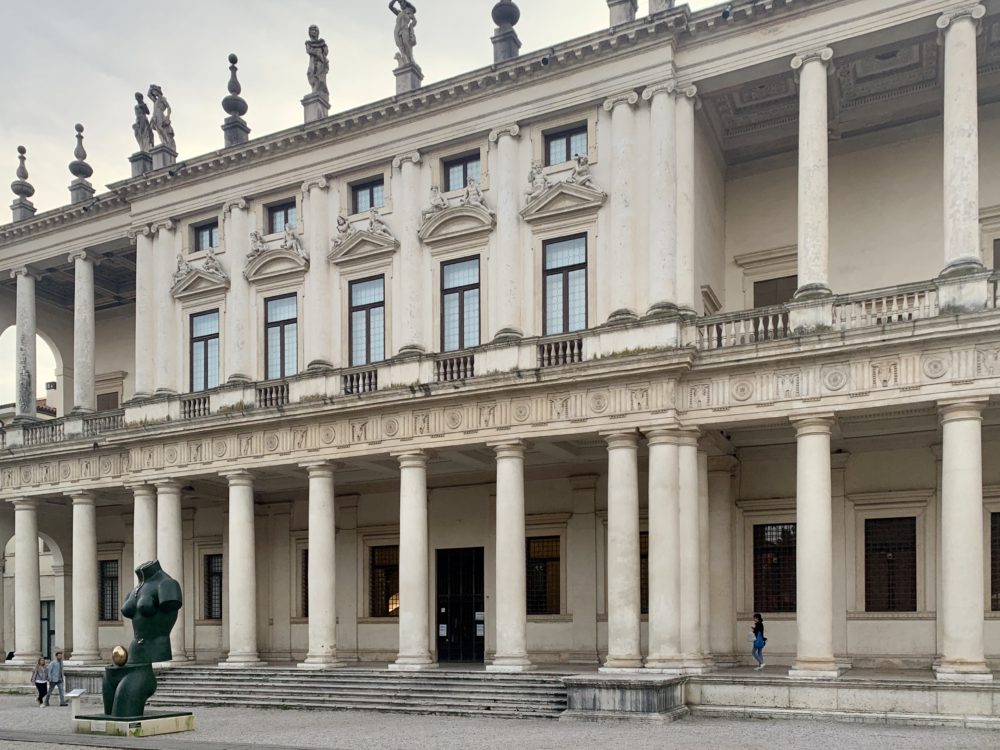

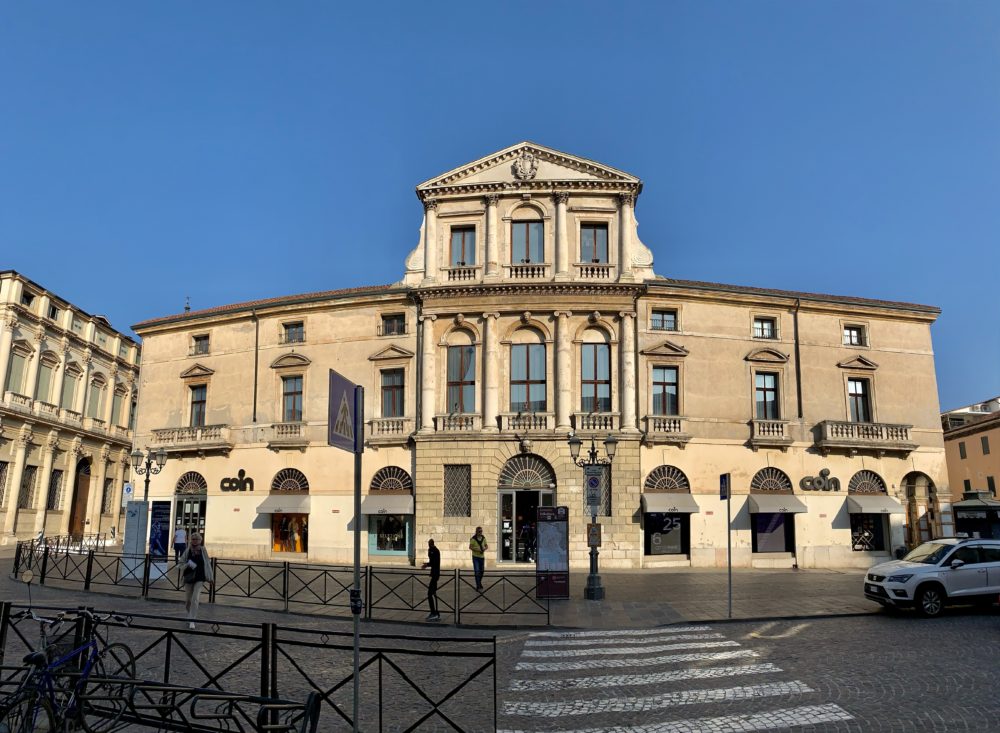
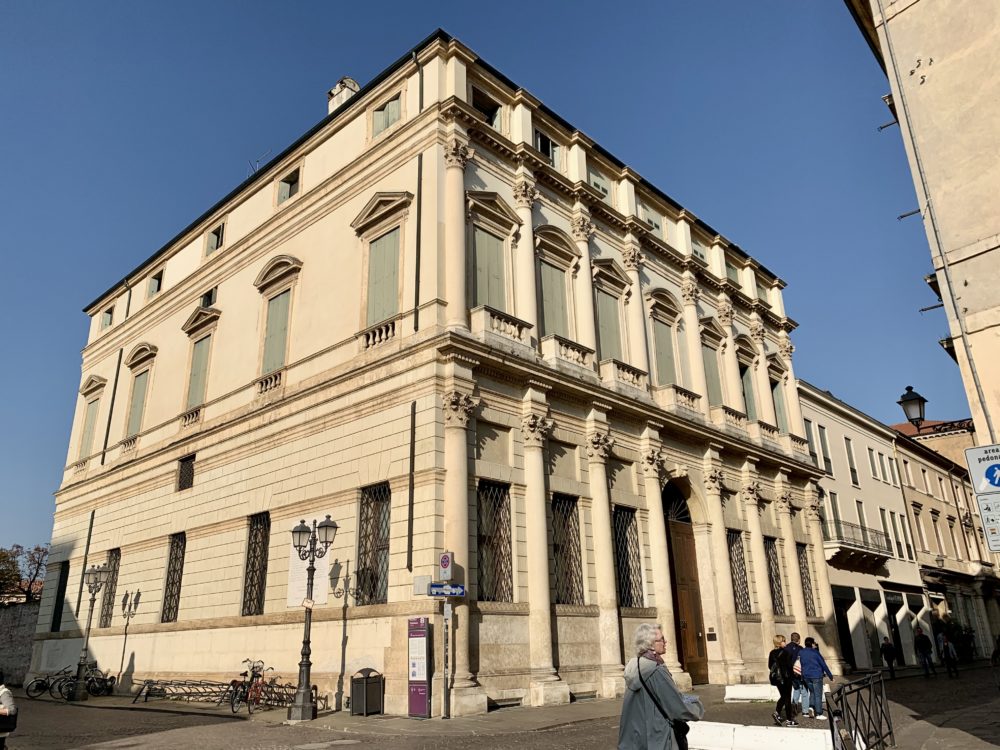
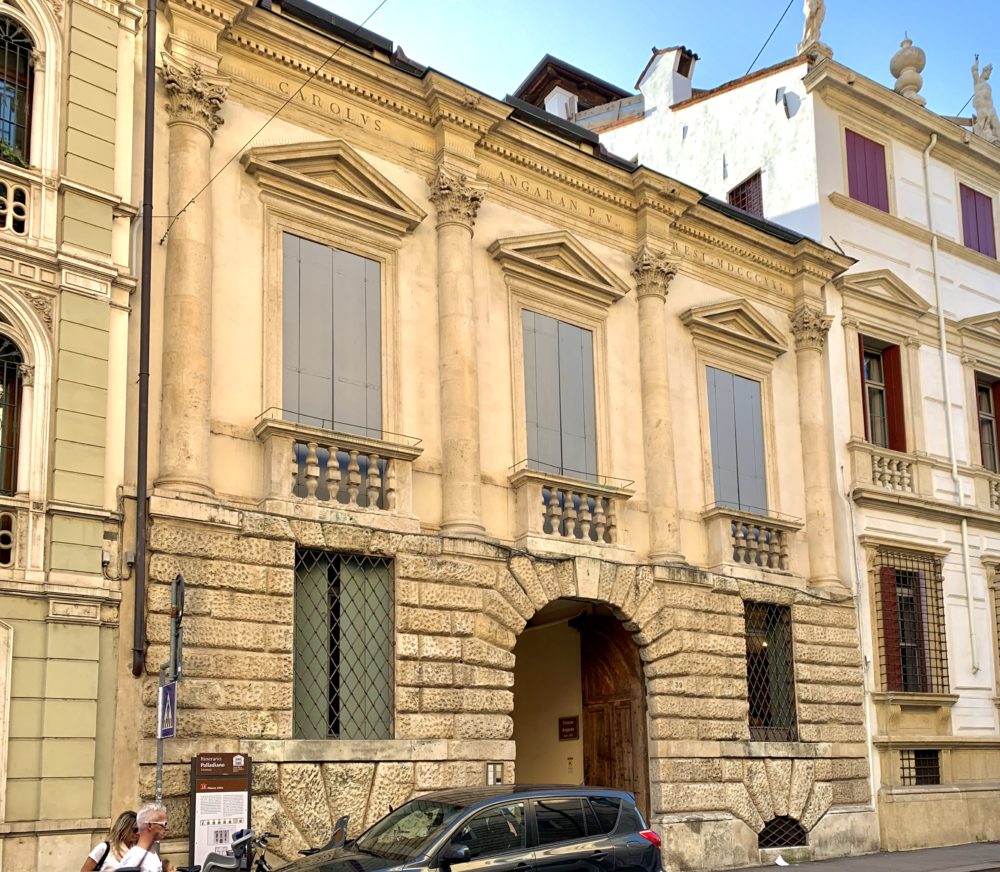
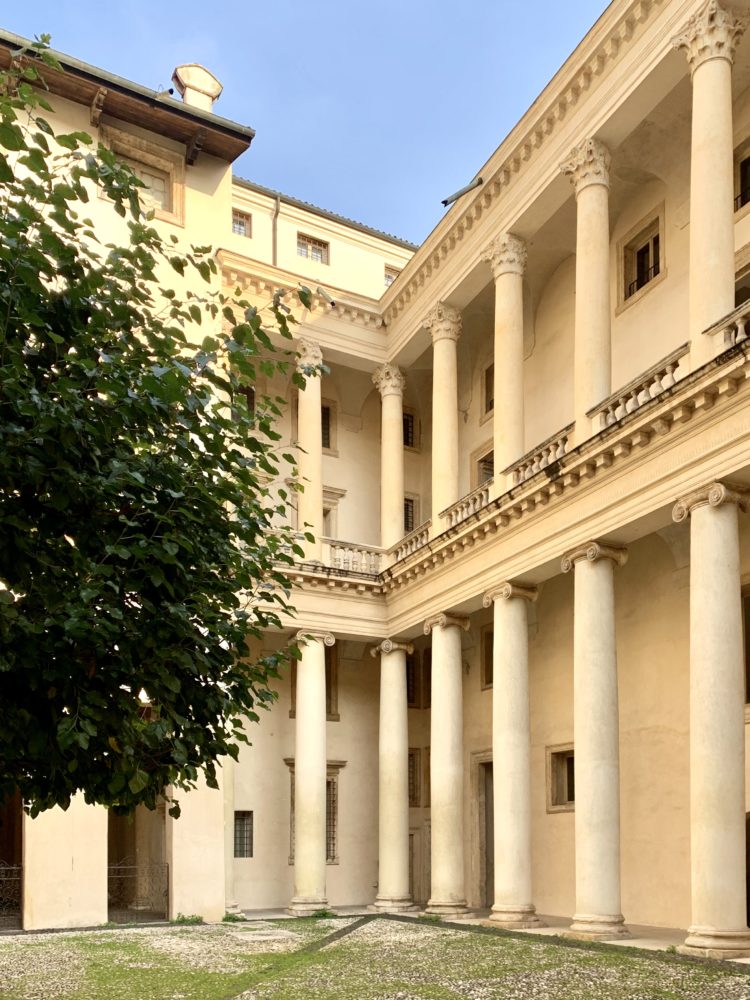
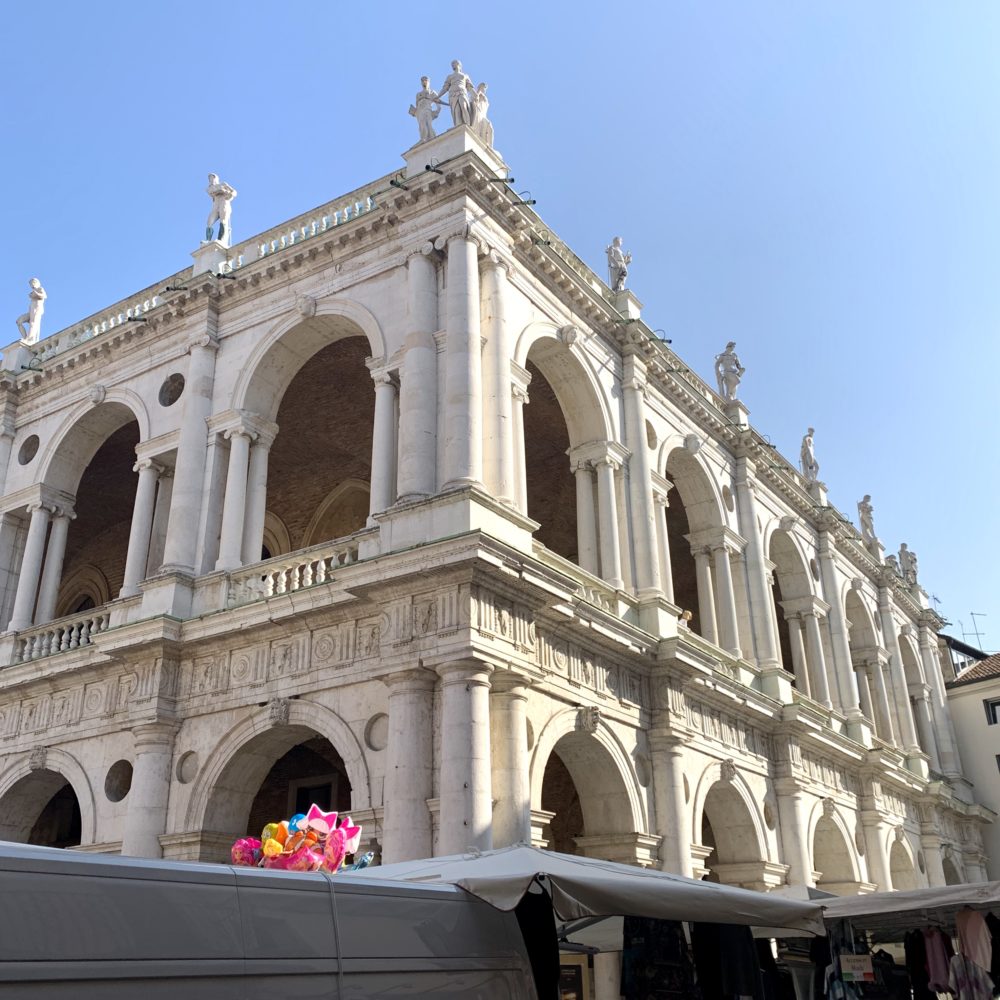
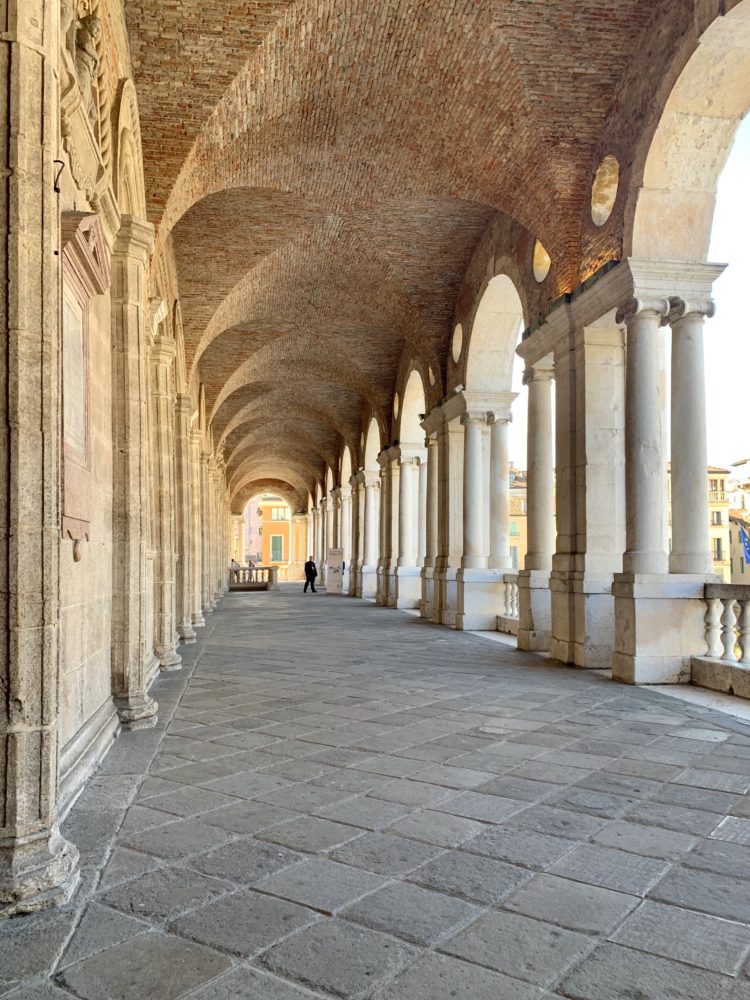


Villa Almerico Capra detta “La Rotonda”
Bonnie didn’t realize she had a bucket list until she saw this famous villa and realized she was making a big mental check mark. The client, a priest from the Vatican, gave Palladio complete freedom to site and design his retirement villa on a hill just outside Vicenza. (We walked there.) Some say it is the only building that fully explores and exemplifies Palladio’s theories of architecture.
The building is a combination of a cube and a sphere that fits inside it. The four sides of the villa are identical. Palladio sited the building to give four differing views of the countryside. The building’s corners are oriented to the primary compass points—north, south, east, and west—for optimum sun exposure inside. Interior photography is not allowed, but what surprised us is how intimate the building feels. The scale is very human. We could imagine people living there.
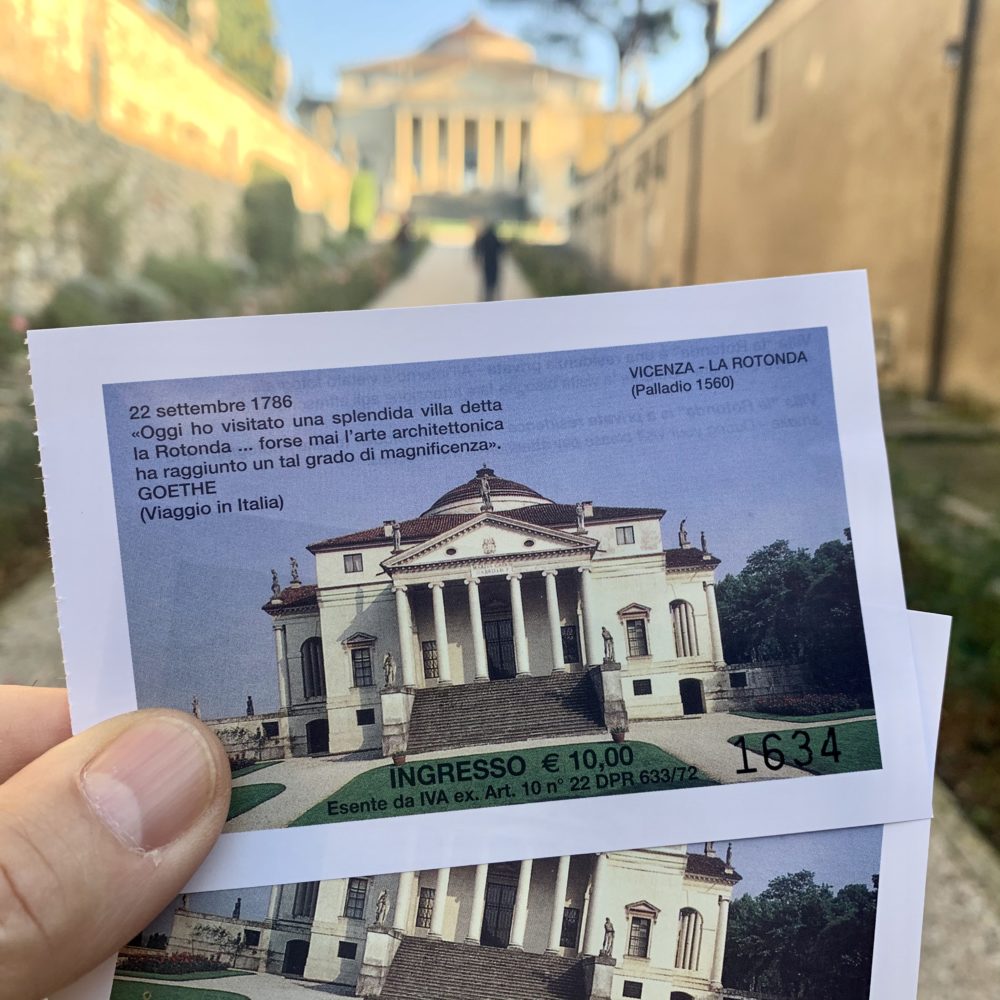
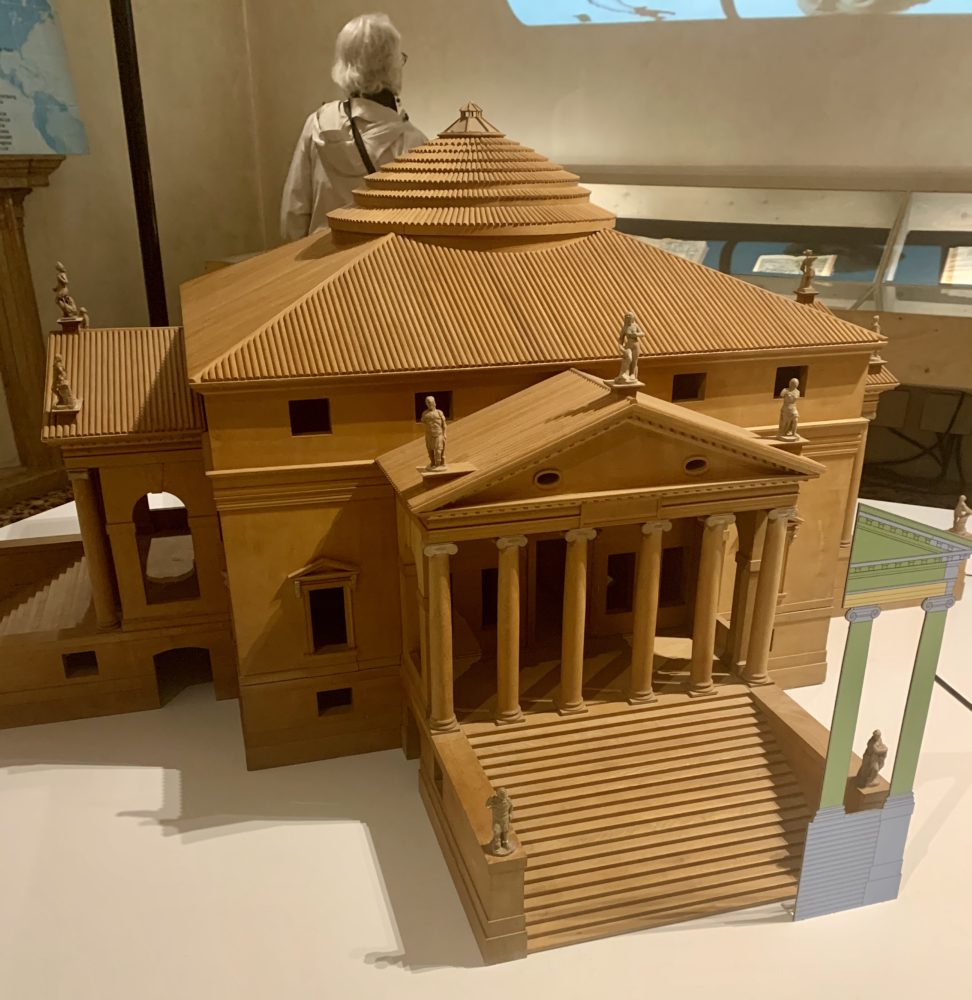
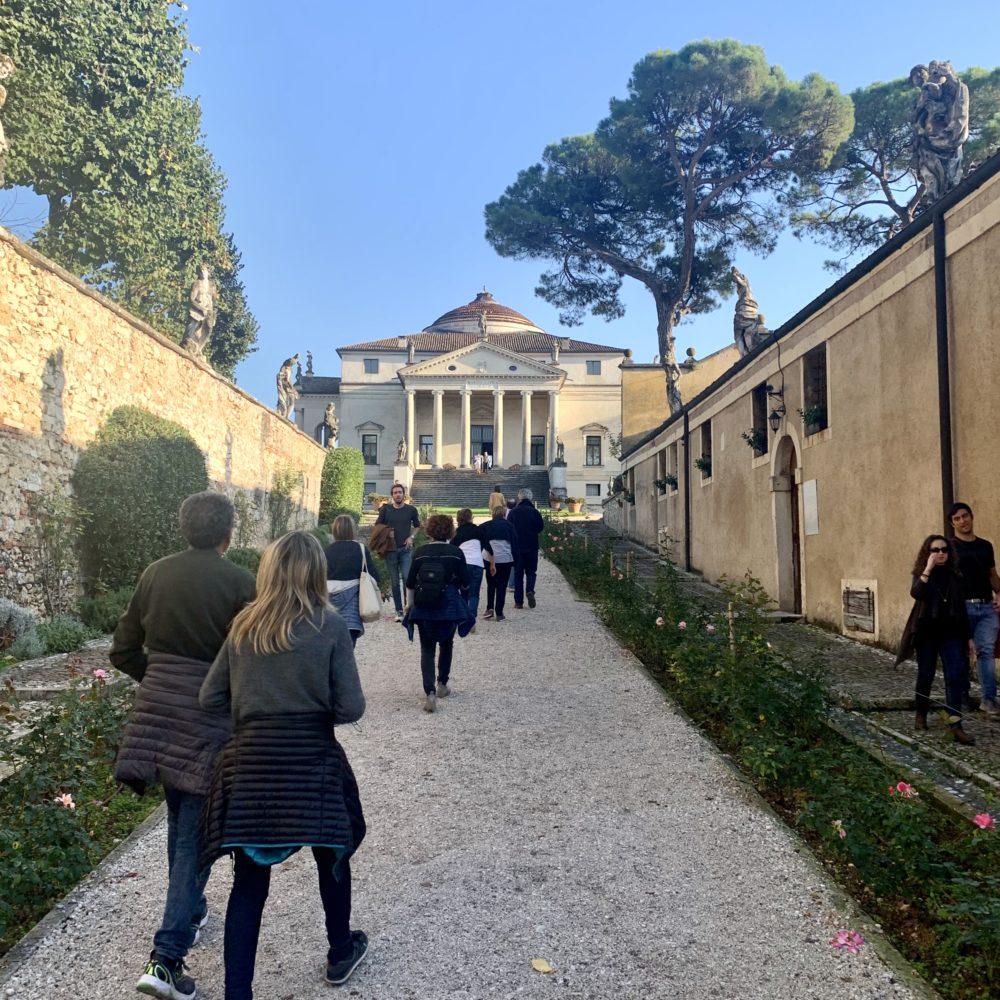
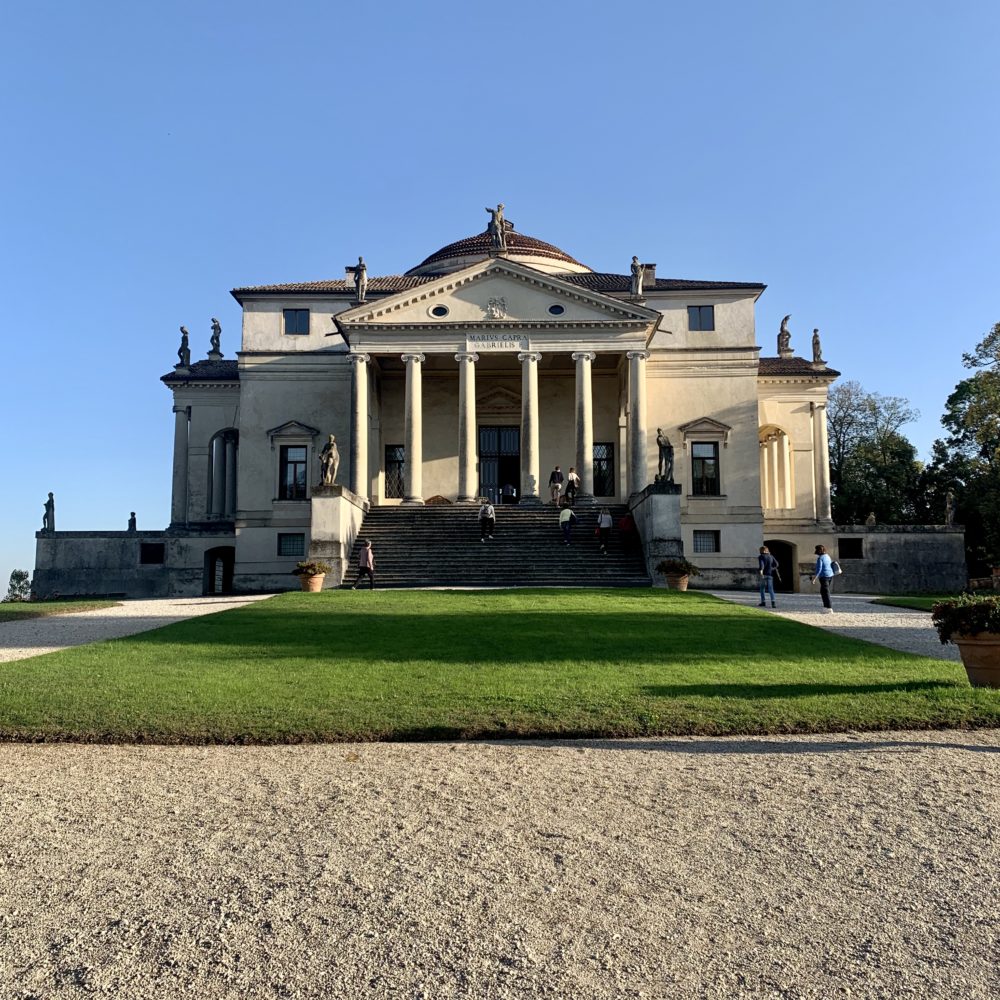
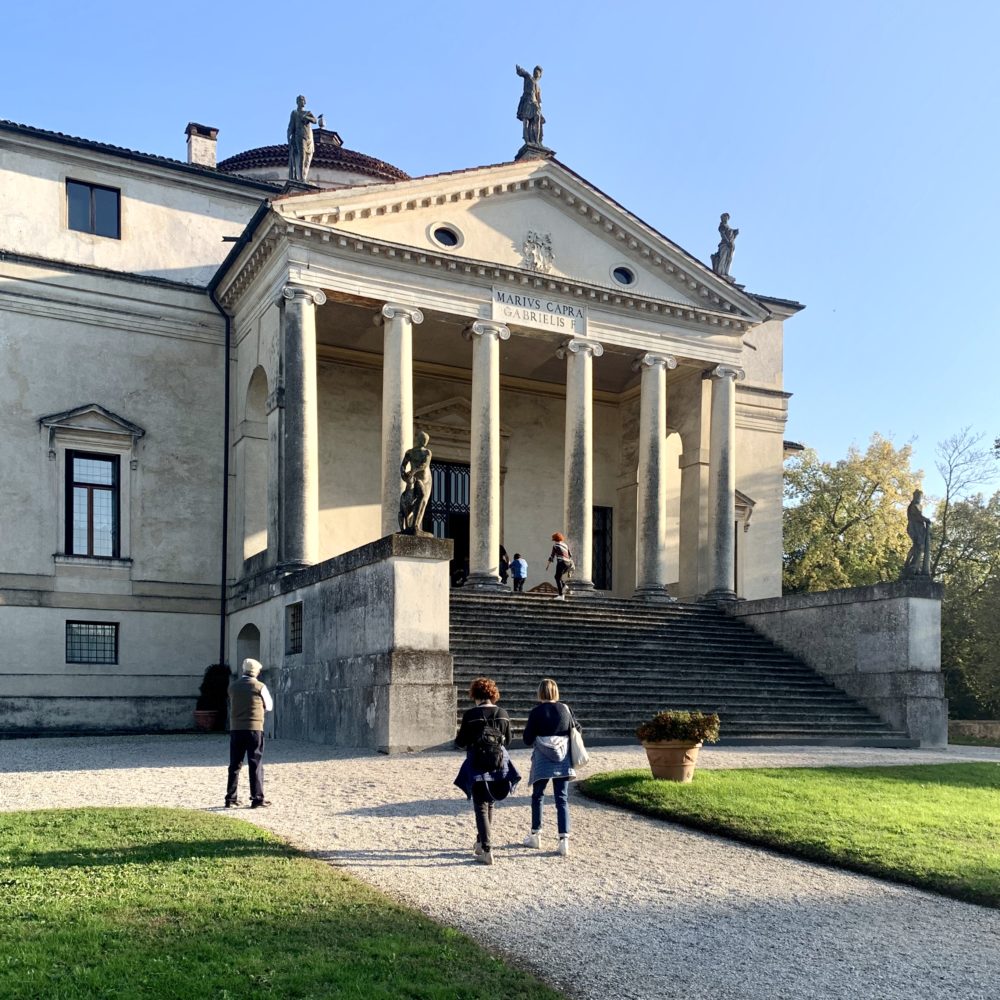

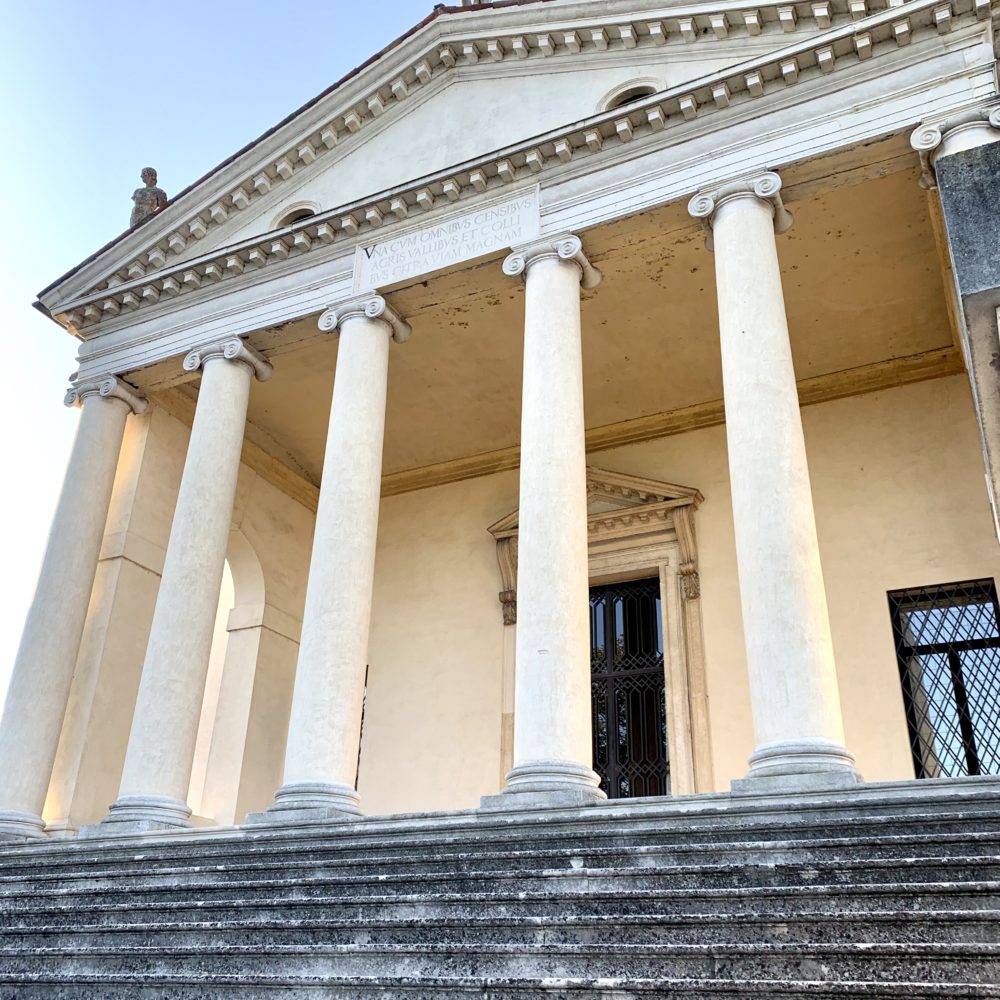
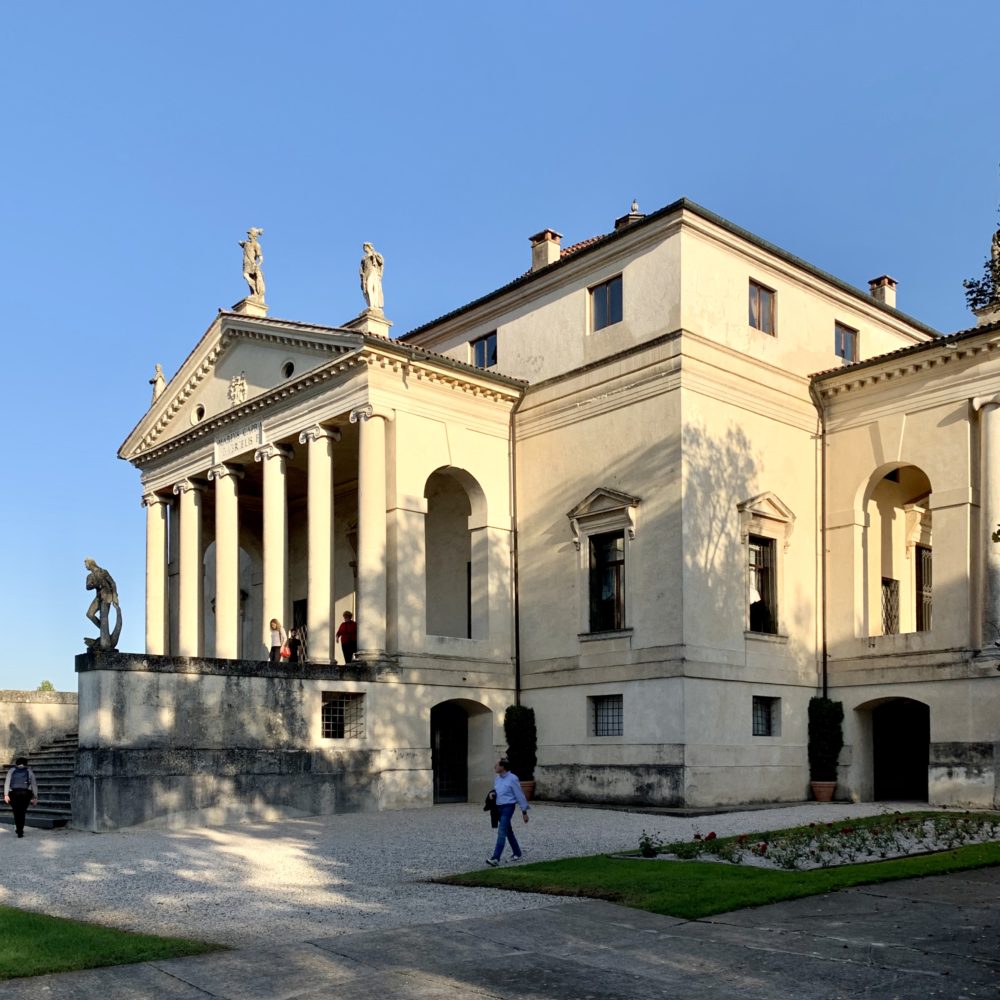
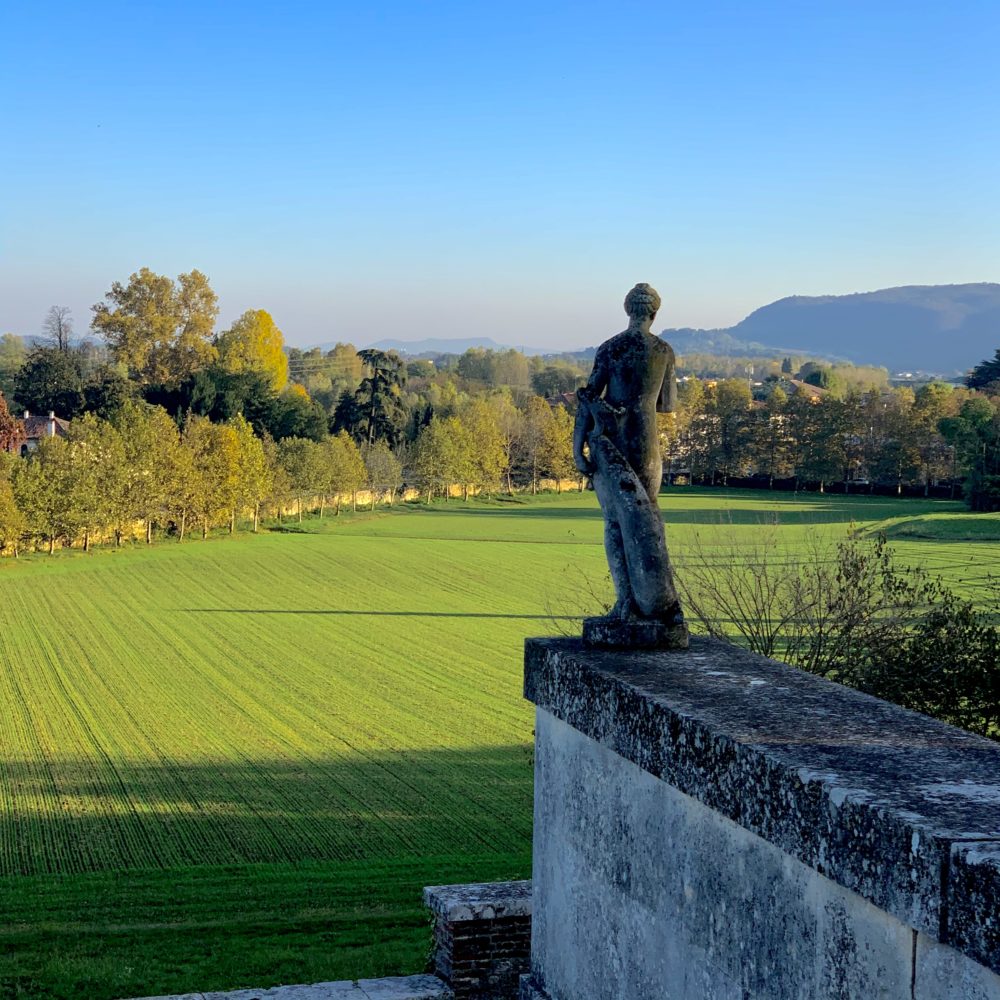
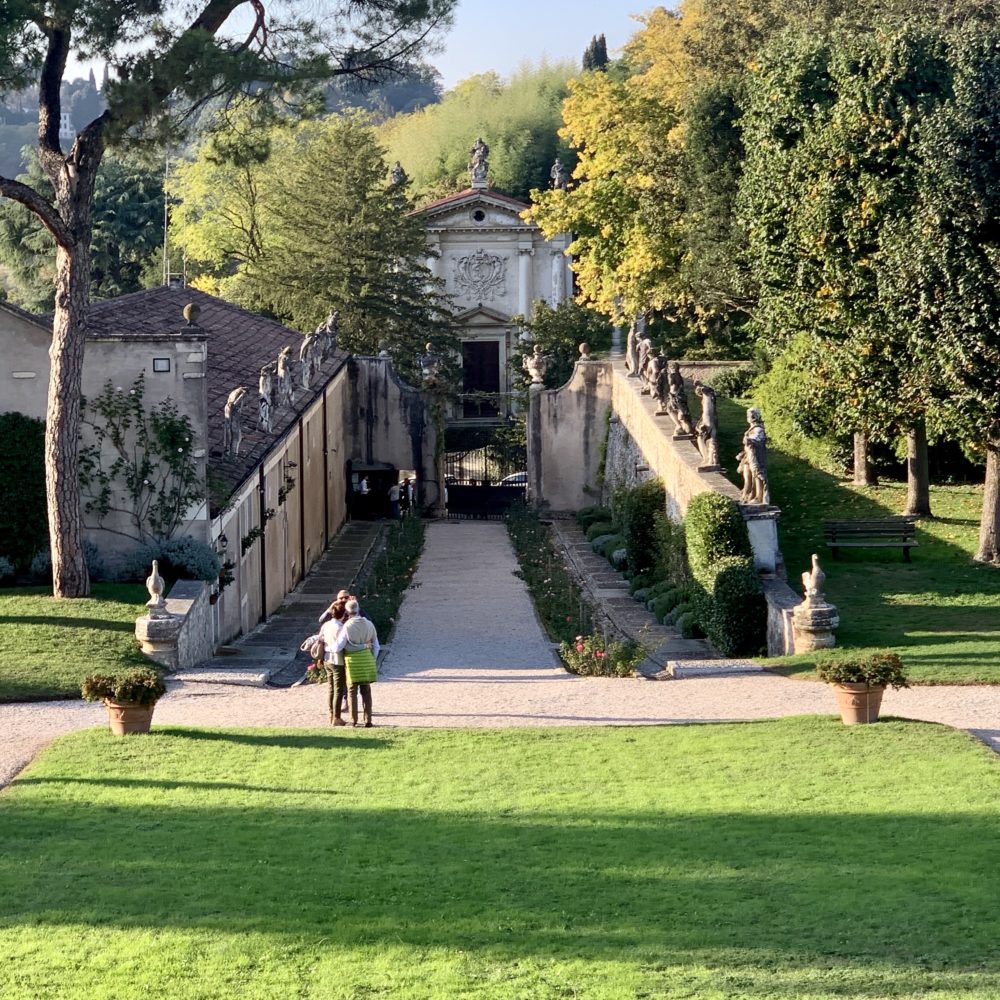
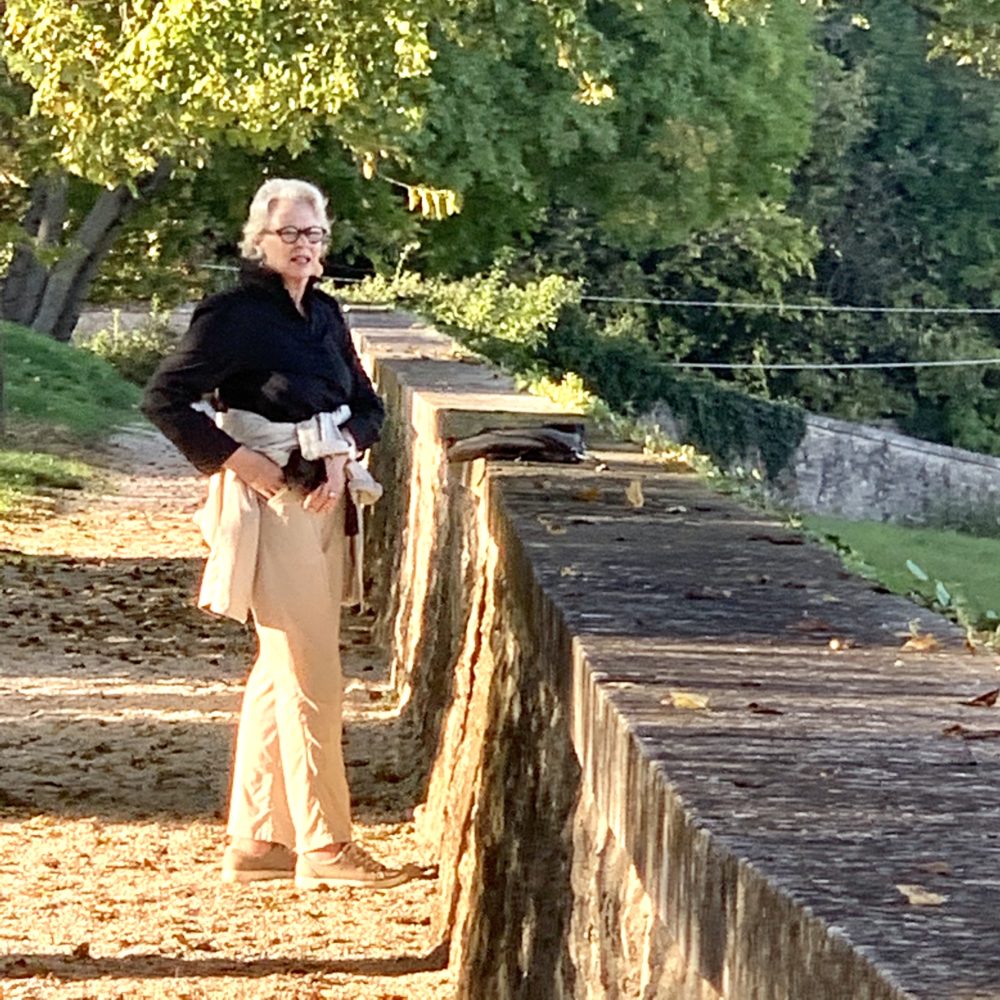
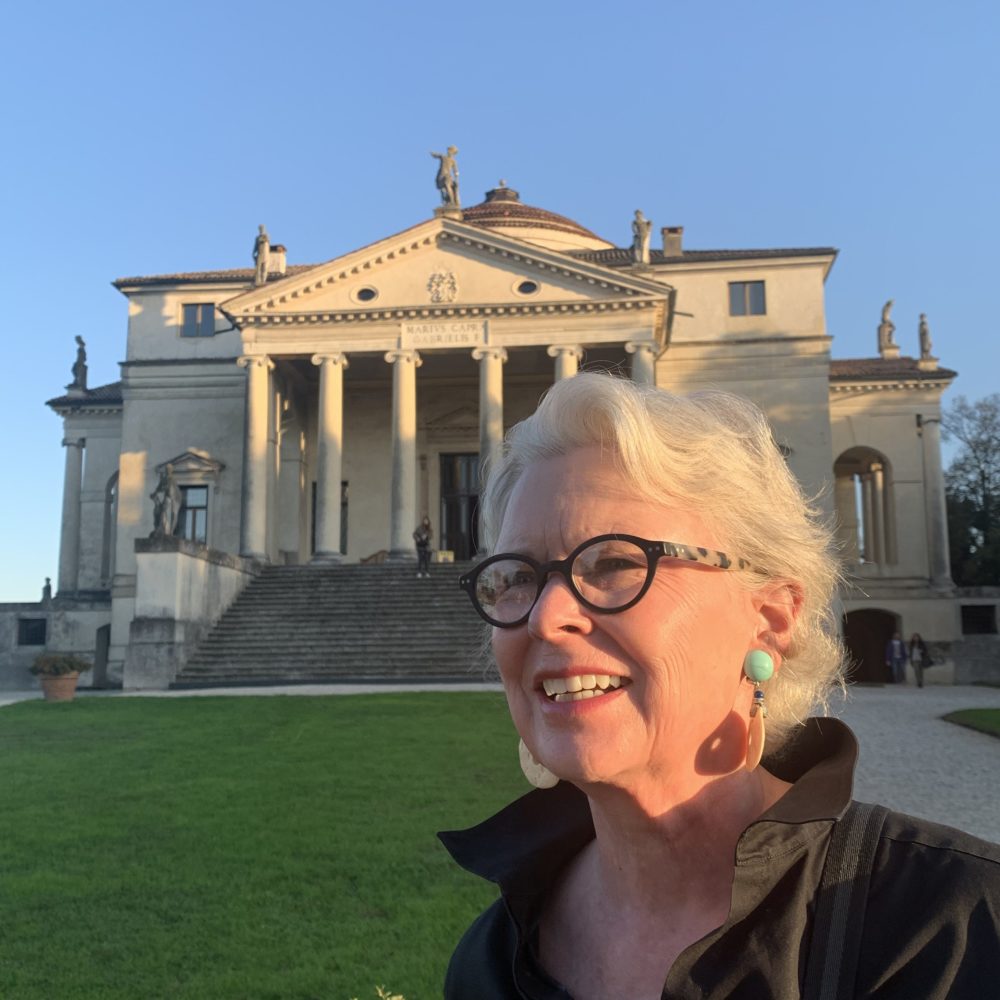

Teatro Olimpico
Designed by Palladio for the city of Vicenza but completed by another architect, Scamozzi, after Palladio’s death. The seating plan mimics ancient classical theaters but is covered. As was typical for Palladio, he made the project inexpensive by using wood and plaster for most of the construction. The elaborate street scenes on the stage were designed by Scamozzi. In Vicenza they still use the theater for opera and other concerts. It seats about 350.
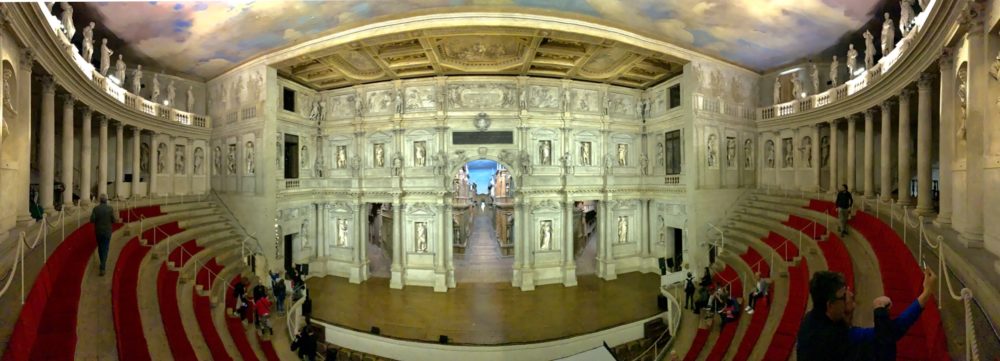
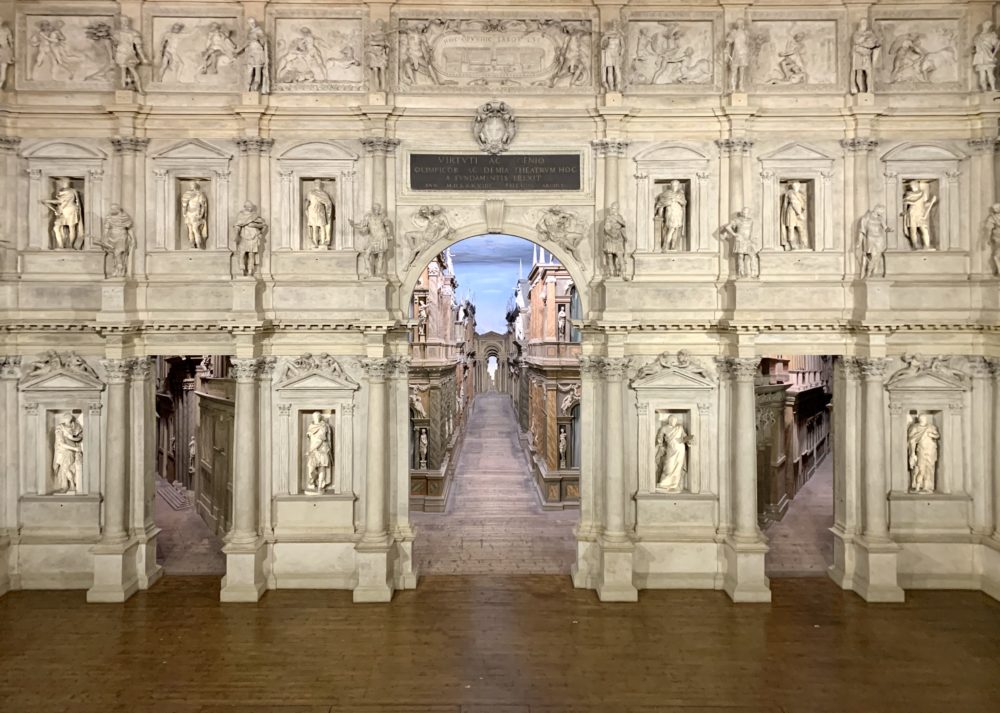
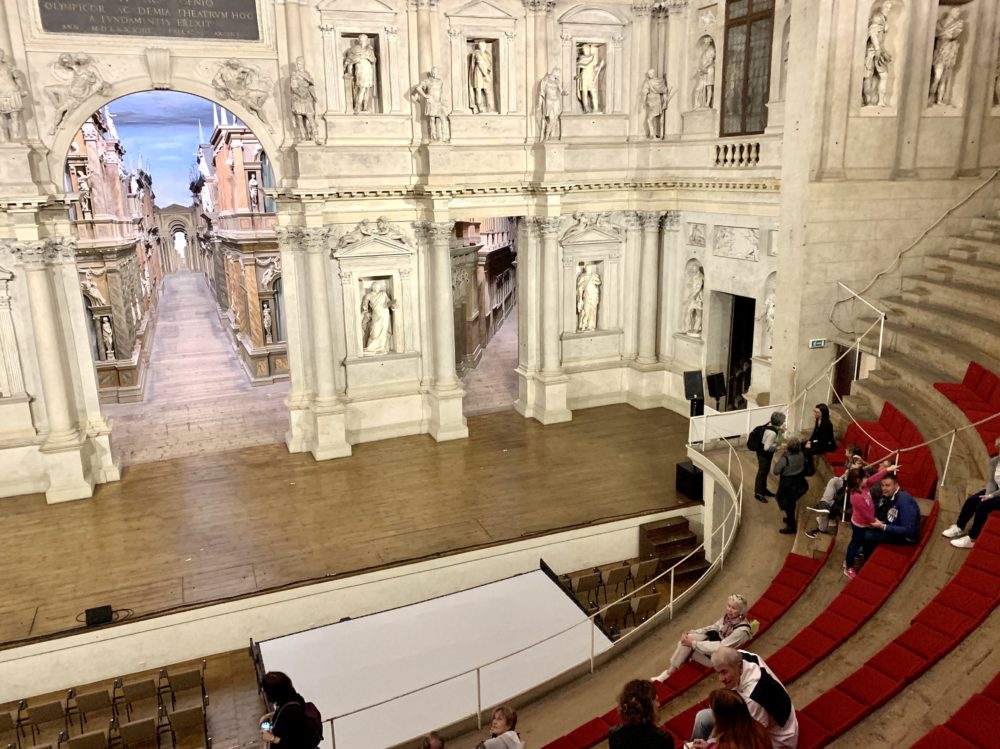
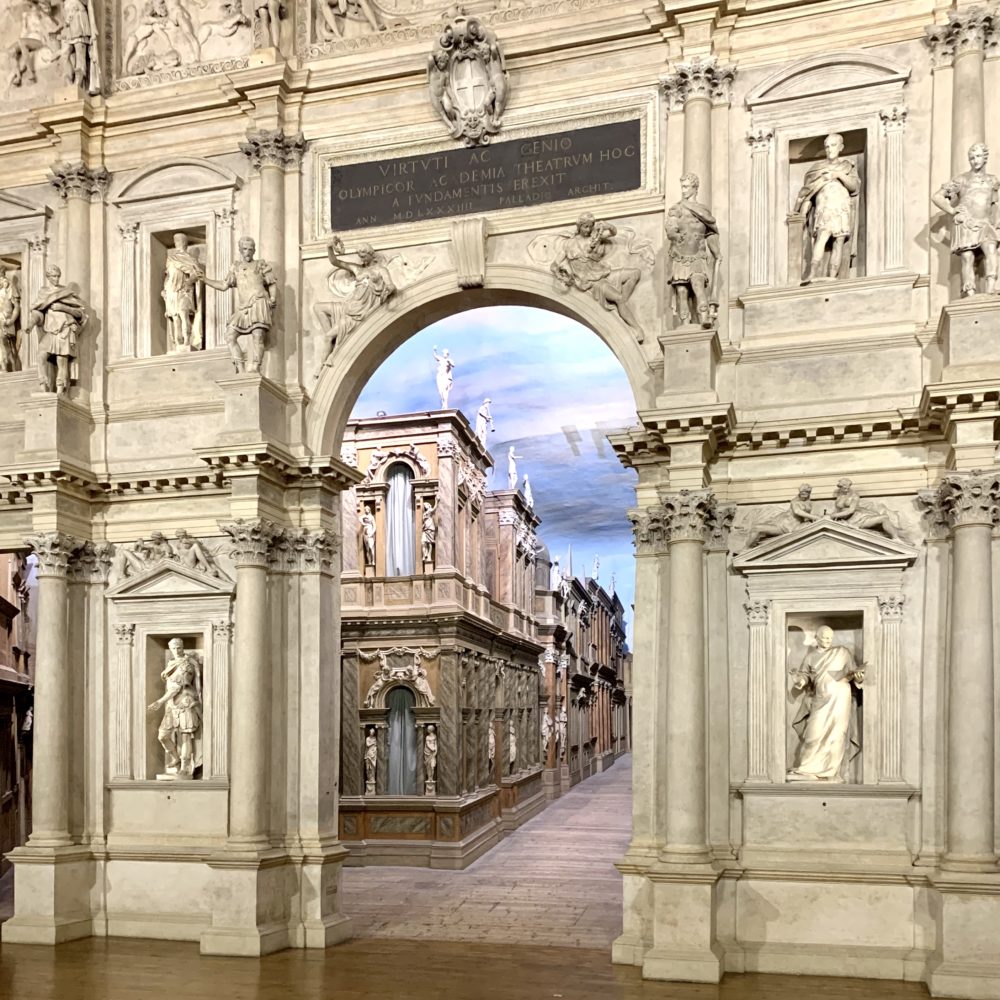
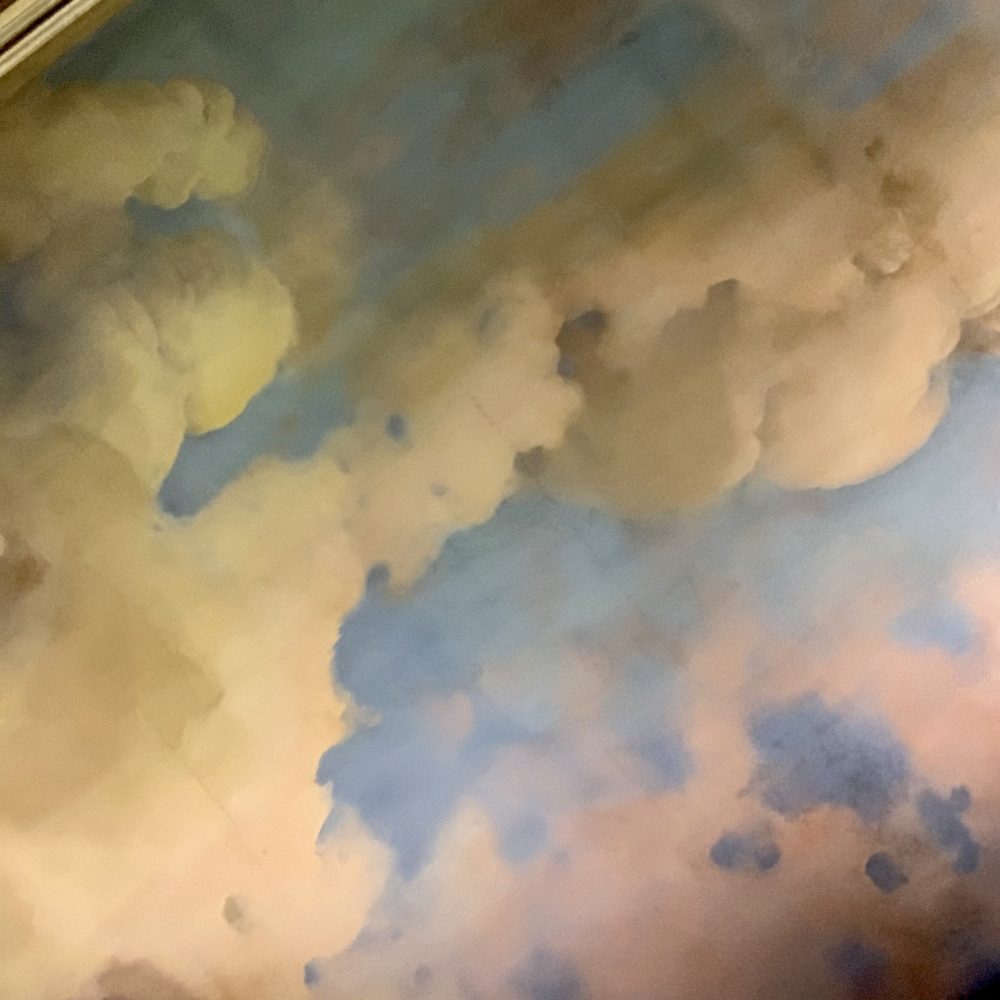
Wanderings
Vicenza’s center is lined with retail. Not a lot. But quite a bit. They must have the highest number of eyeglass stores per capita in Italy. (The Luxottica company headquarters are not far away.) You see plenty of walking tours in the city but most are in Italian. A few in German. We heard none in English. You hear English spoken on the street and see clusters of young, fit guys with short haircuts strolling in the evenings. Caserma Ederle, a USA-run military base, is in Vicenza.
The streets fill in the evenings with families (lots of kids and strollers) and couples on dates. Robert noticed that the women (not the men) get all dolled up whether on a date or with their friends. Dogs are prevalent too. We saw a lot of greyhound-like dogs in this town and two unusually furry Jack Russells. One on this energetic breed was named, appropriately, Rush.
In Vicenza we saw more begging and selling of roses and inexpensive scarves. Many of these people are fairly insistent. Some of this activity seems to be alcohol or drug related.
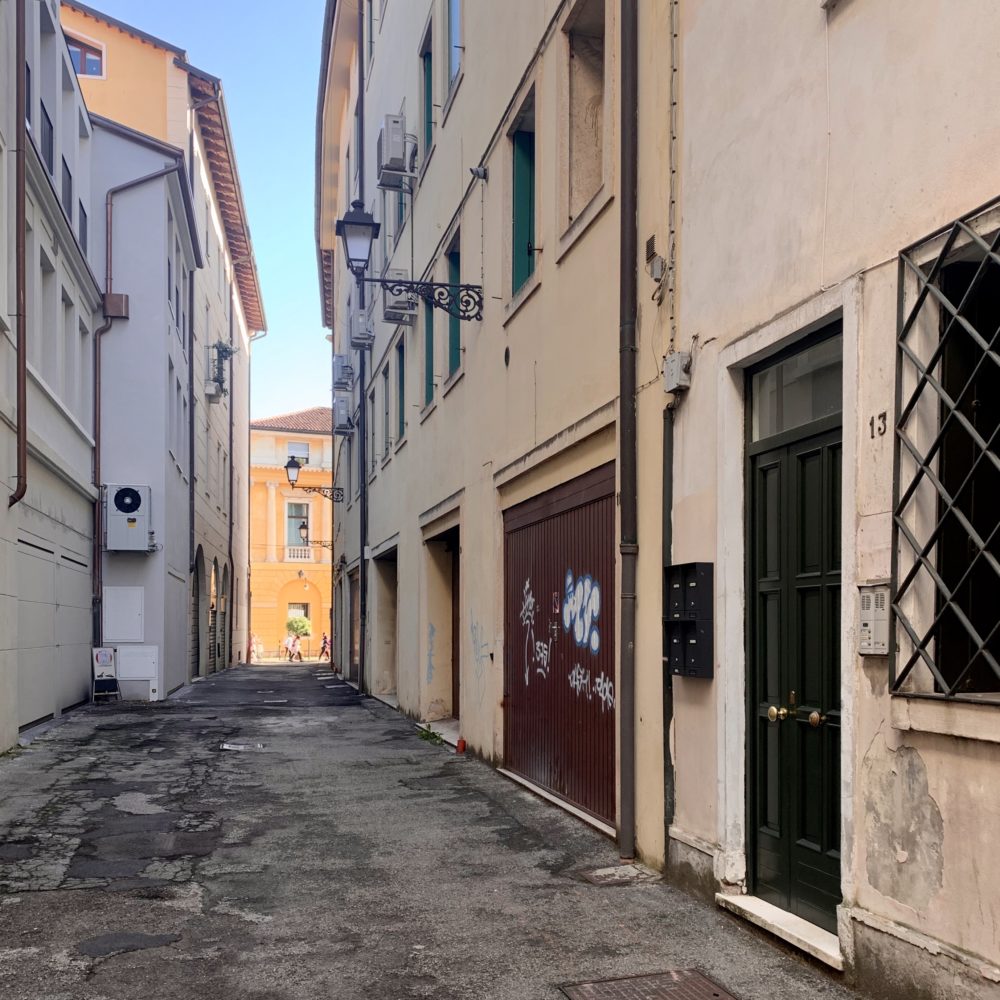
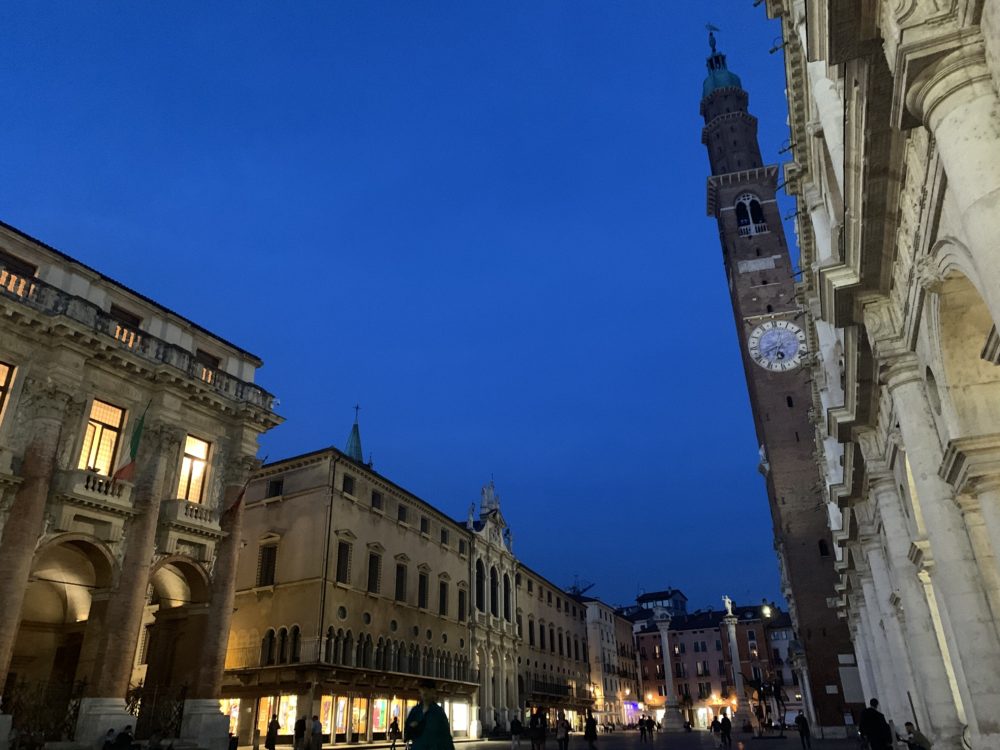
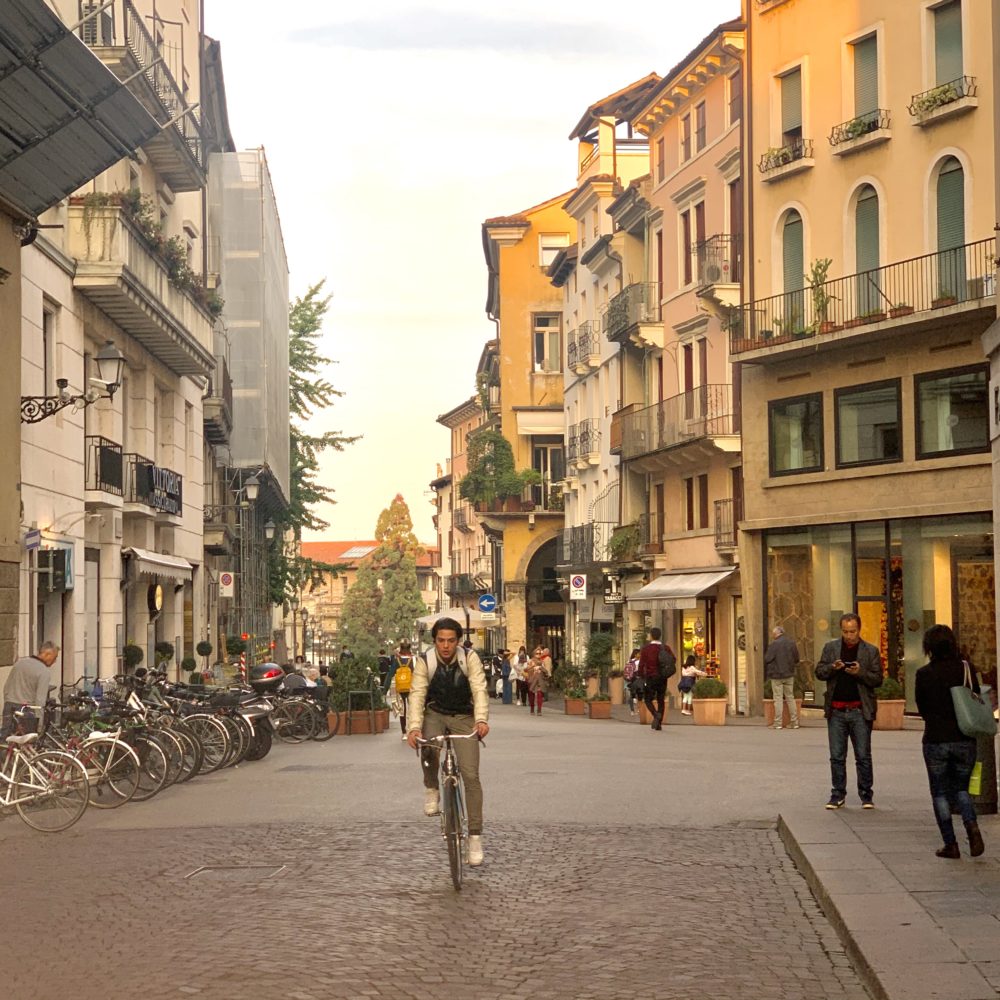
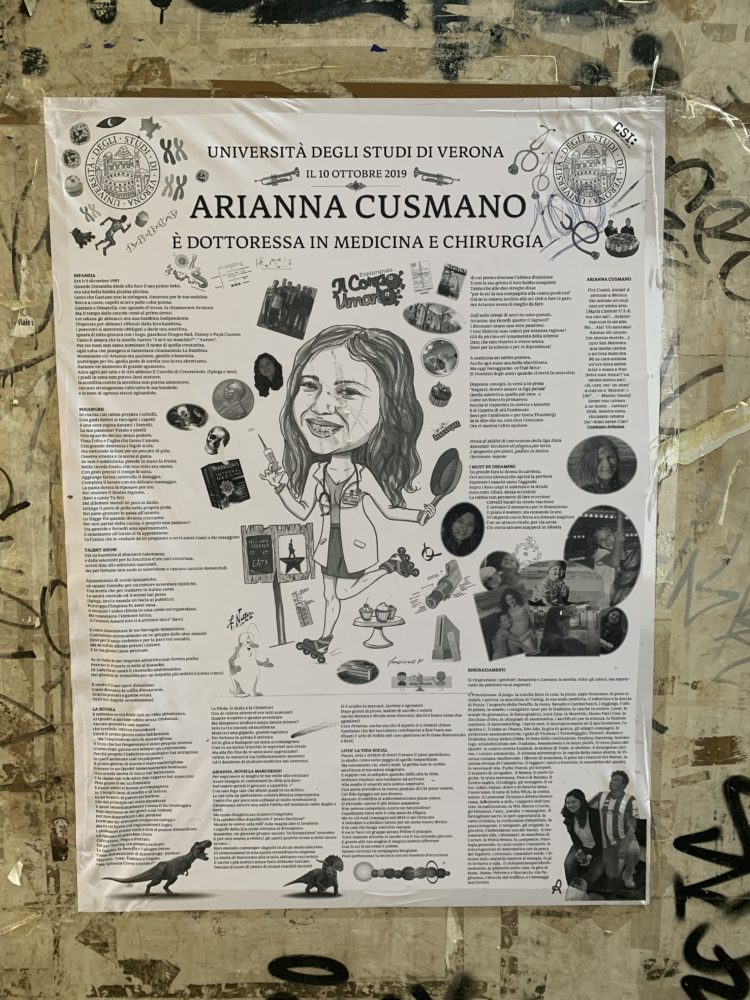
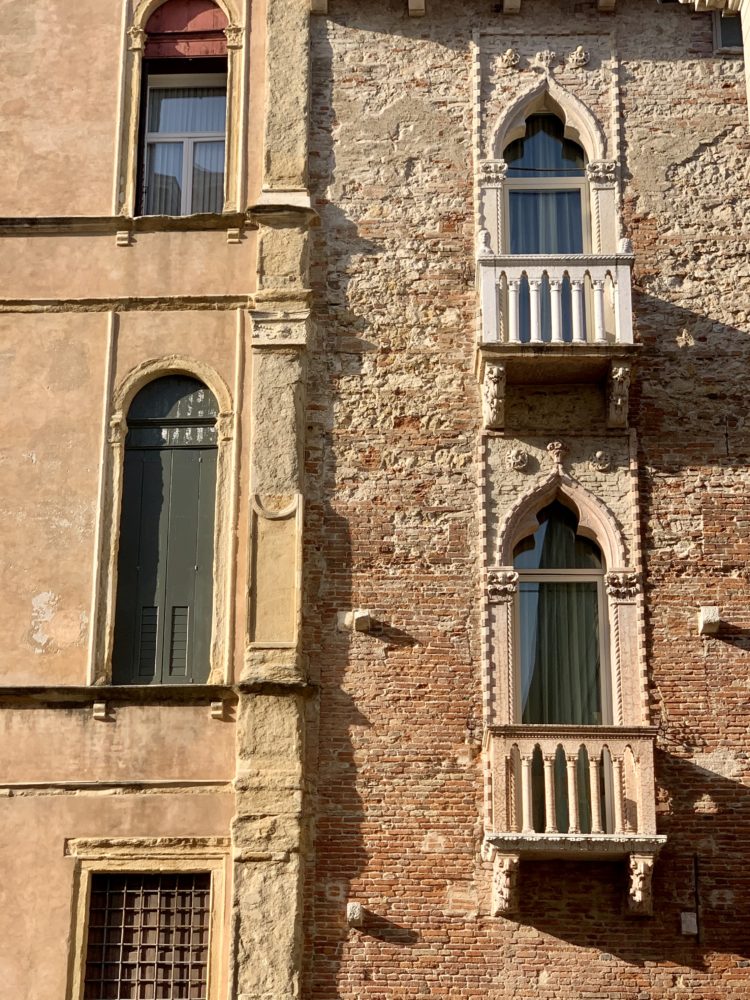
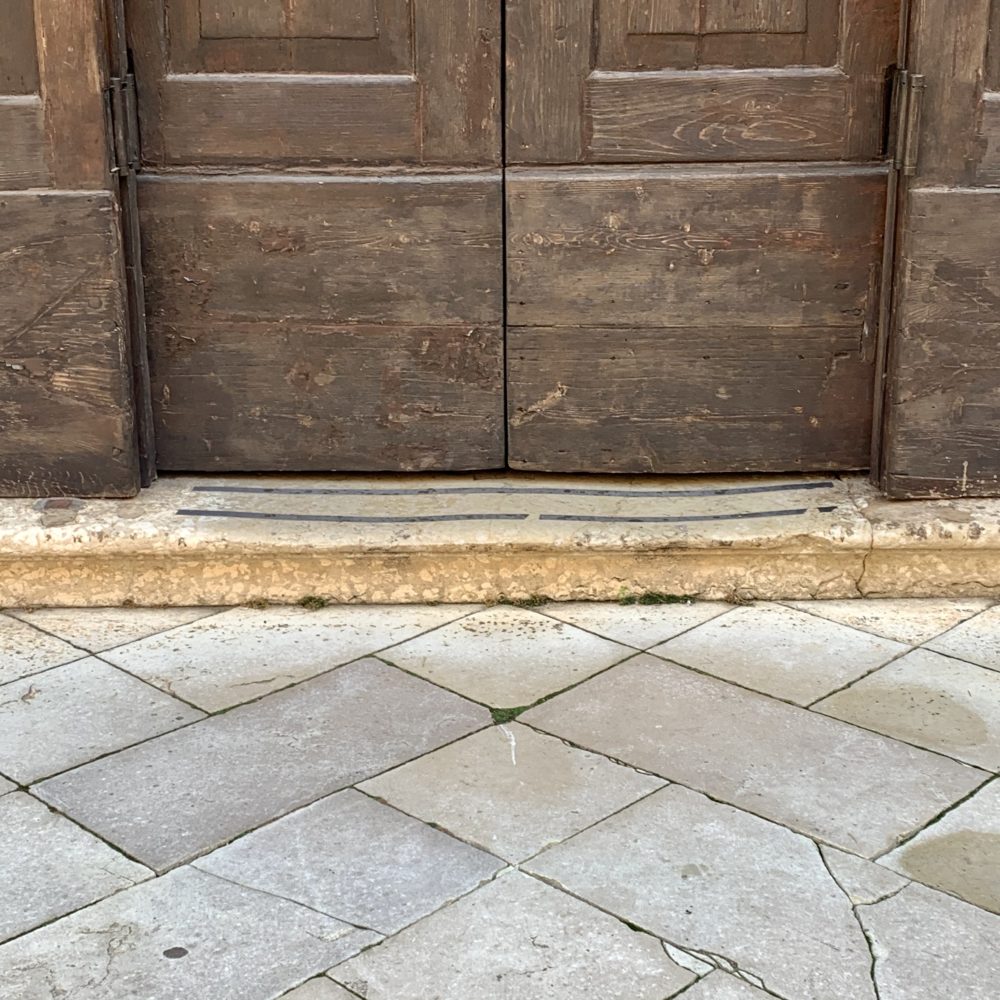

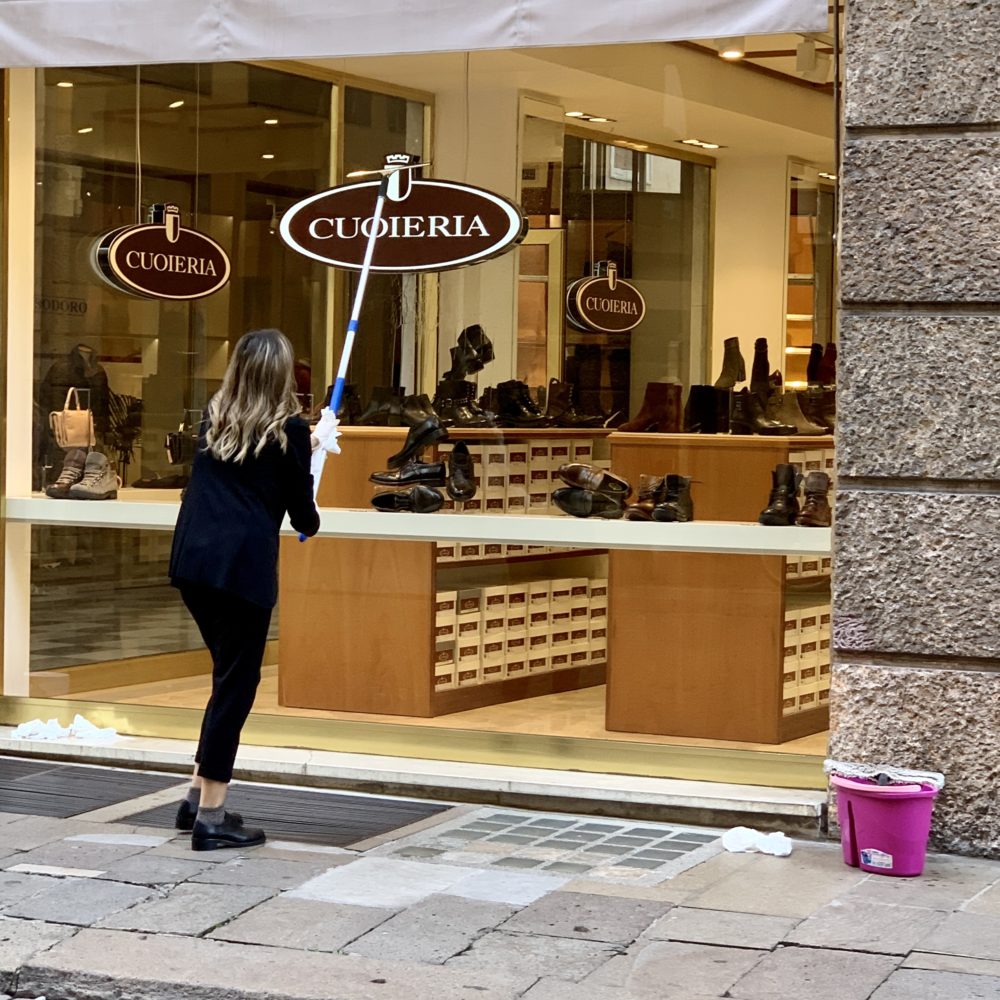
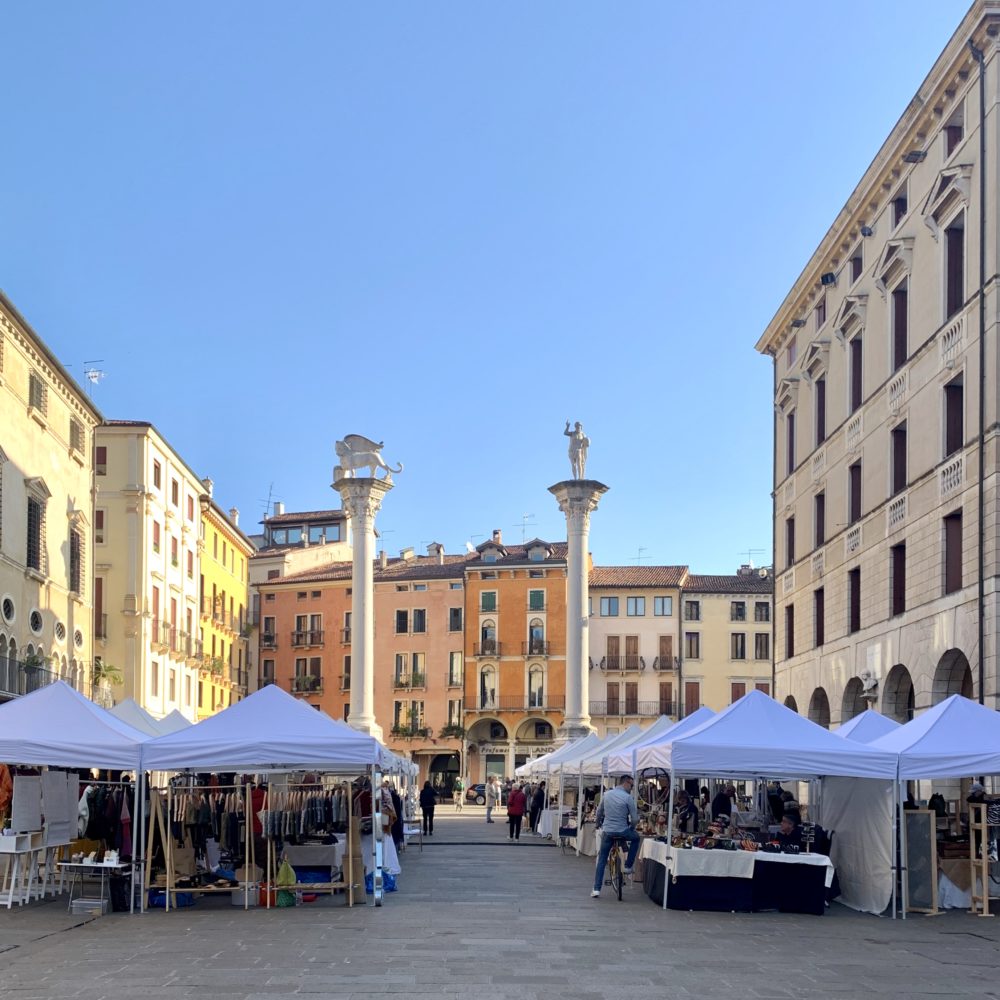
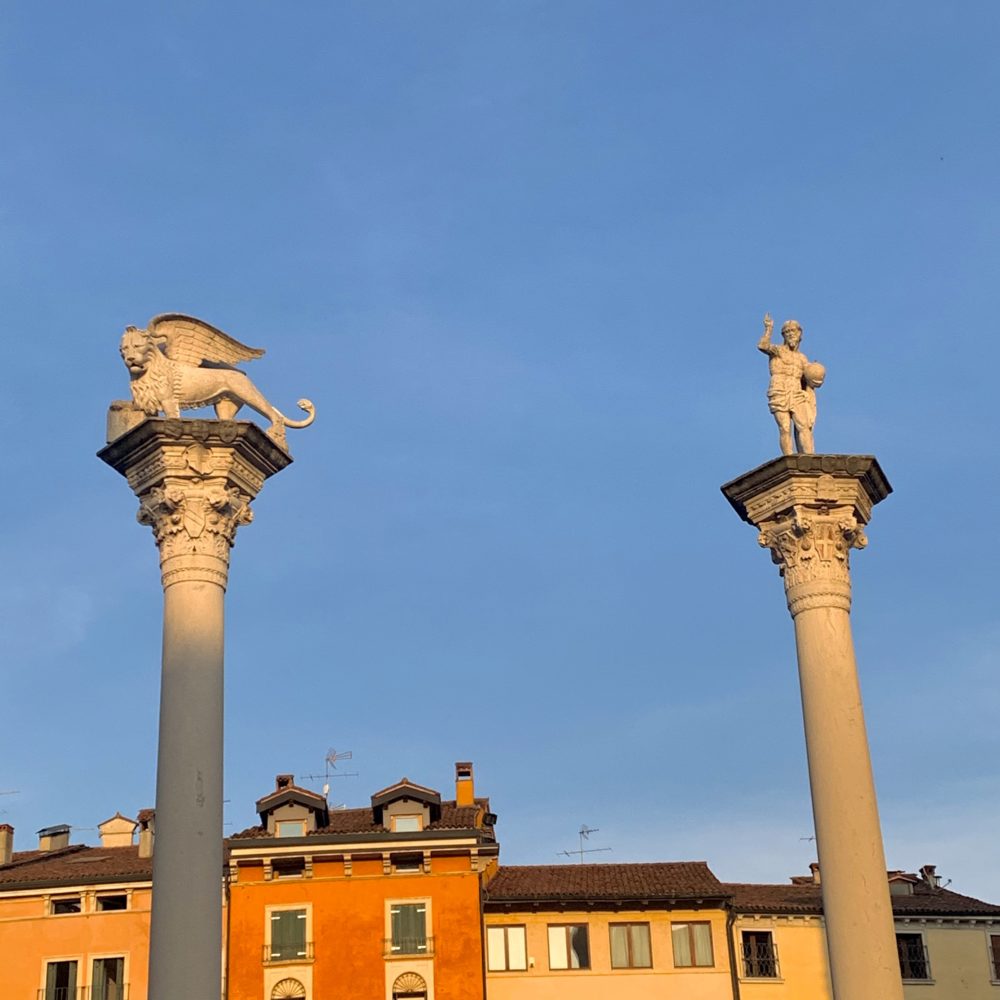
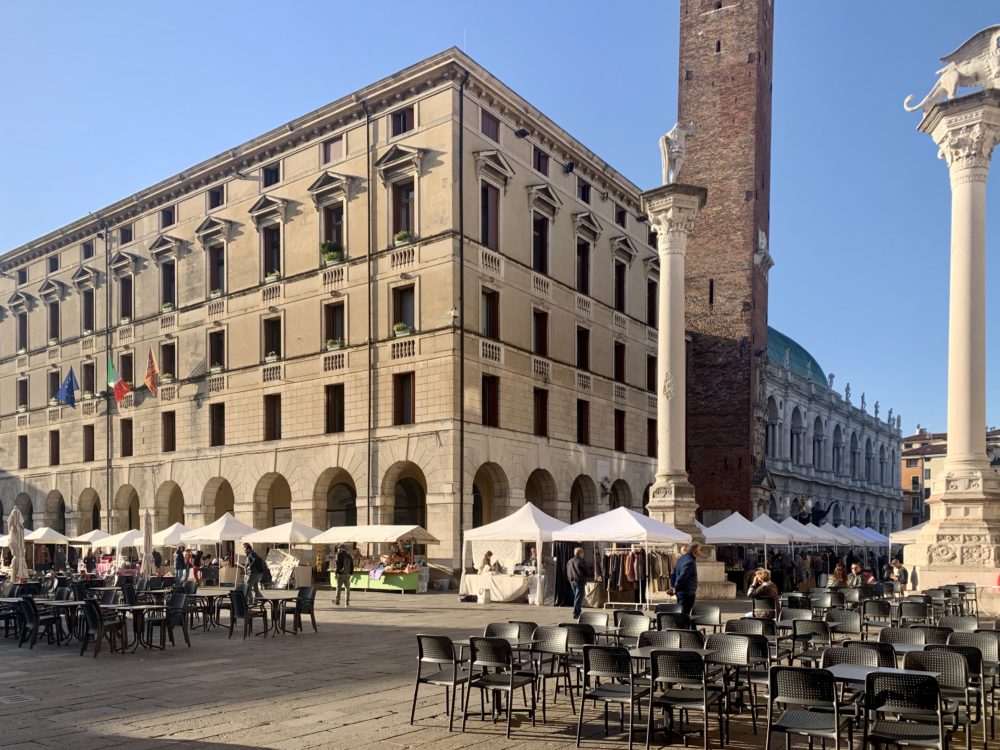
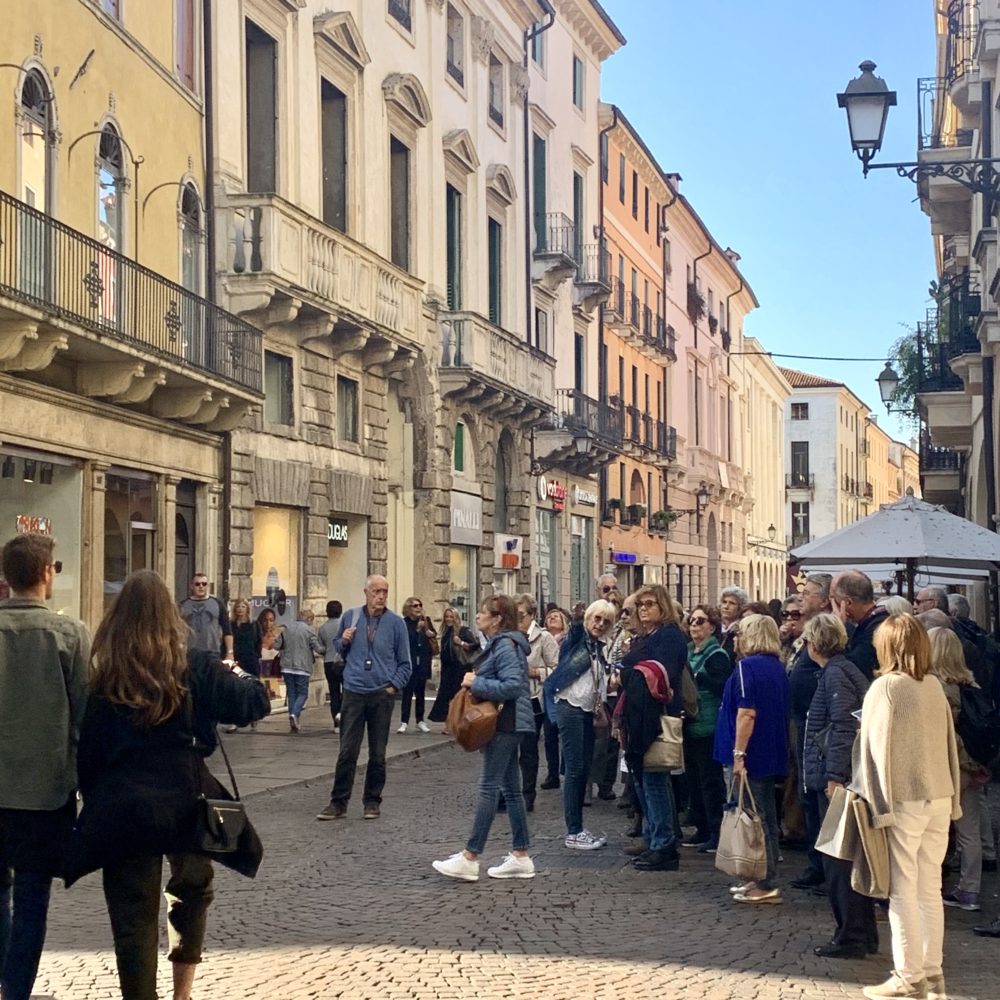

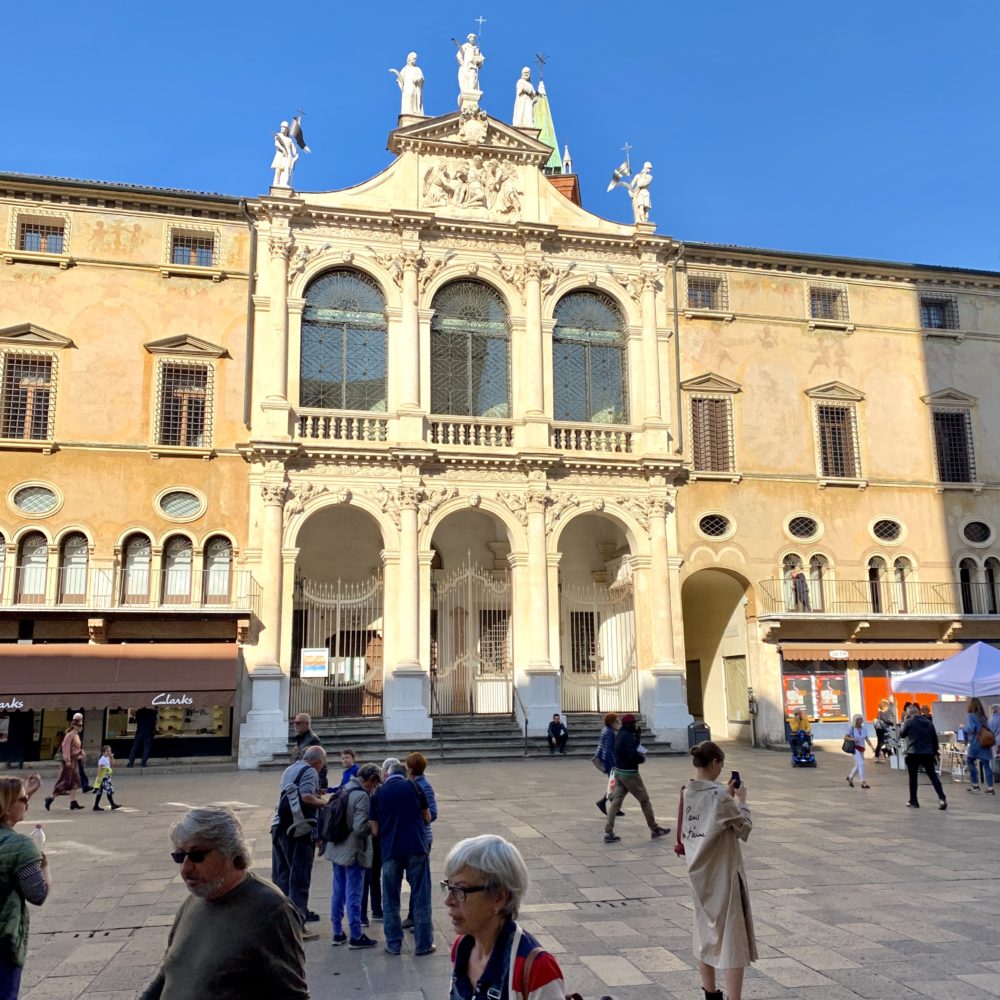
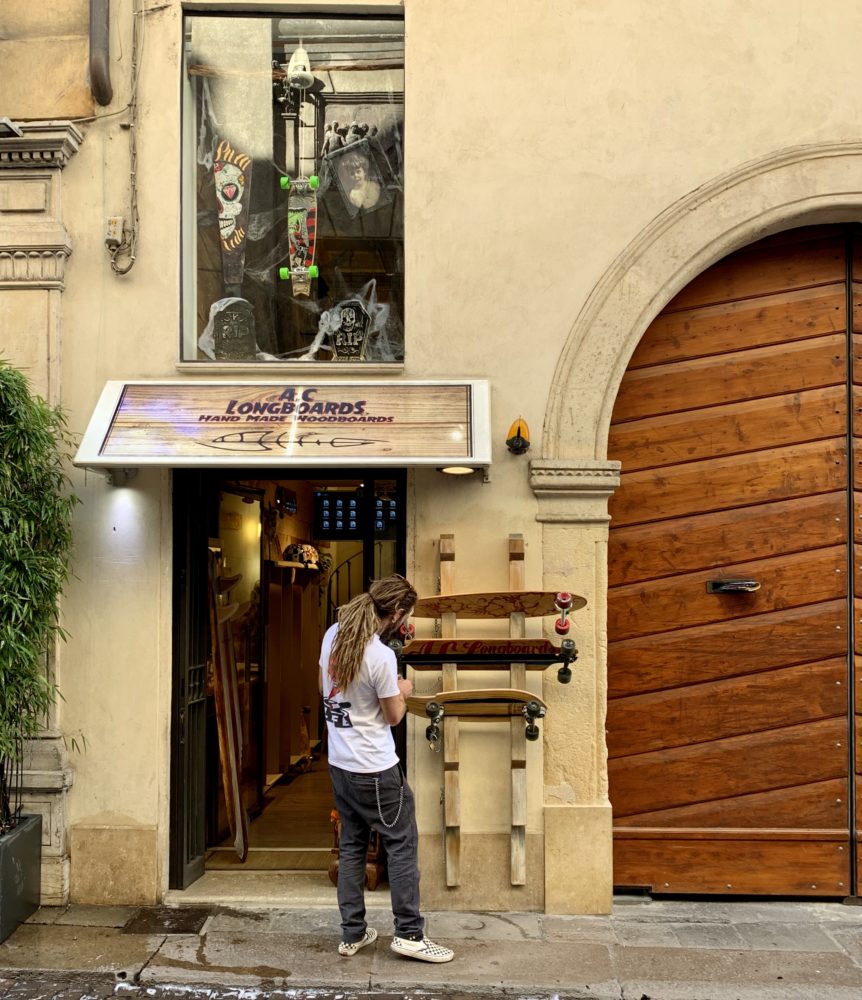
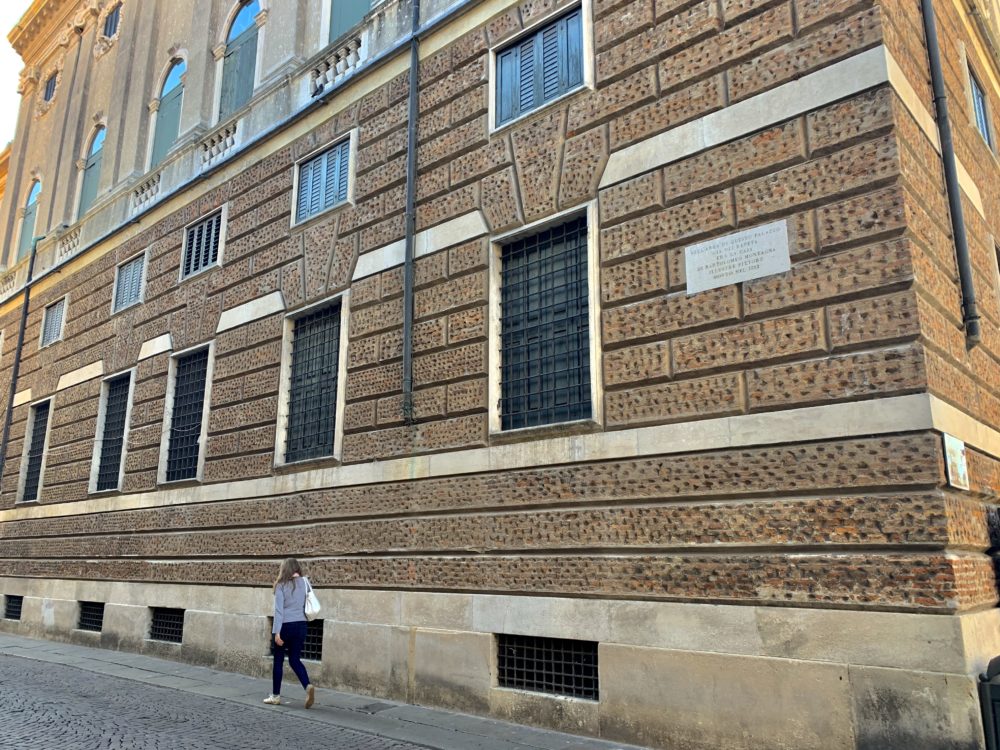
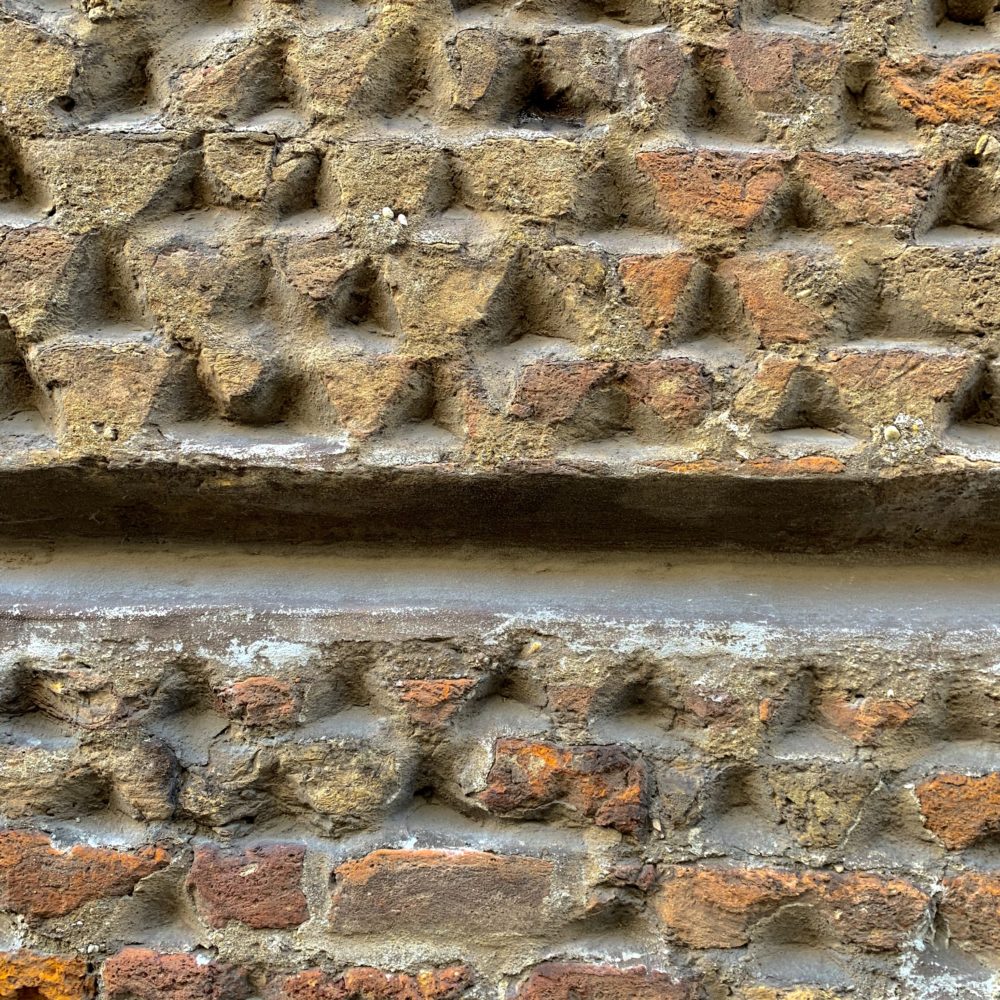
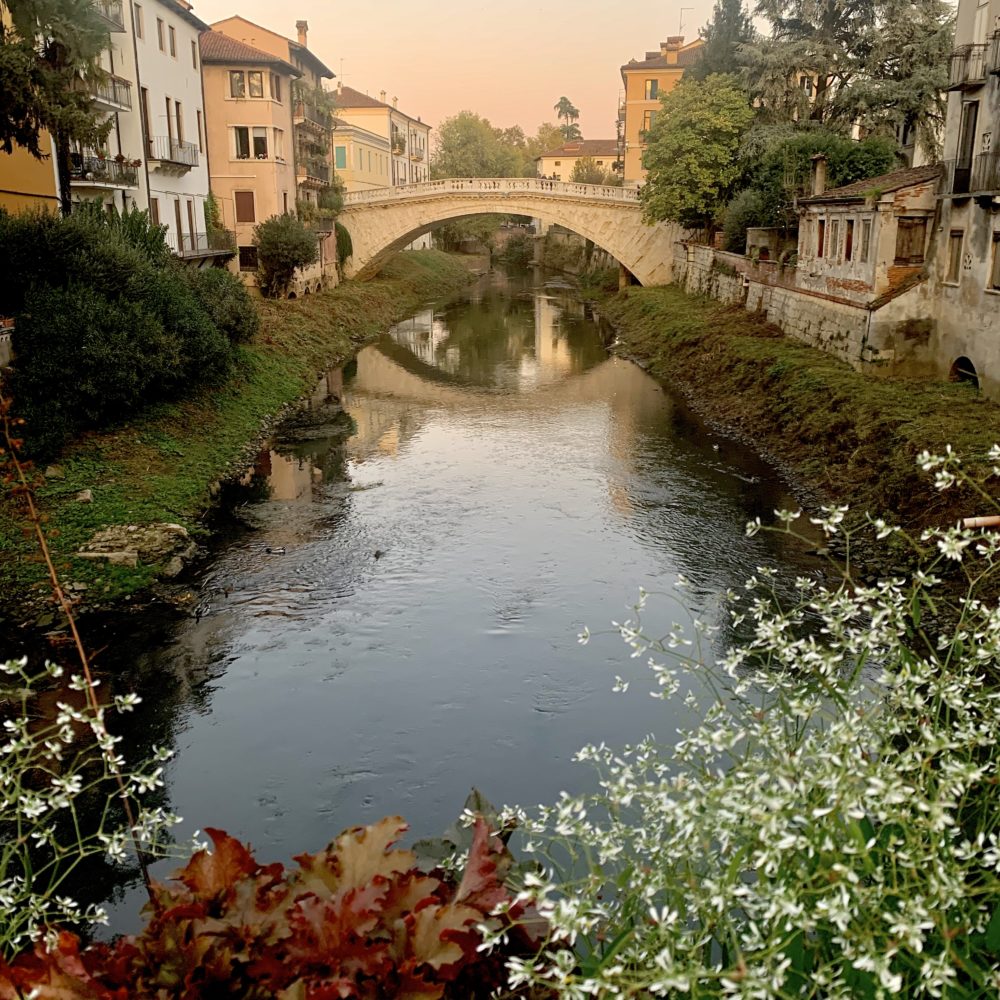
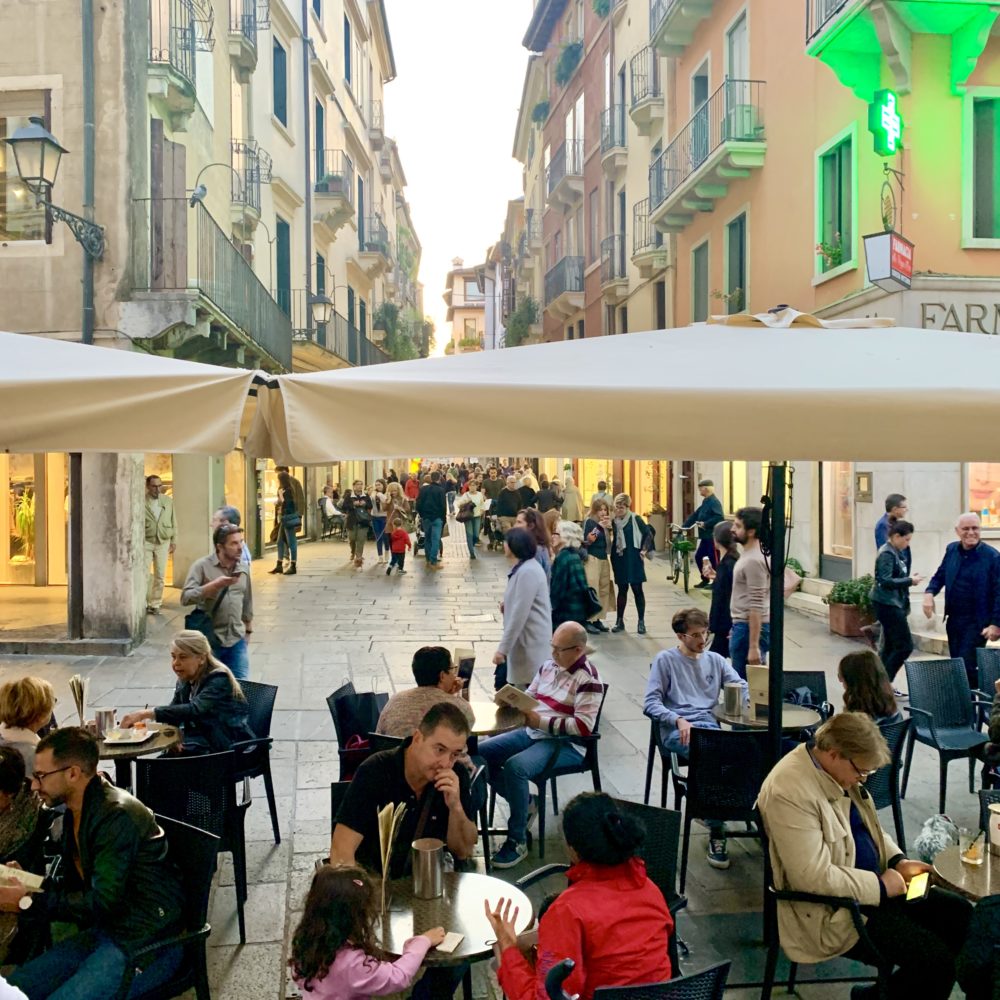

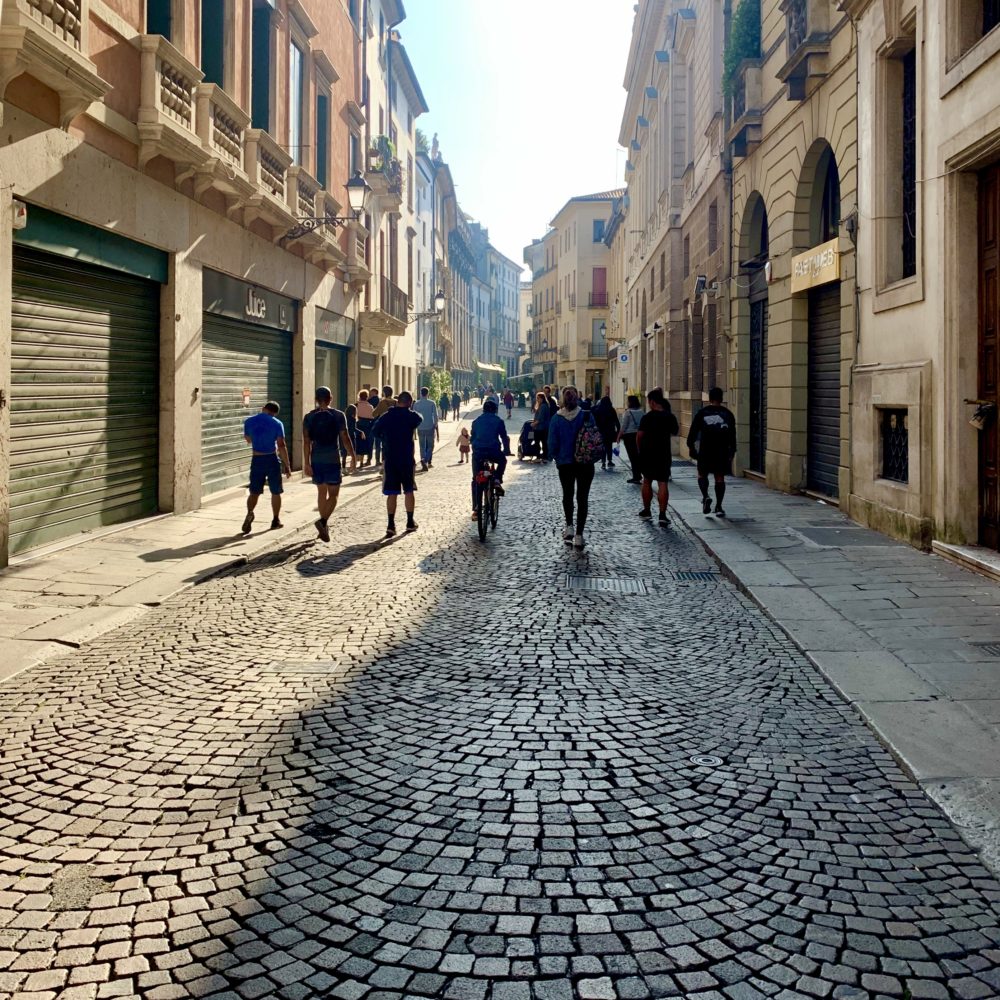
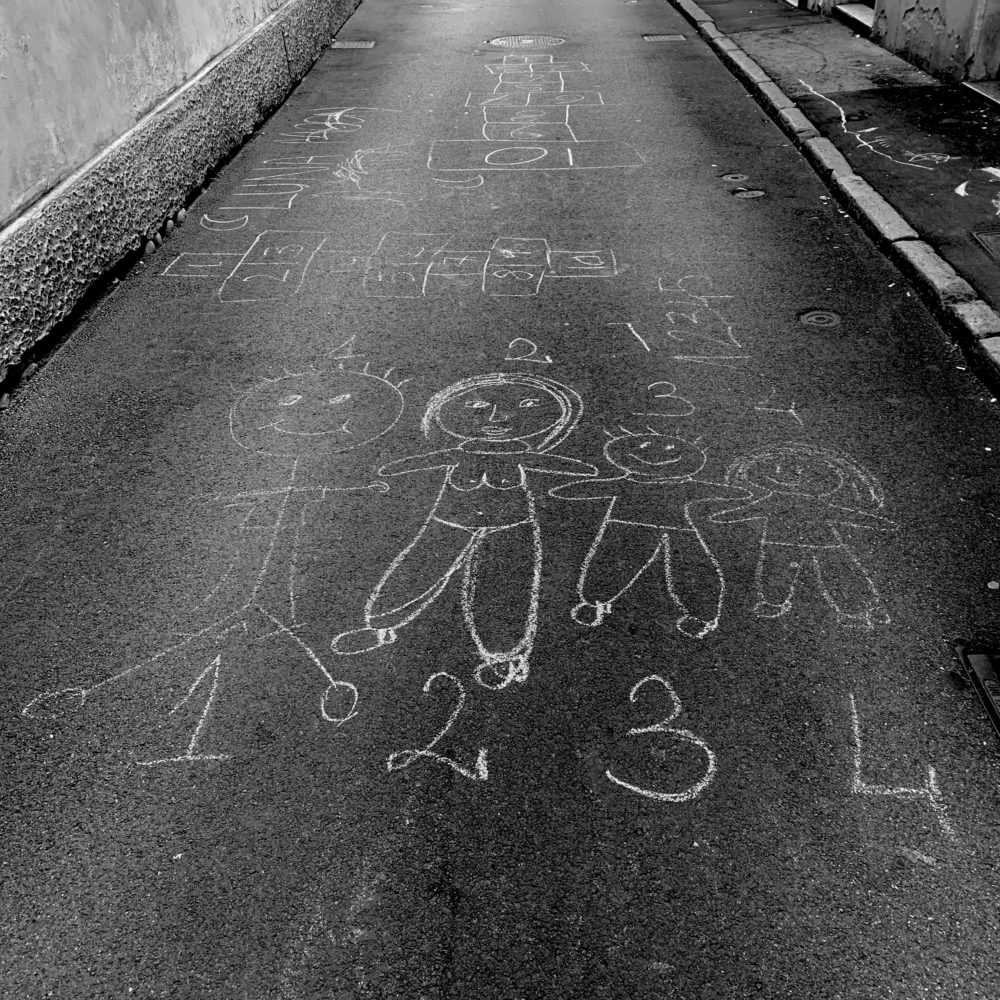





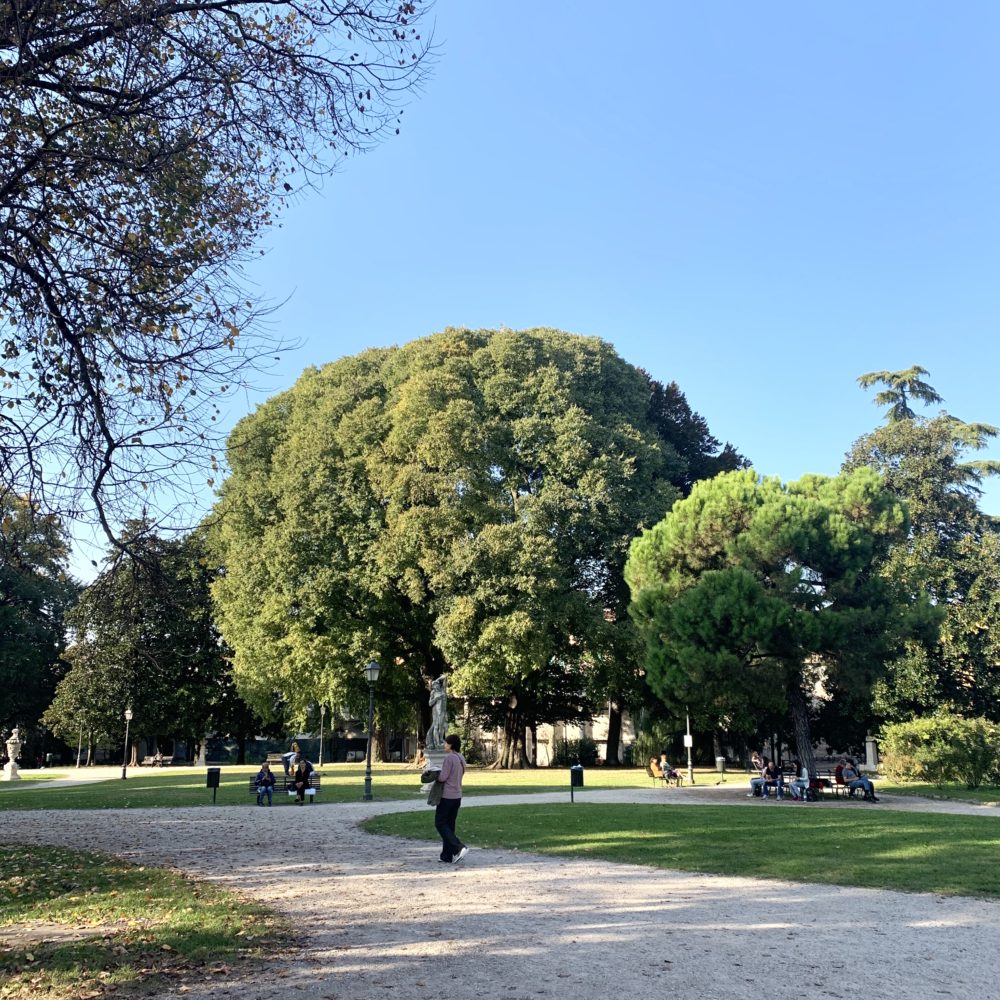

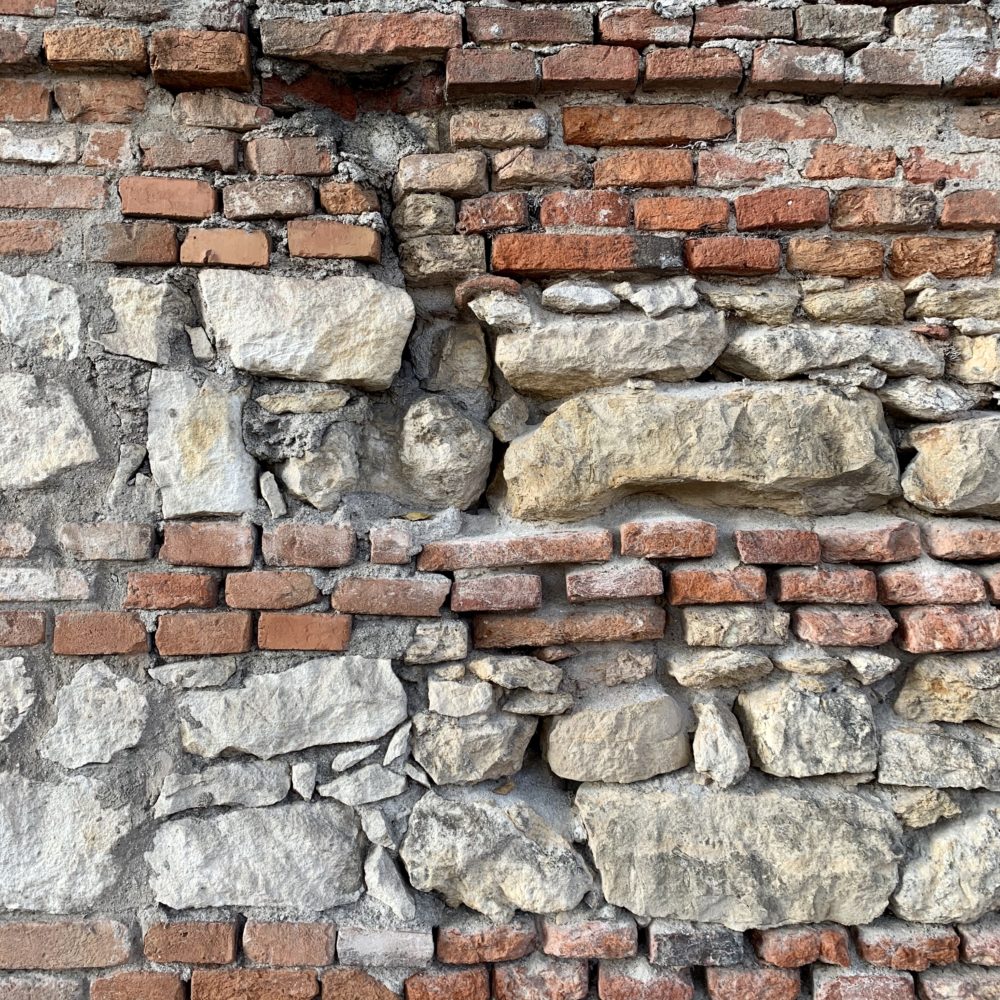
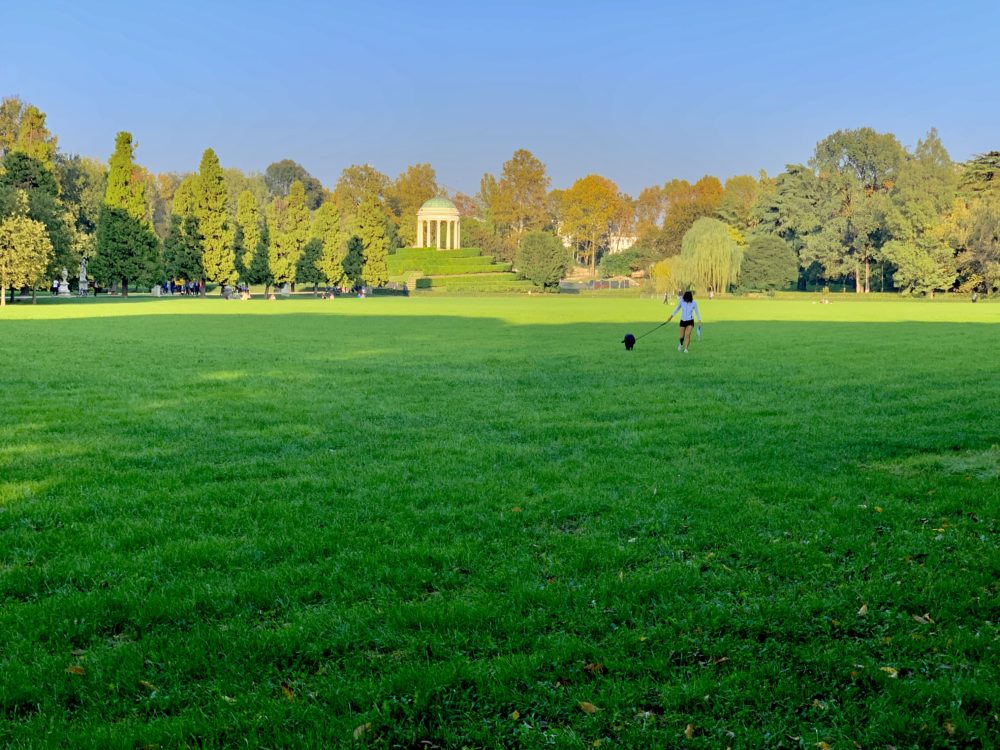


Diocesan Museum
Worth a visit.
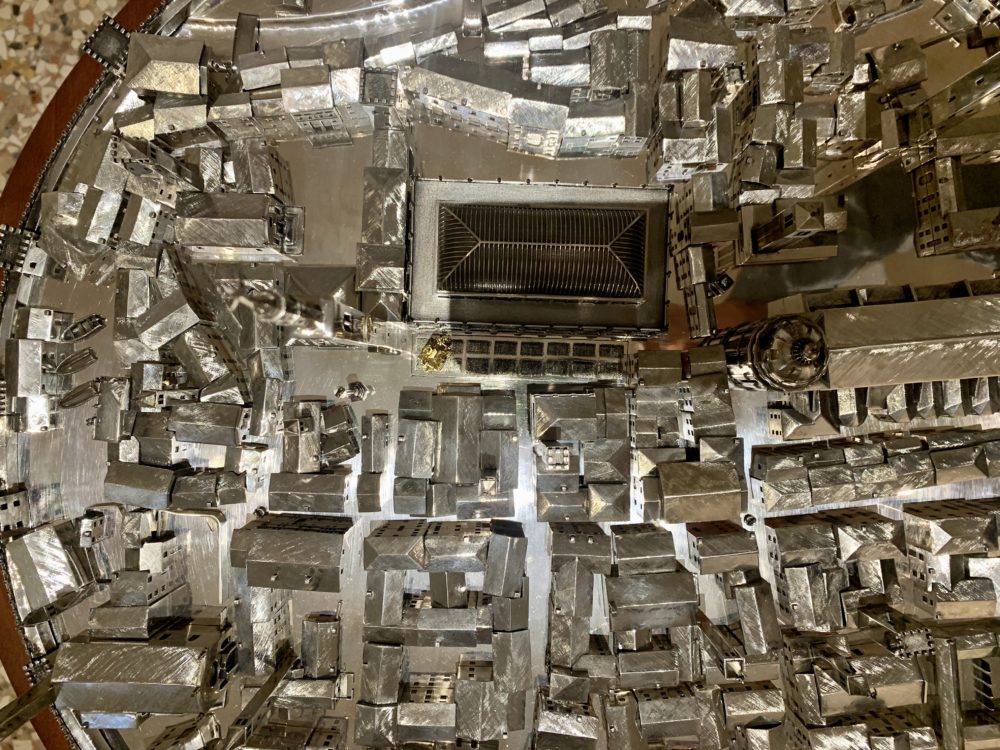

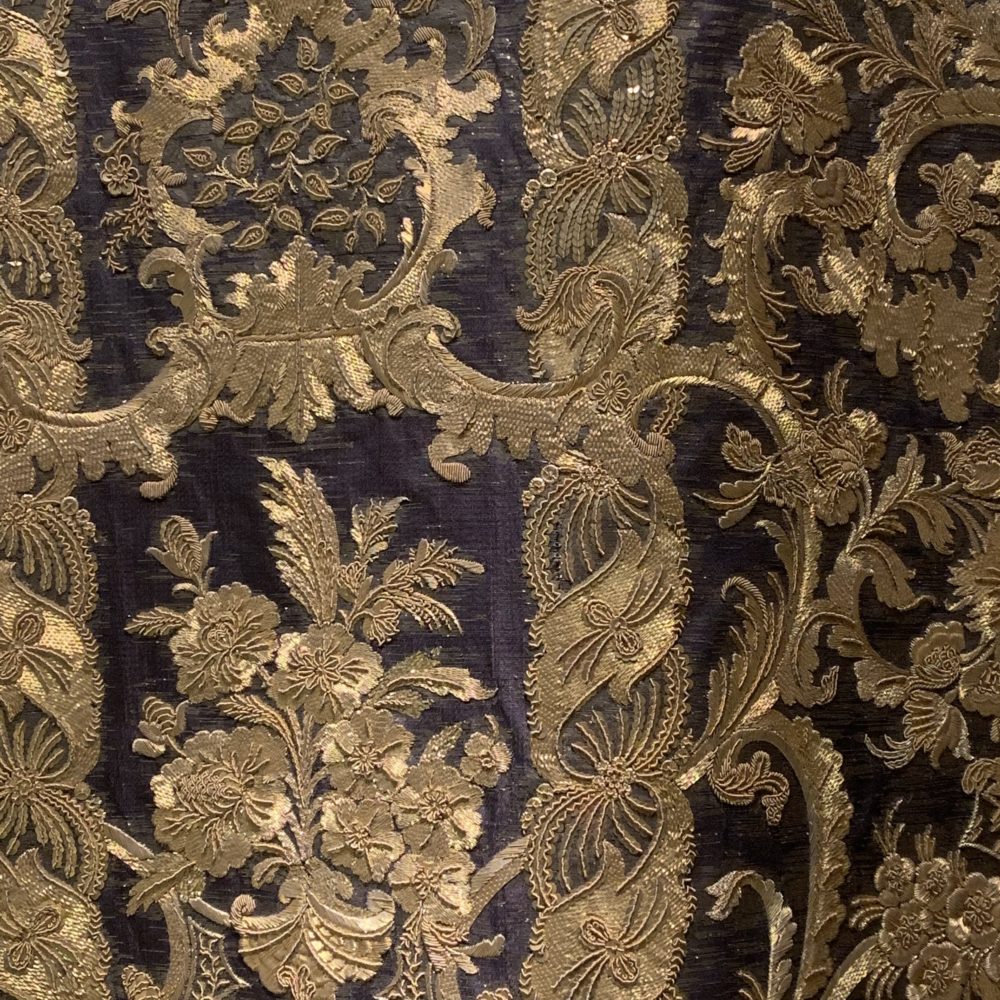





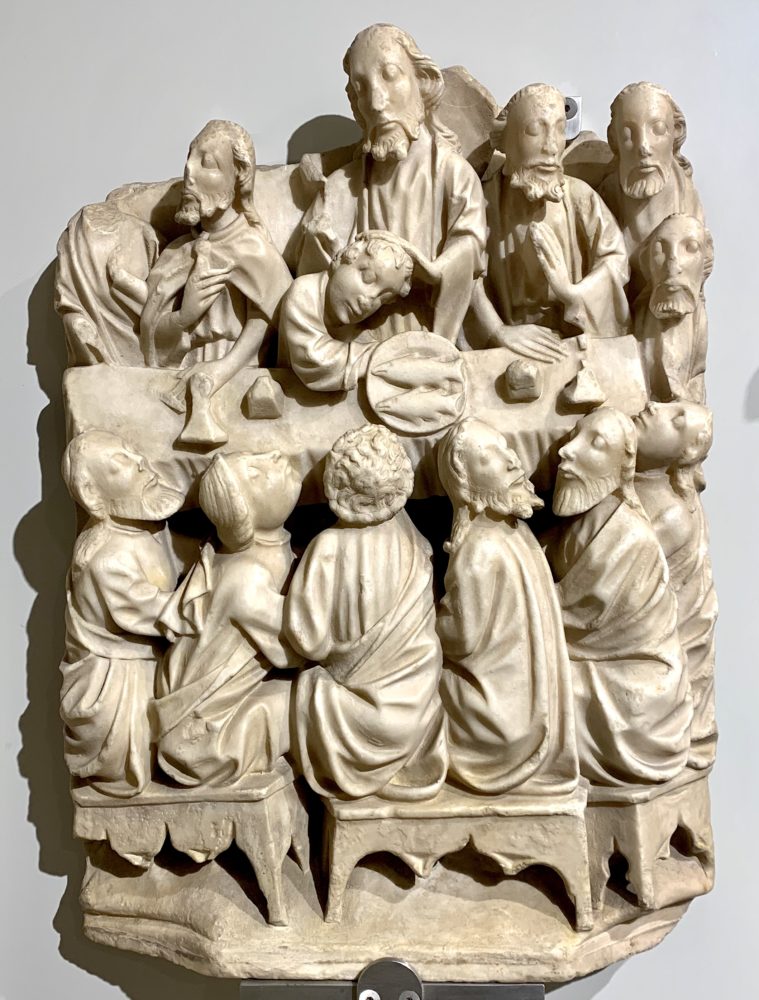


A day trip to Sant’Eulalia and Bassano del Grappa
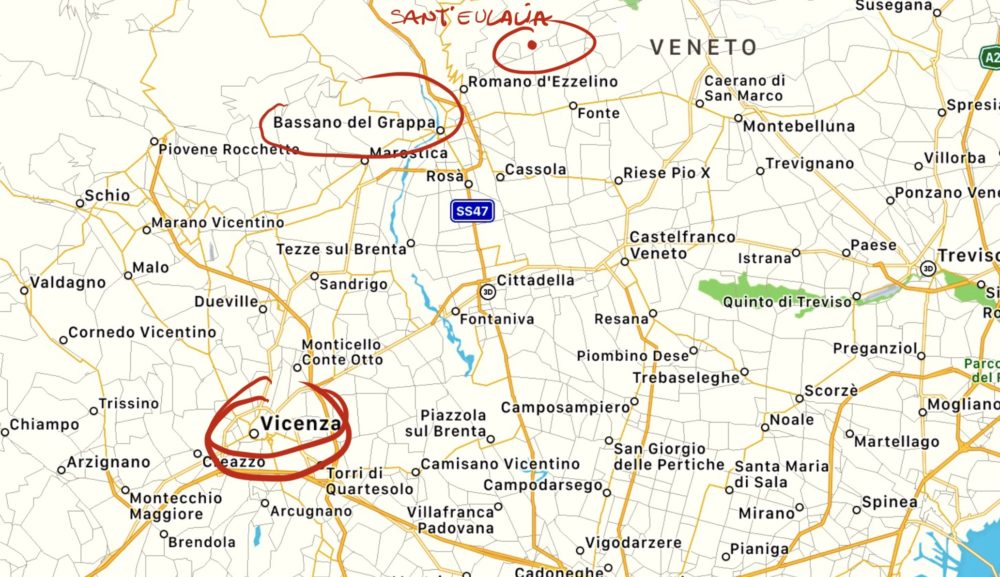
Chiesa di Sant’Eulalia
Robert asked his hiking and fishing buddy Sig Paulazzo if he could do anything for him when we were in the area his father’s side of the family came from. Sig asked Robert to find this church and photograph the floors his grandfather Sigfried Paulazzo finished installing in 1915. Sig’s dad was seven years old. Robert’s dad was two.
We got to the church only to find it locked. After several strolls around the church and several failed phone calls, Robert was ready to give up when he spotted a woman unloading cleaning supplies from her car. She had come to do the bimonthly cleaning and opened the church for Robert to photograph. Divine intervention!
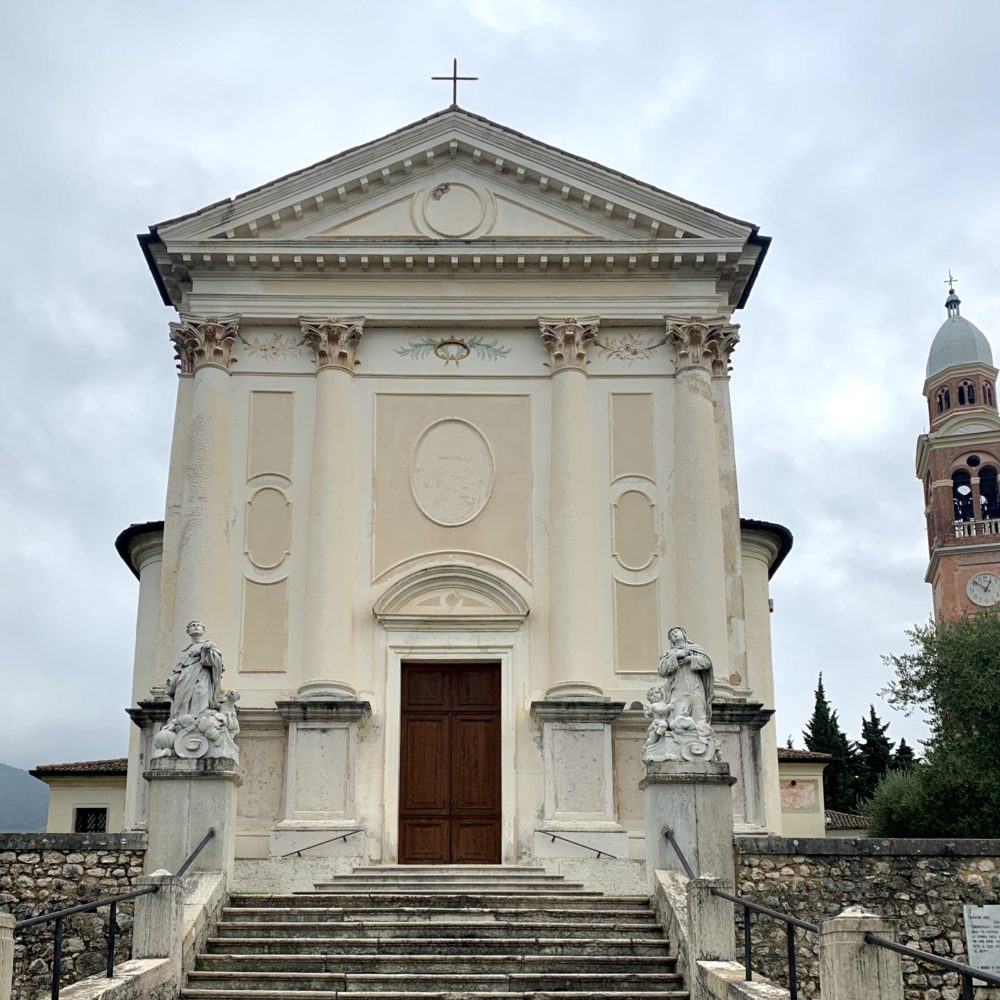
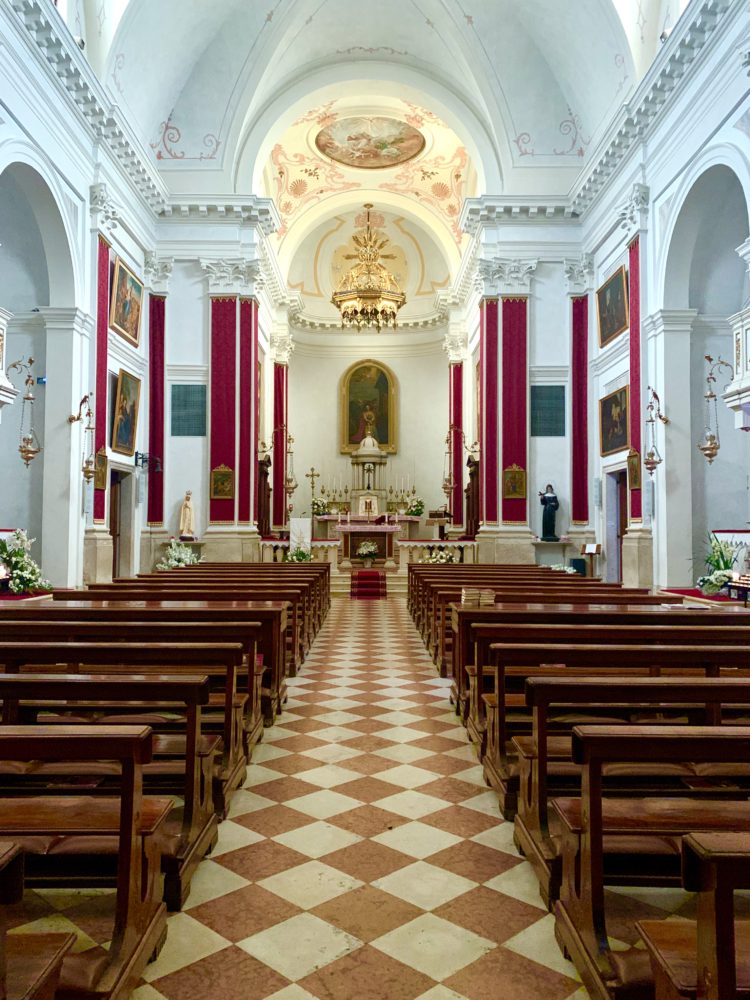
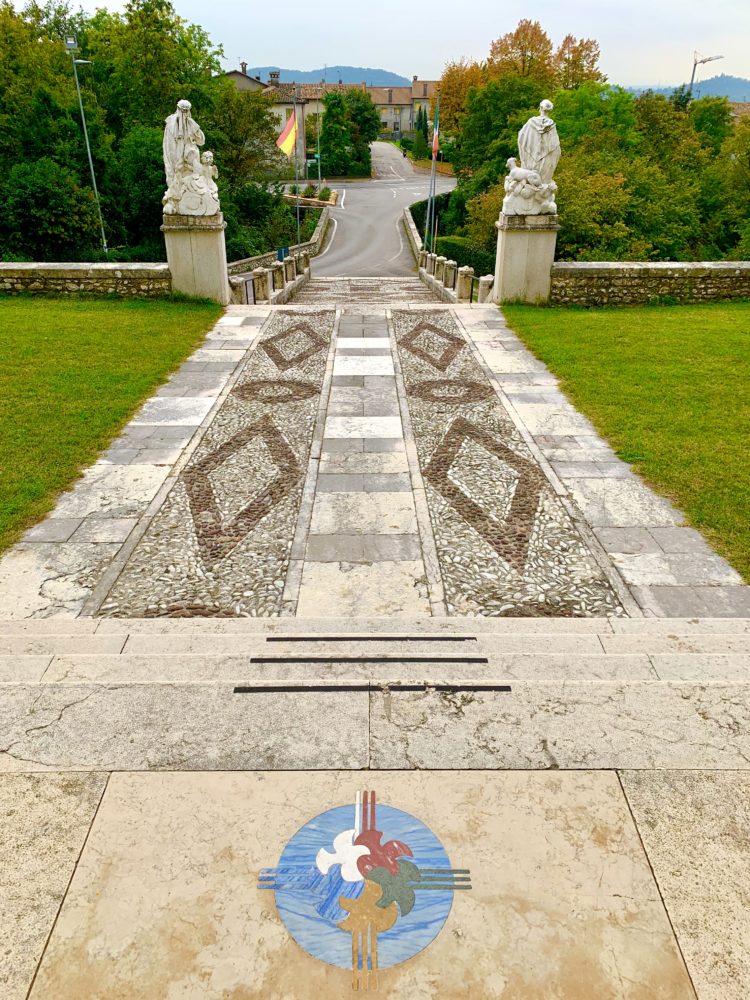
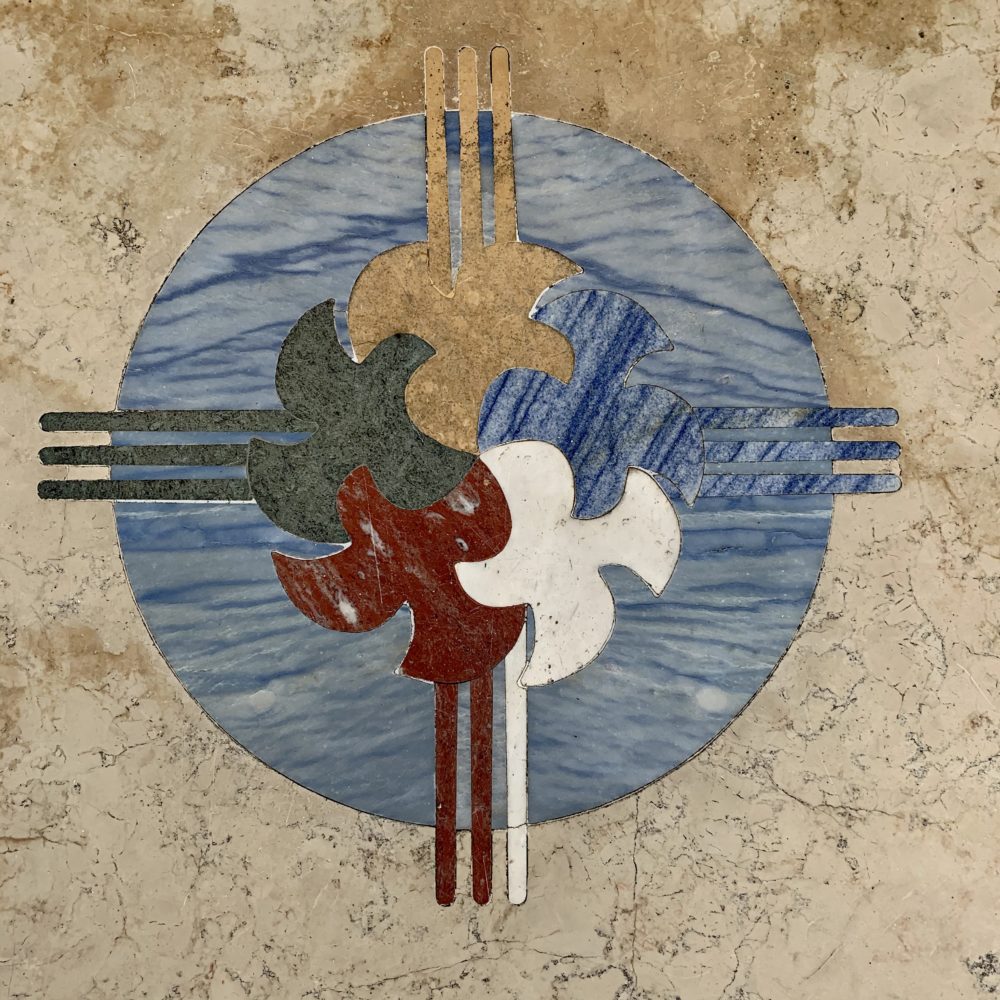
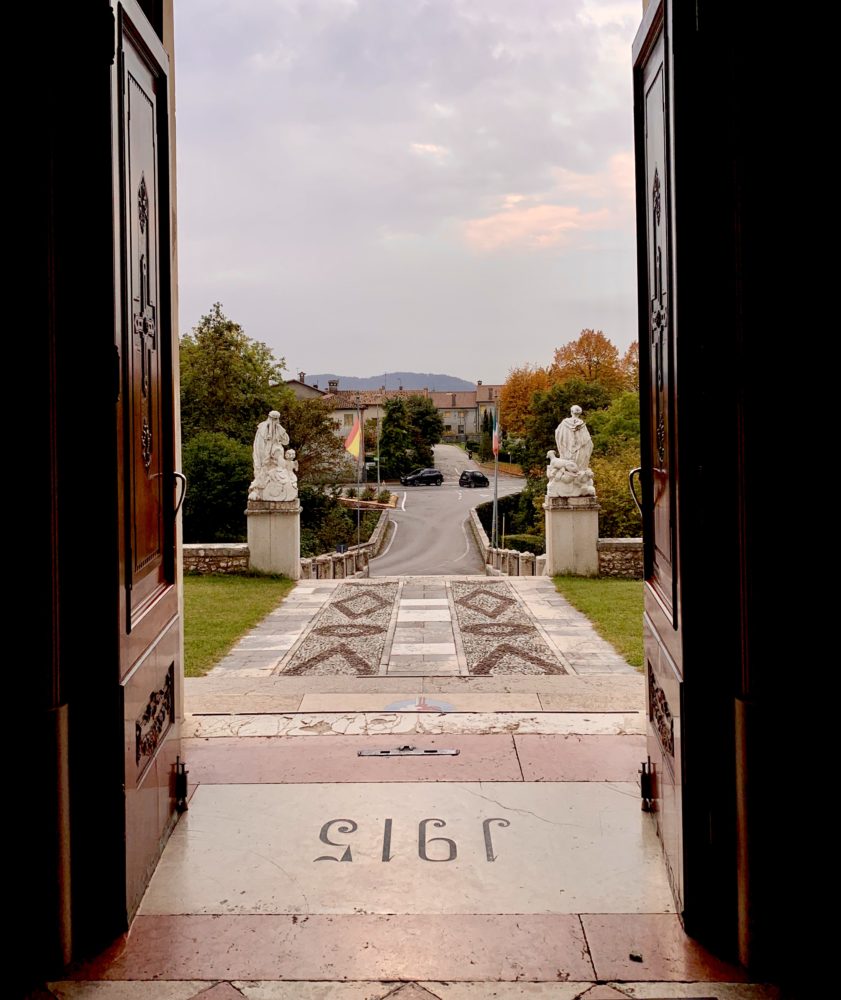

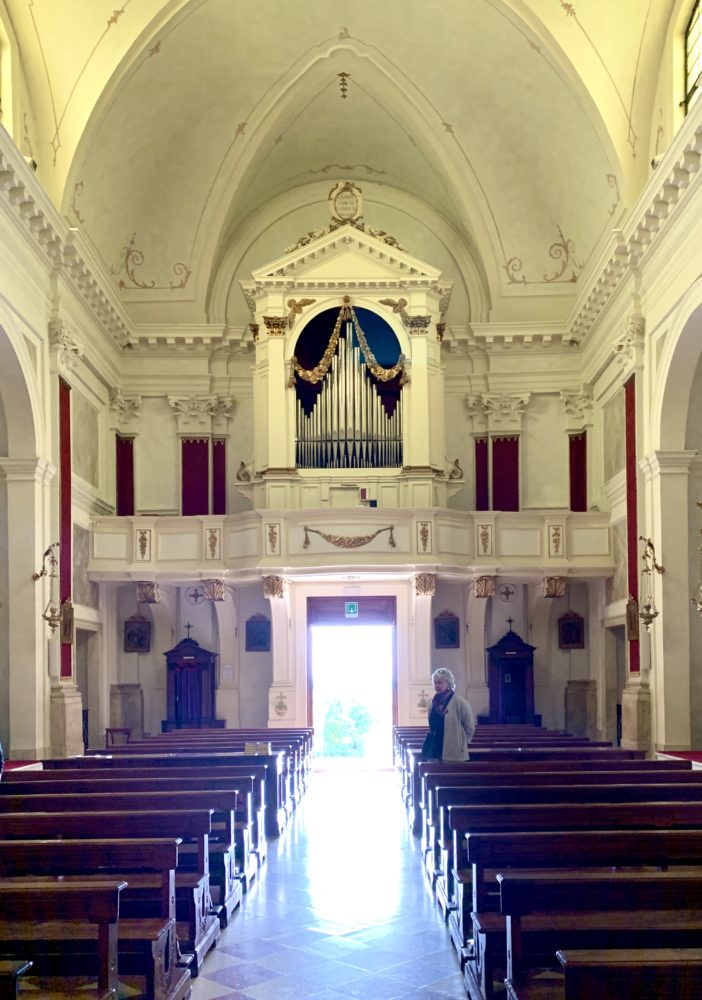
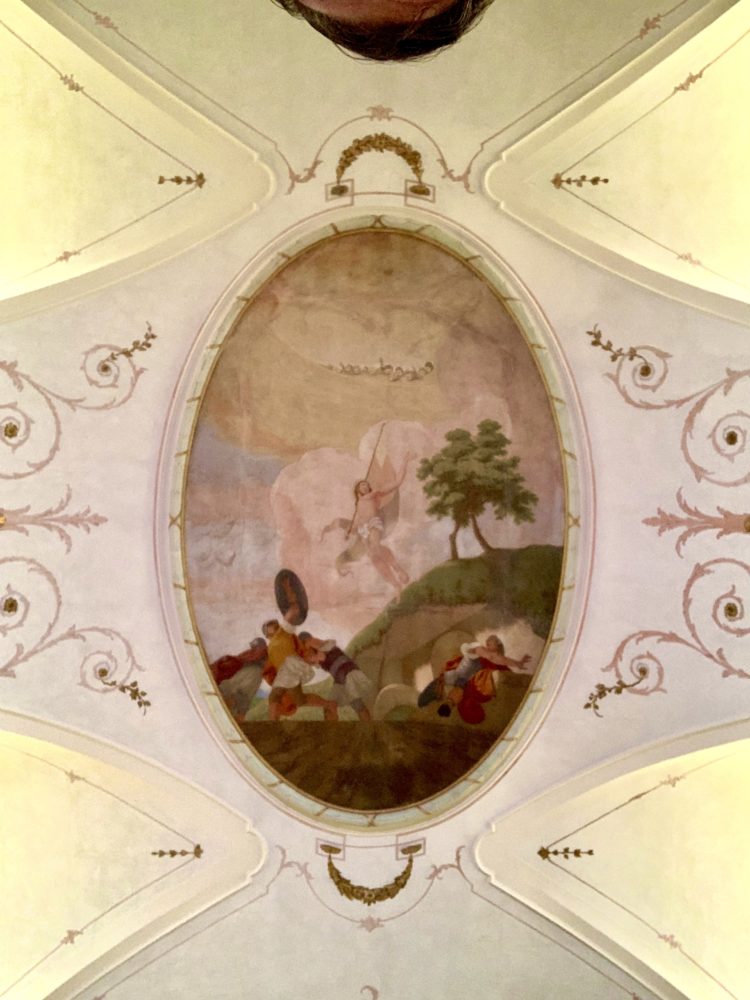
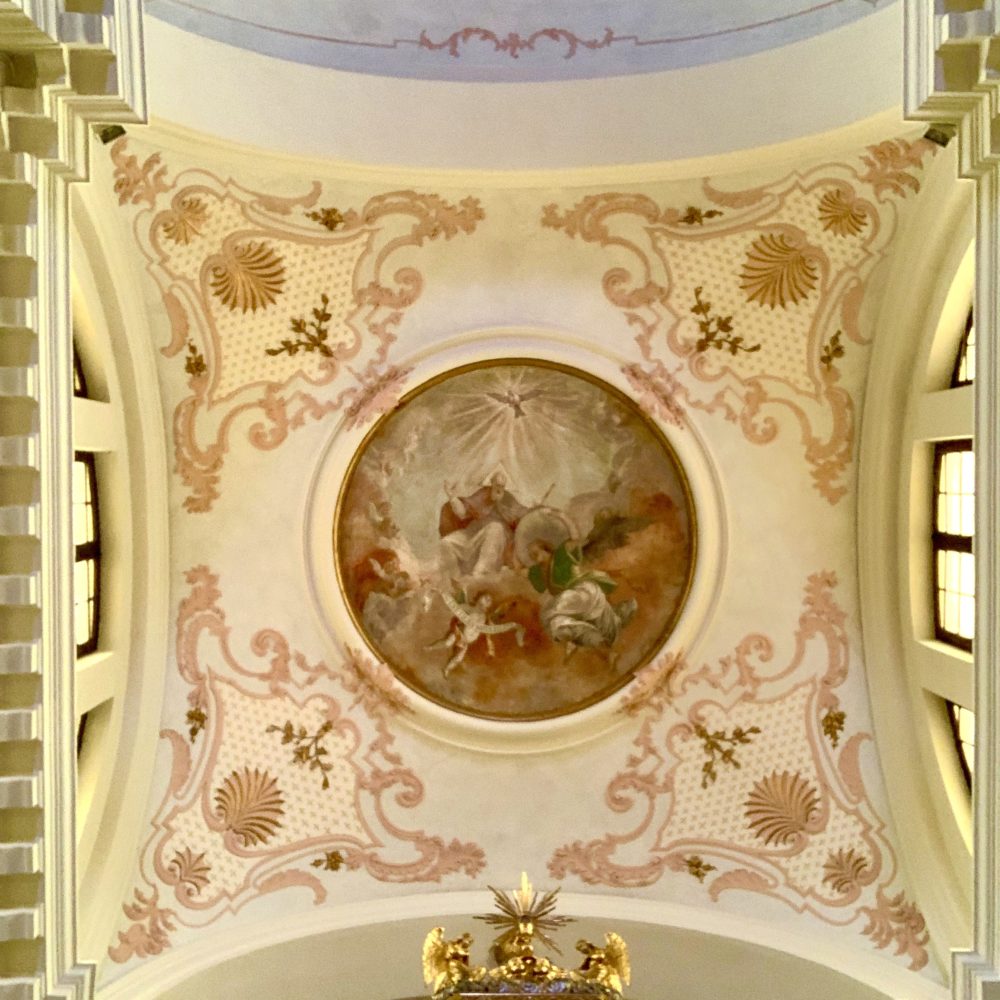
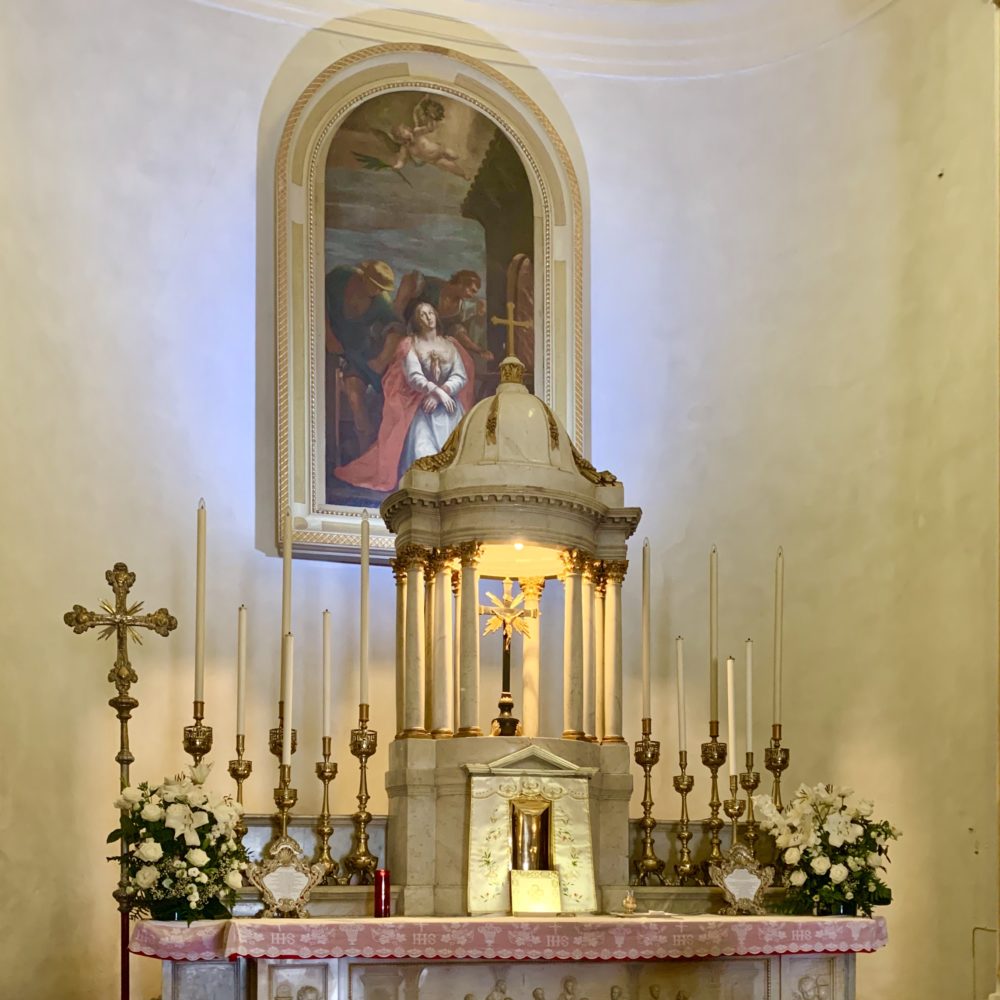
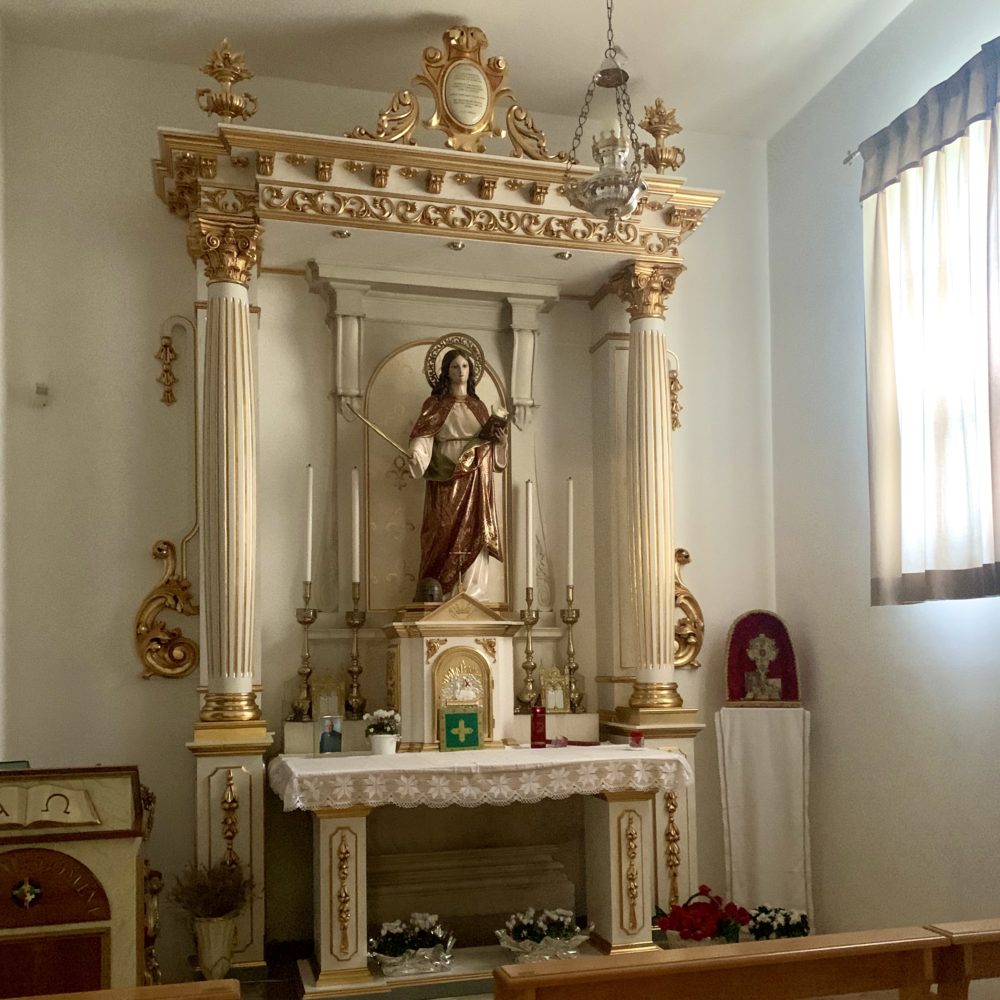
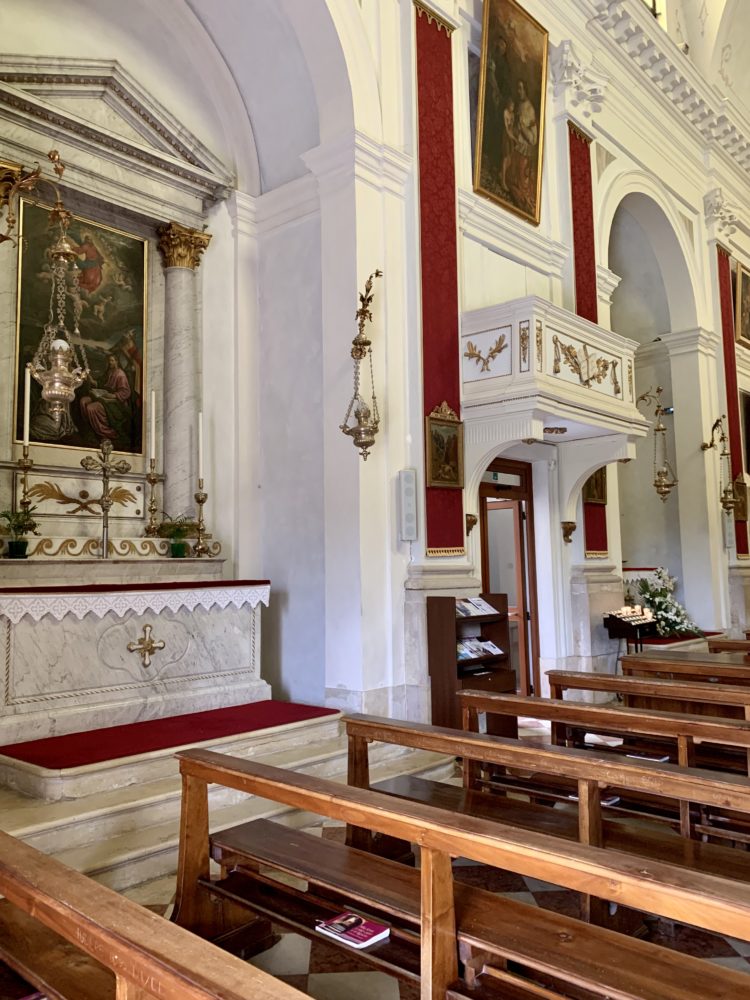
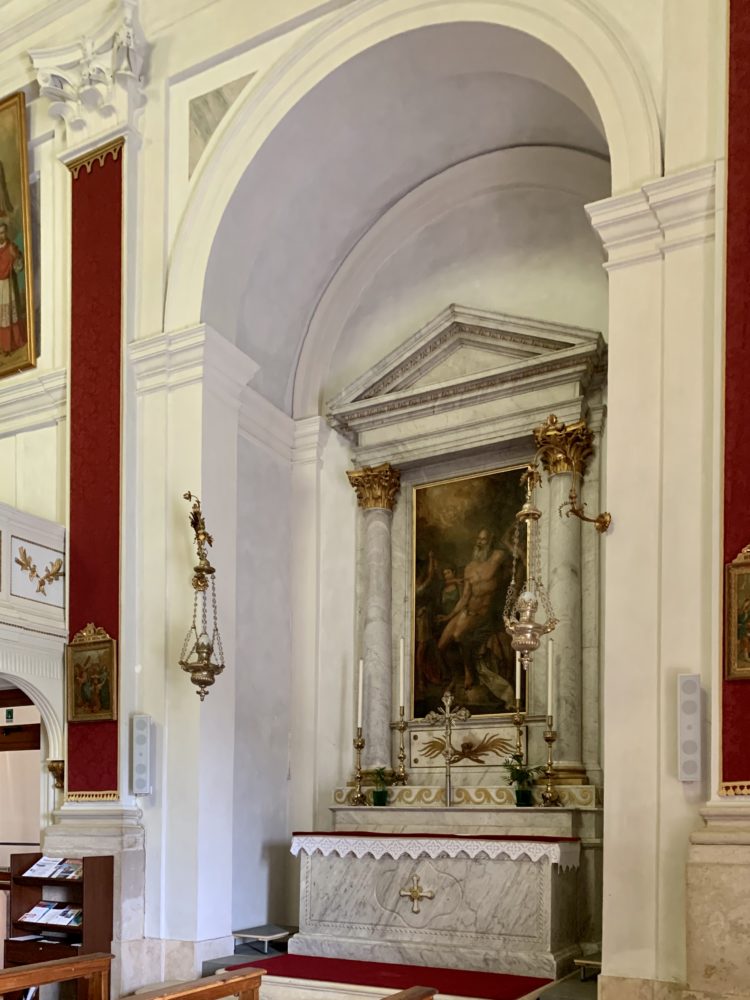

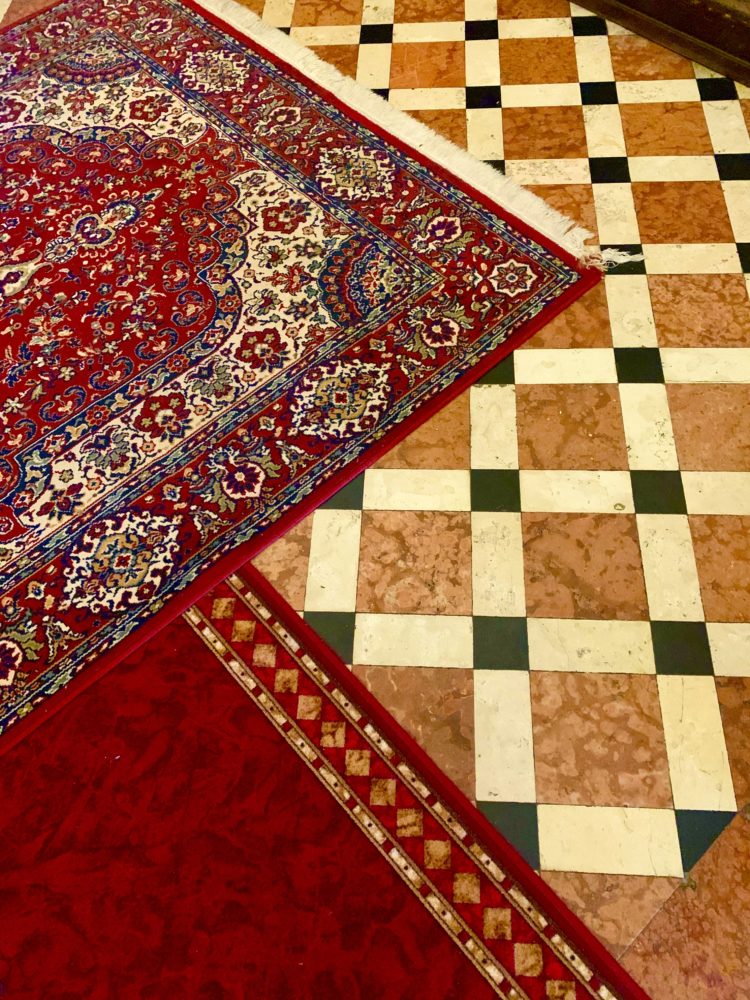
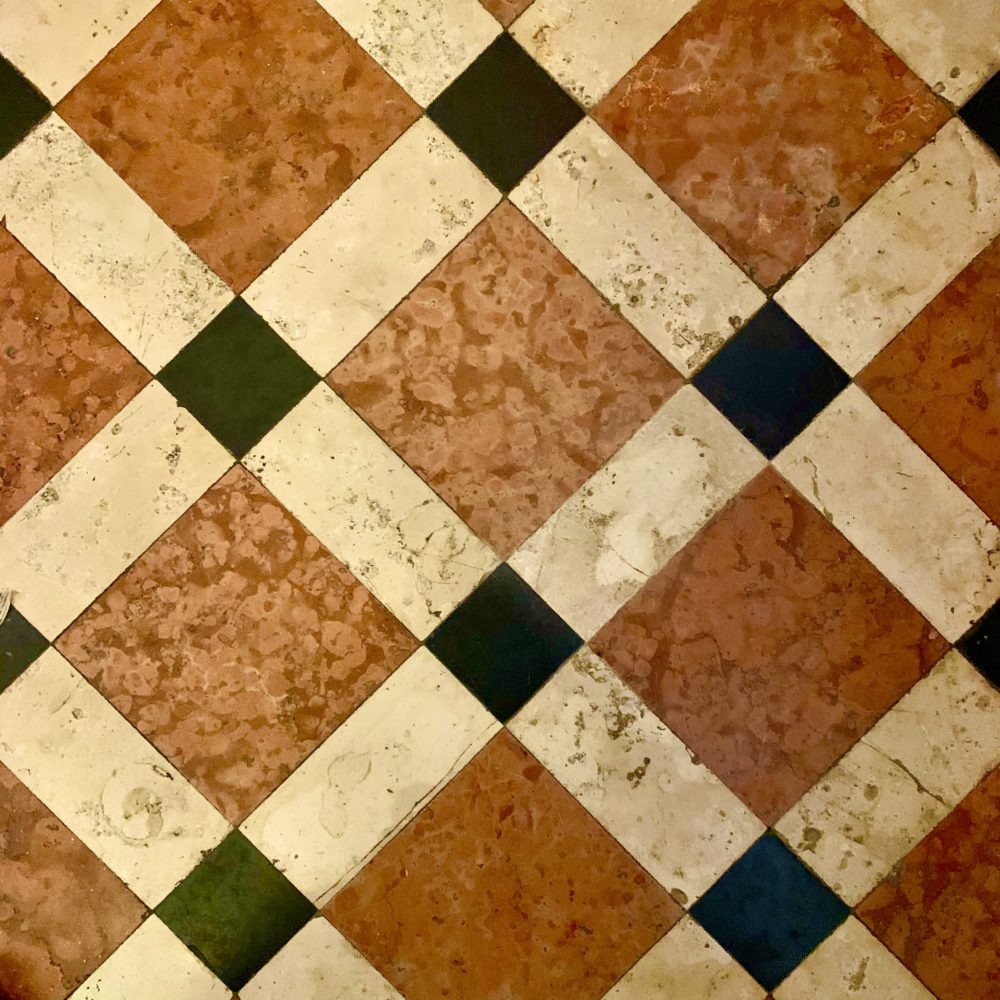
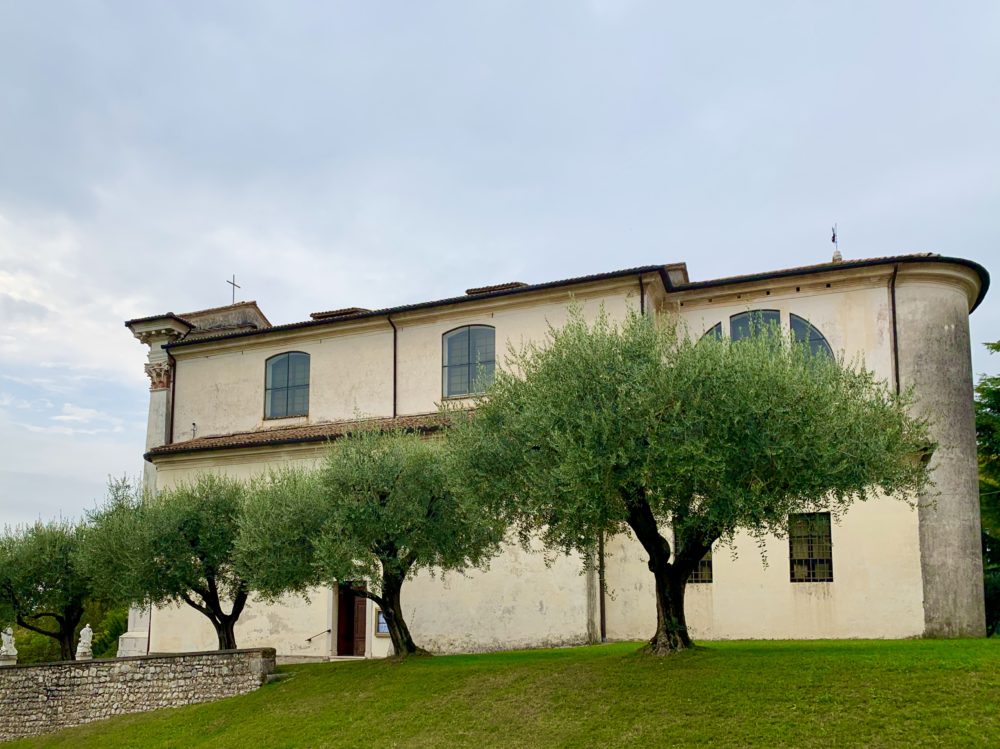
Bassano del Grappa
Robert has often seen this town on maps and was curious to go there. Gino Primo’s family comes from this area. The town is just south of the pass that leads to Bolzano and eventually Innsbrook. The area between the town and the mountains was the site of significant WWI battles.
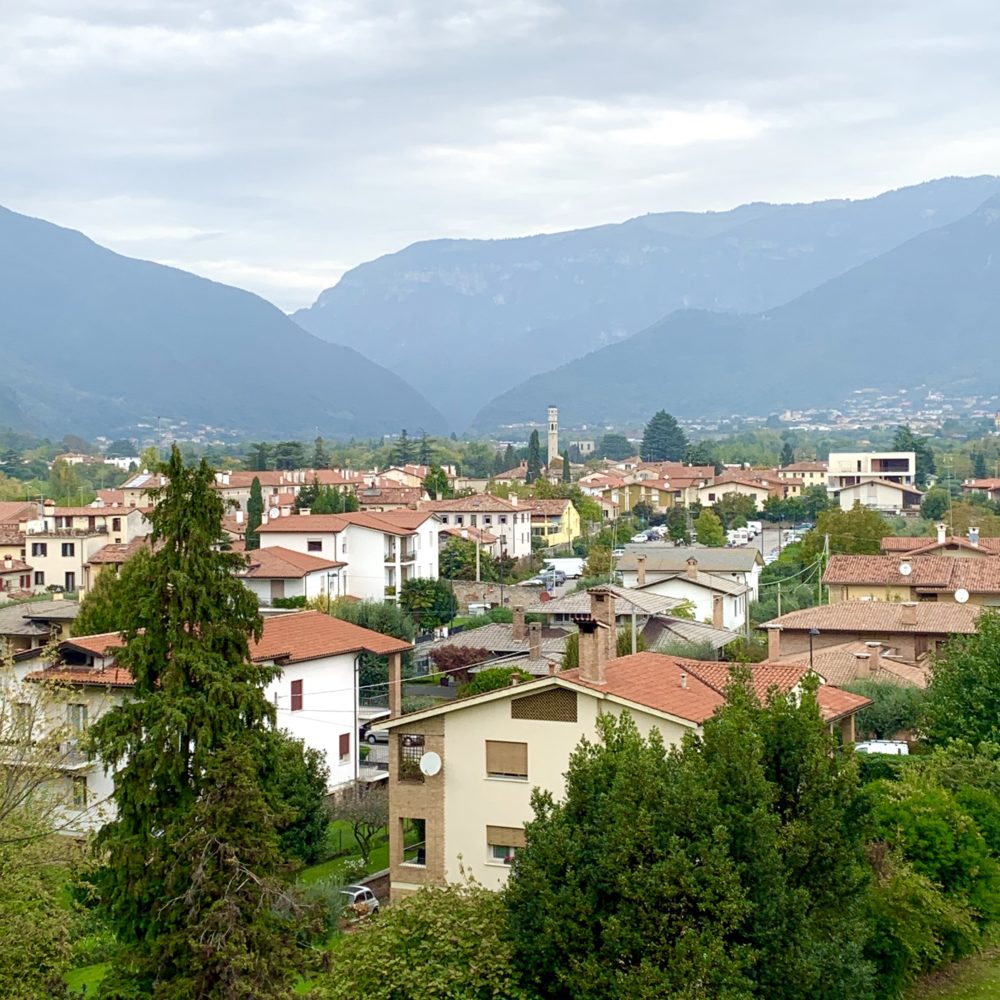
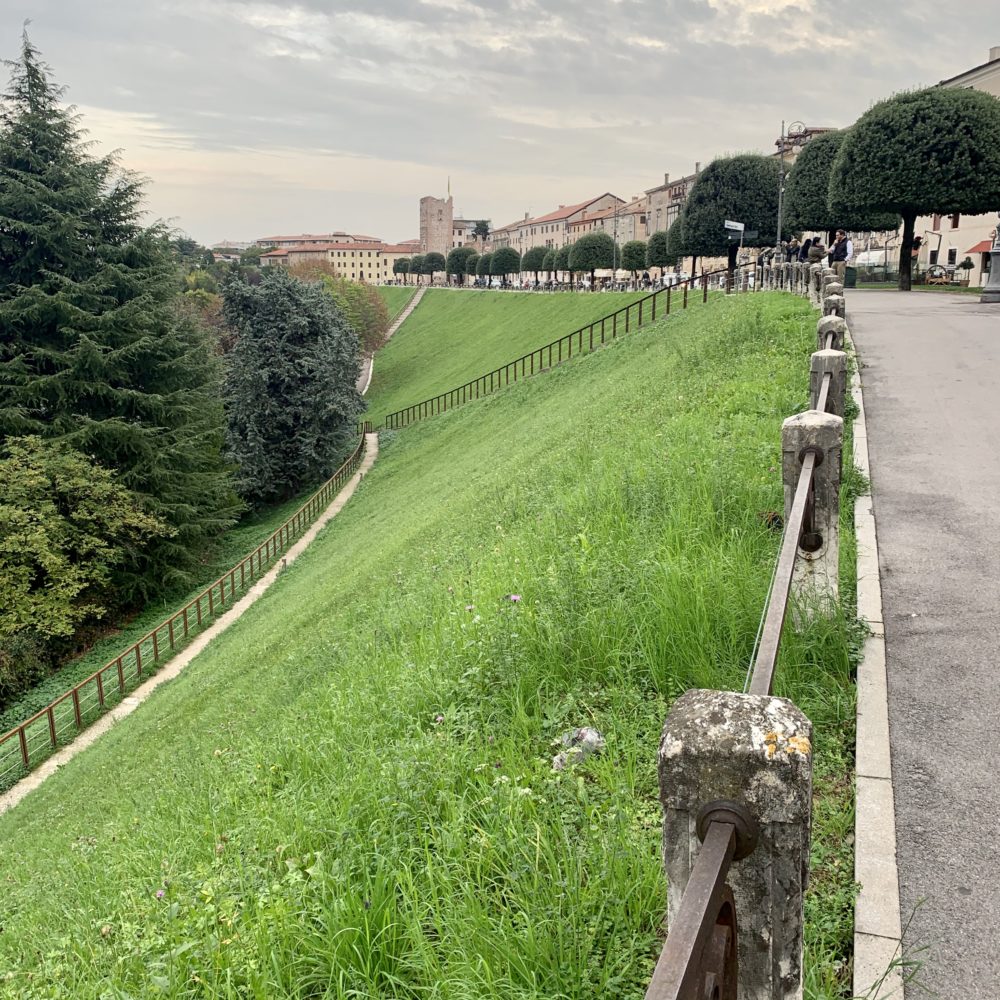
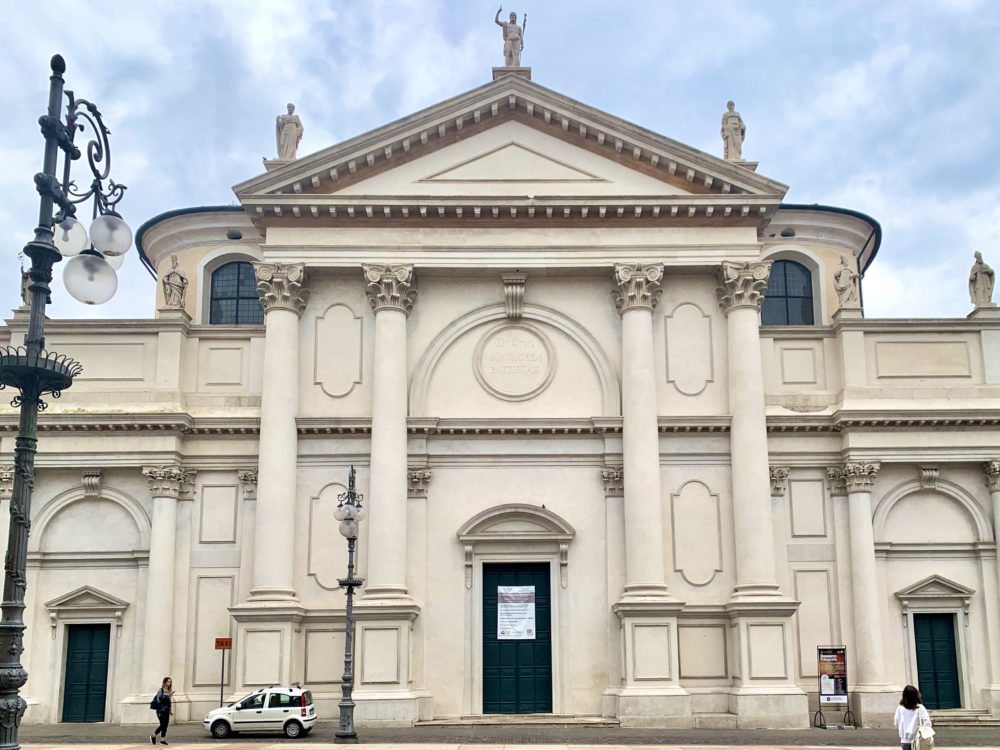
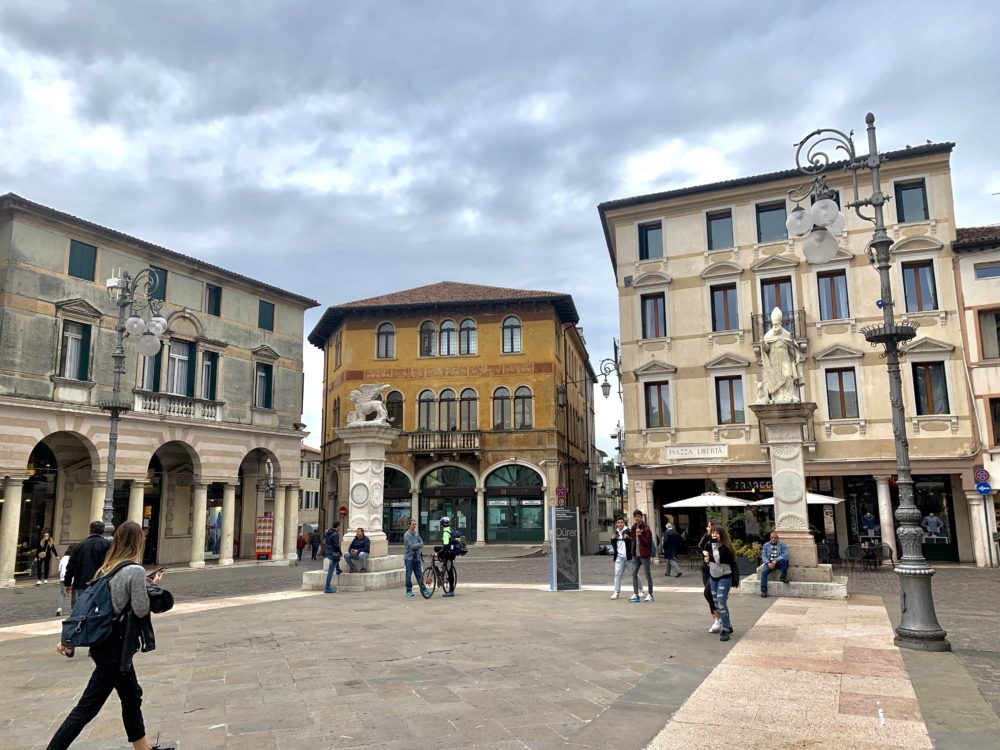
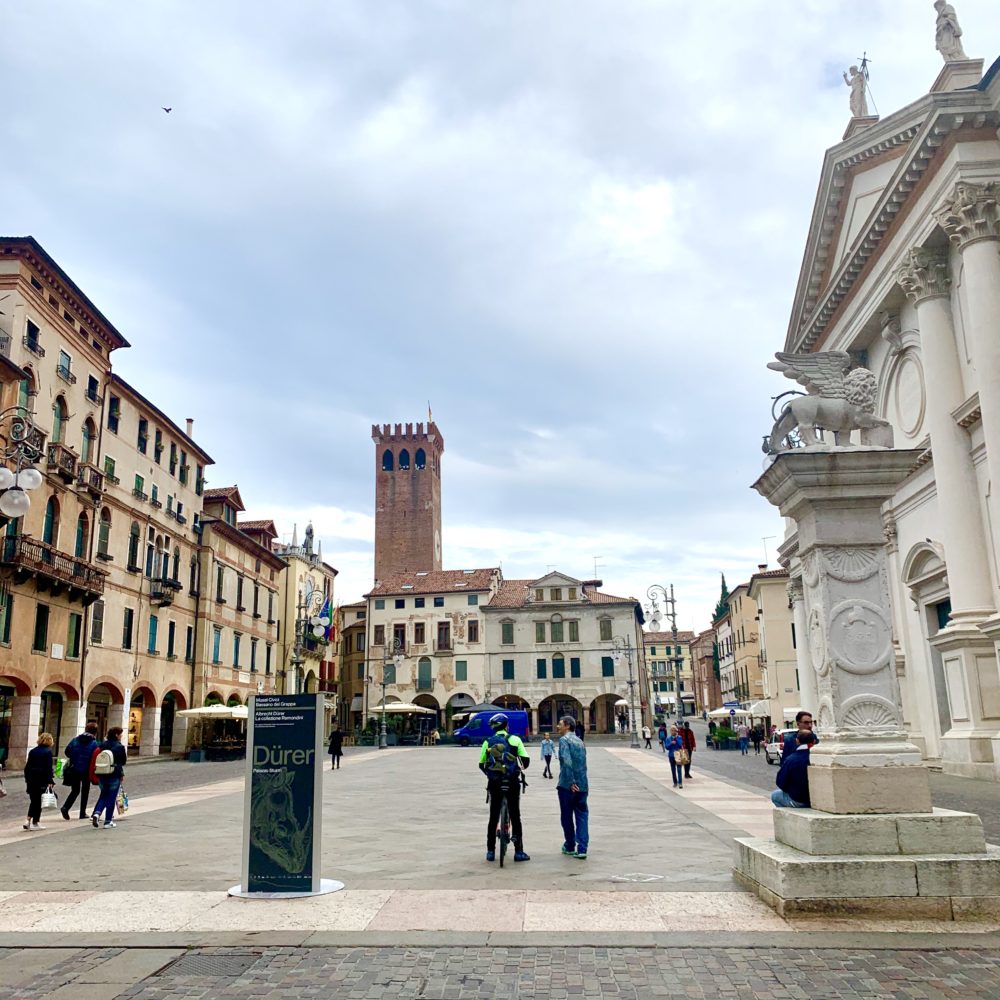
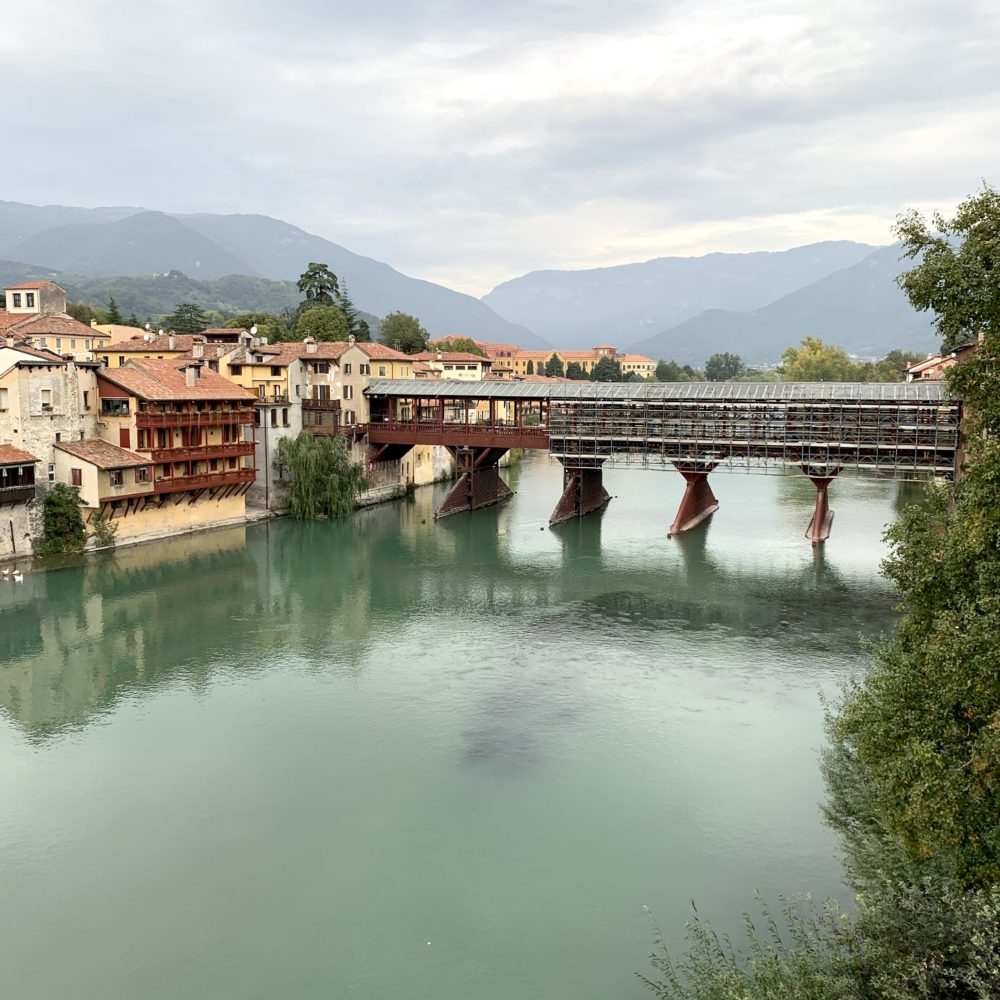

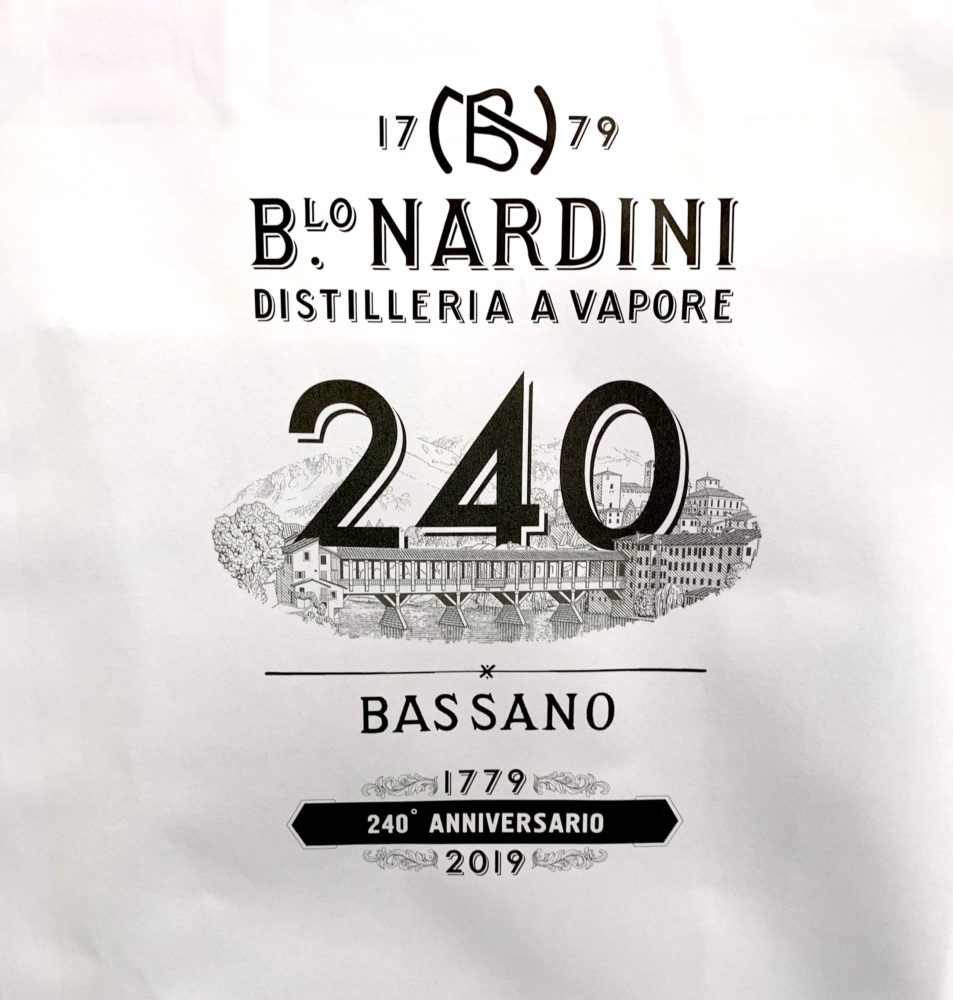
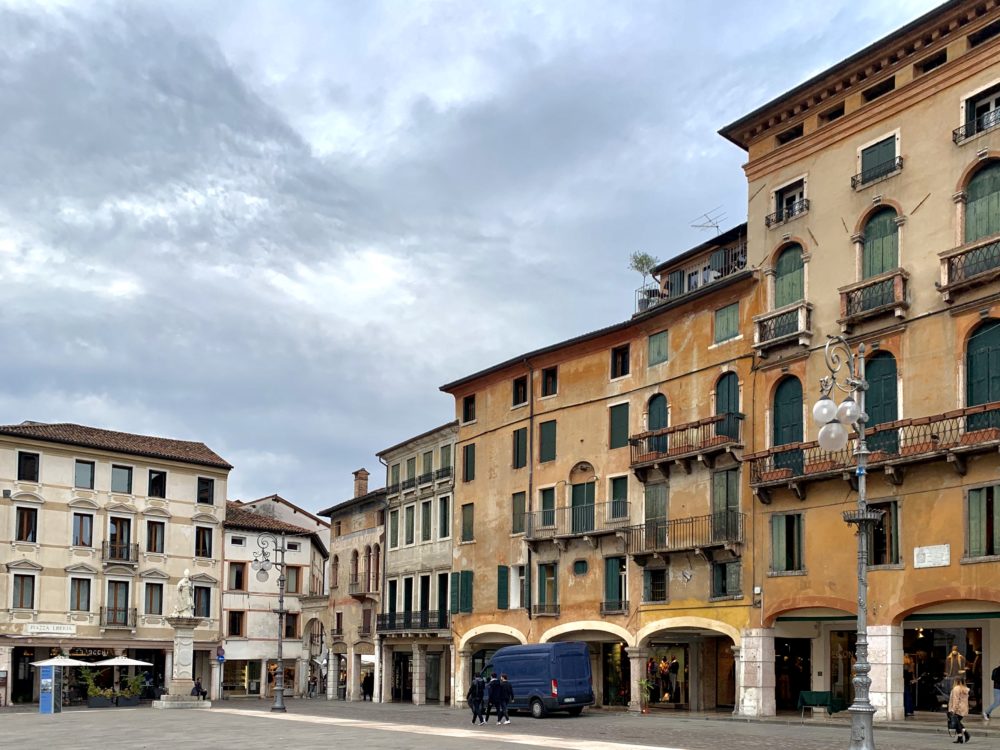
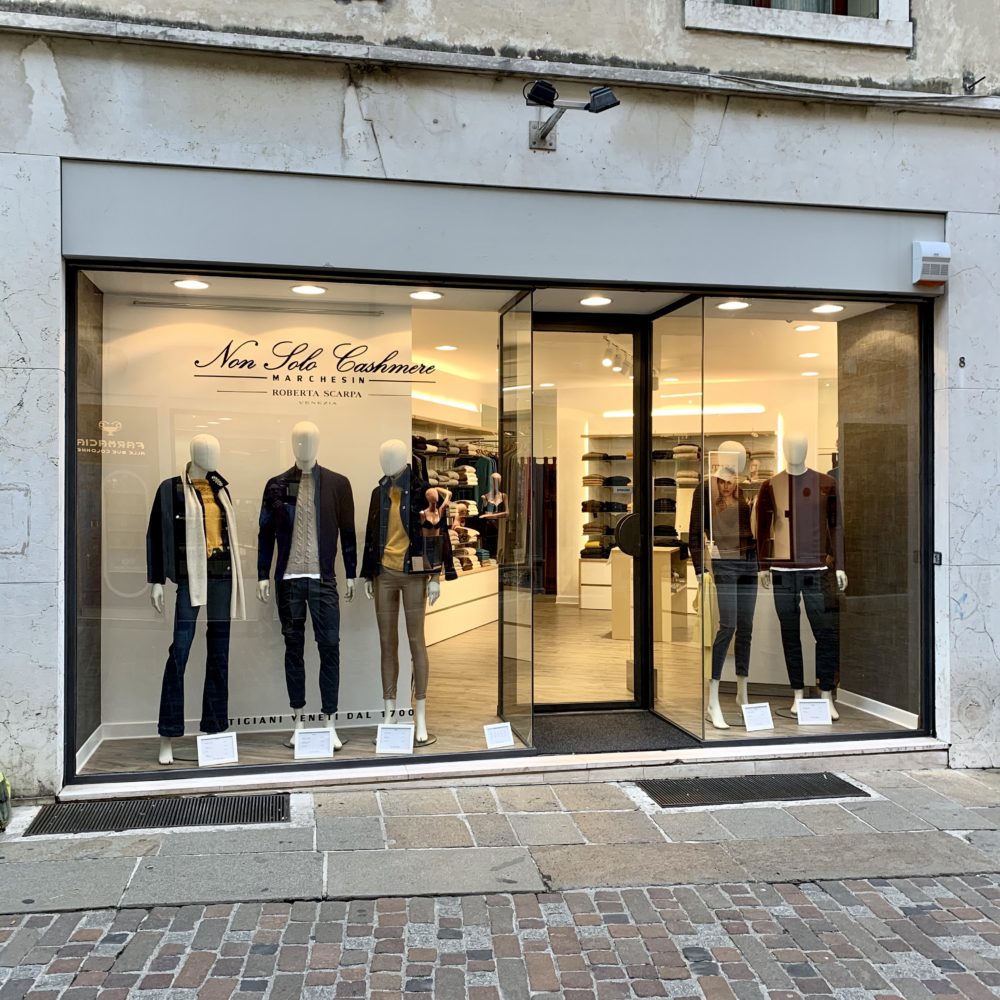
Yes. Robert still knows how to change a tire.
A curb with a sharp edge got in the way of the left front tire. After Robert installed the spare, we found a gomme (tire repair and installation). In about twenty minutes they put on a new (used) tire because the one Hertz had on the car was well beyond any safety limit of wear and tear. Robert will add this to his list of complaints when he writes to Hertz. The bright side is that the total cost was only 25 euros (about 29 dollars).
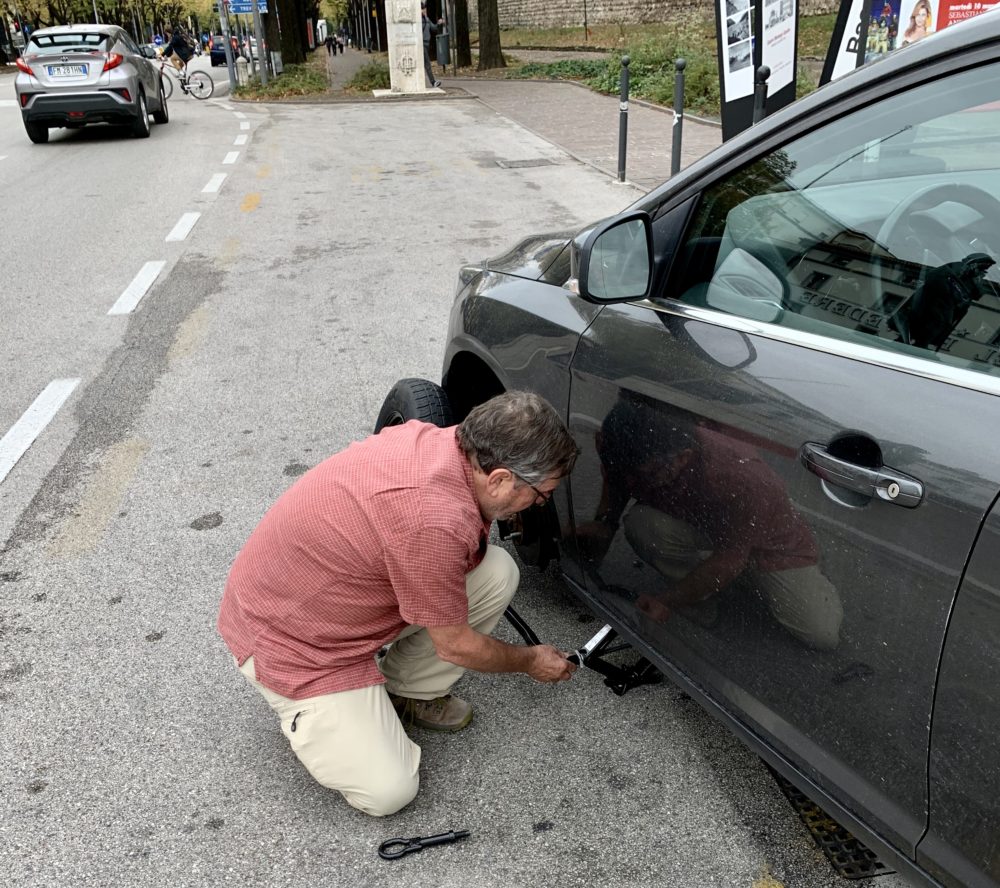
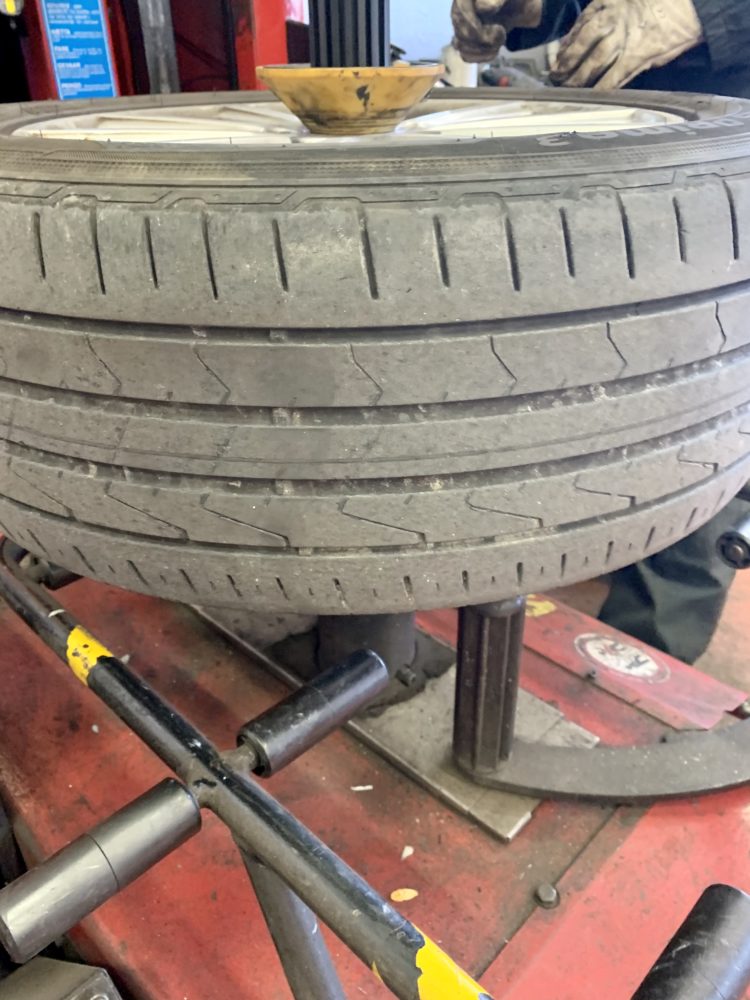
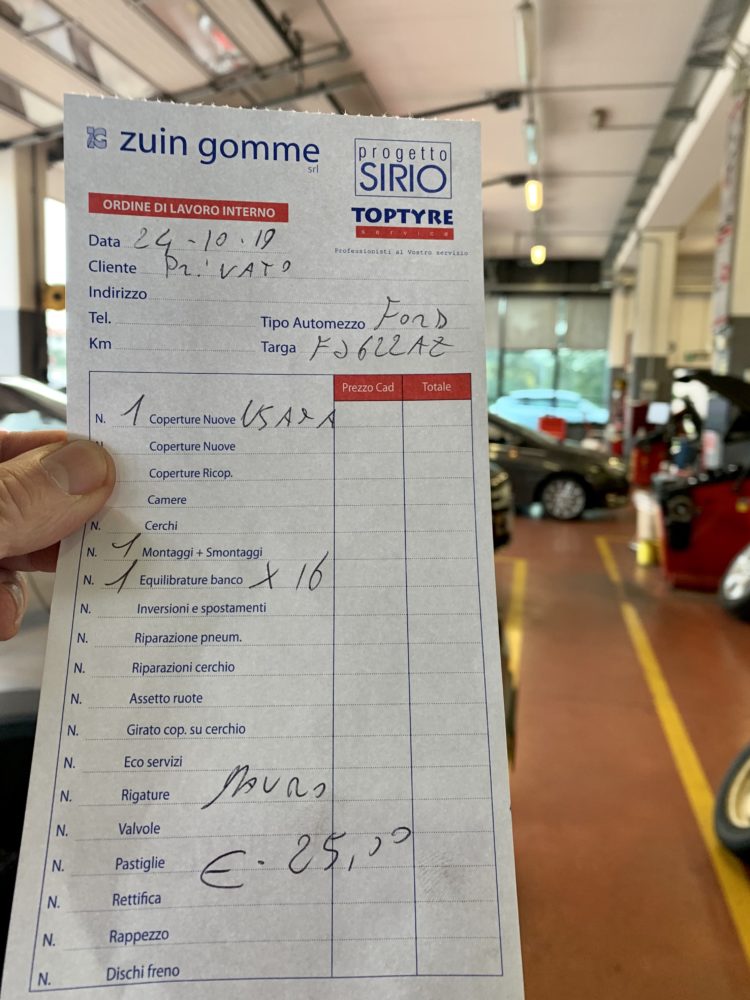
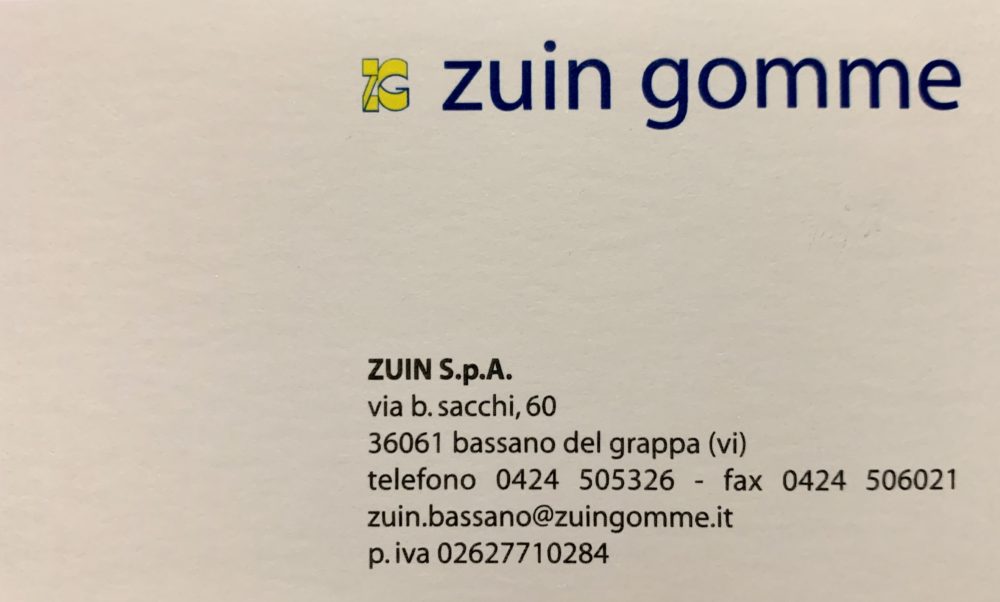
Cibo e bibite
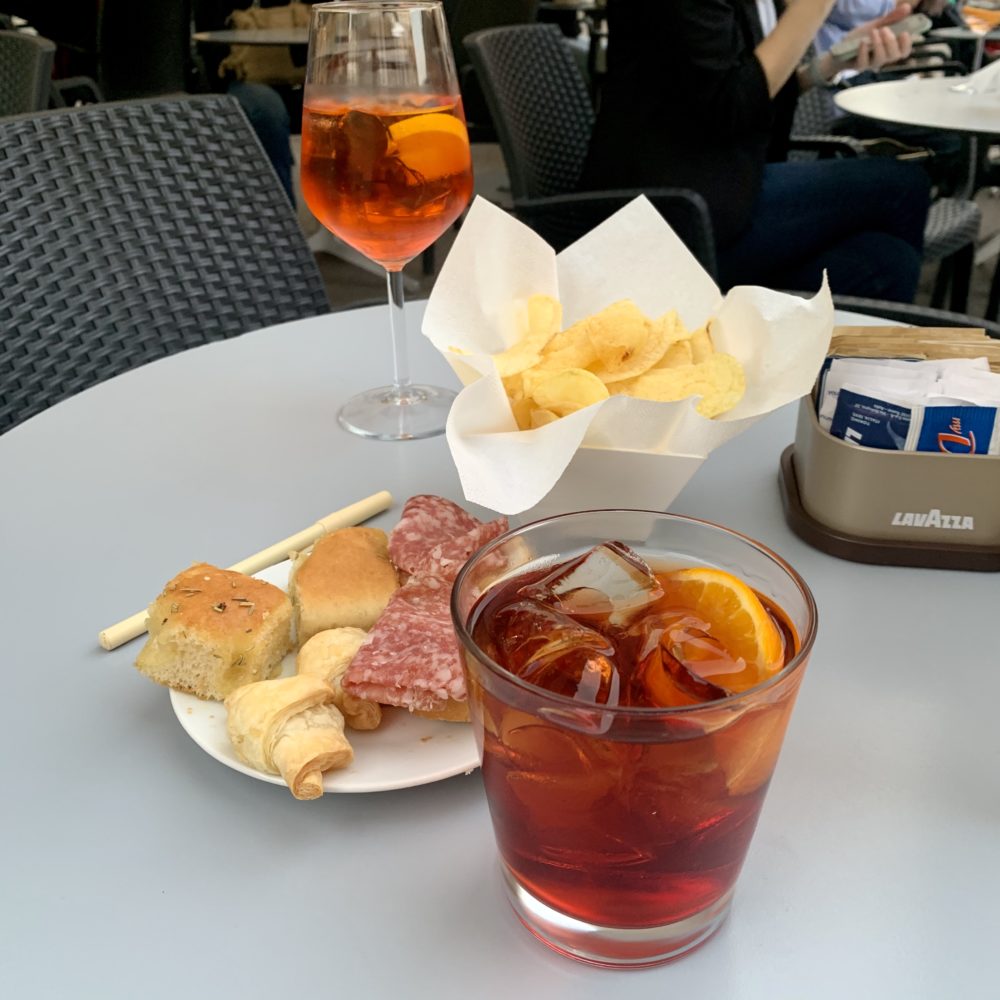
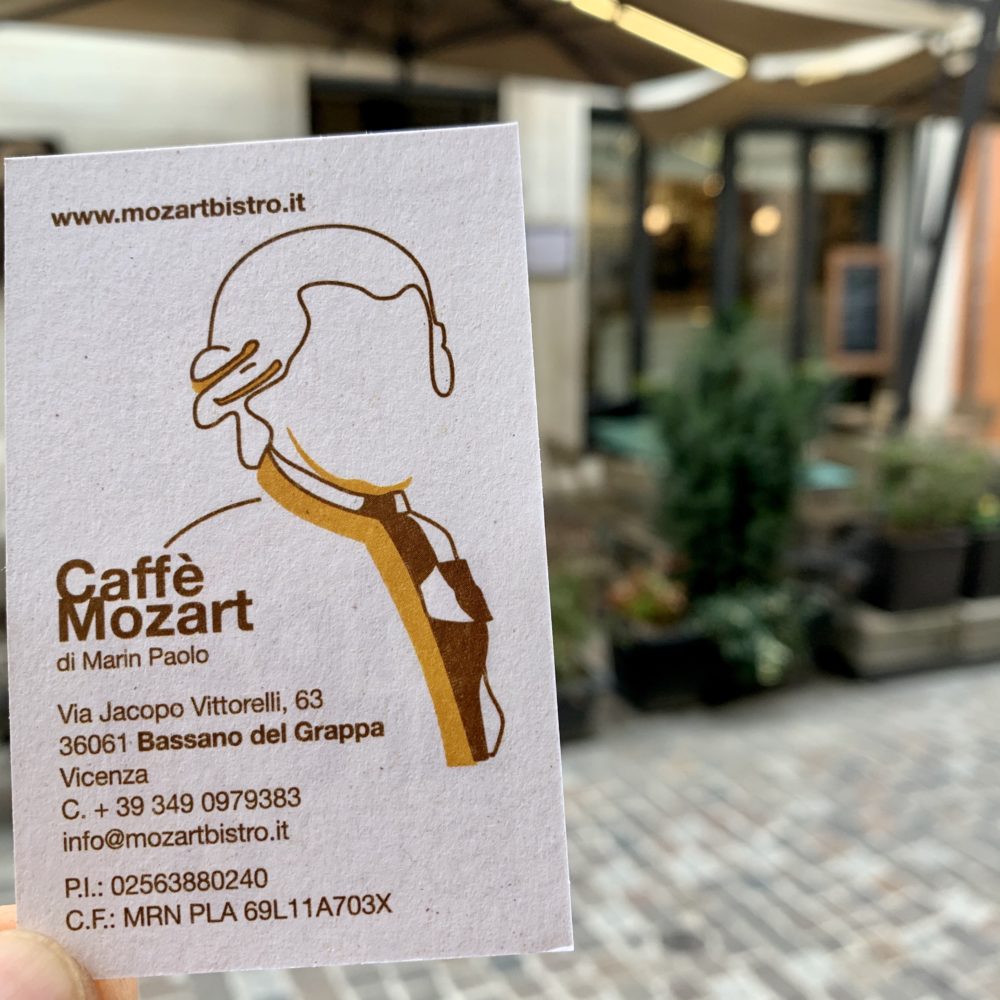
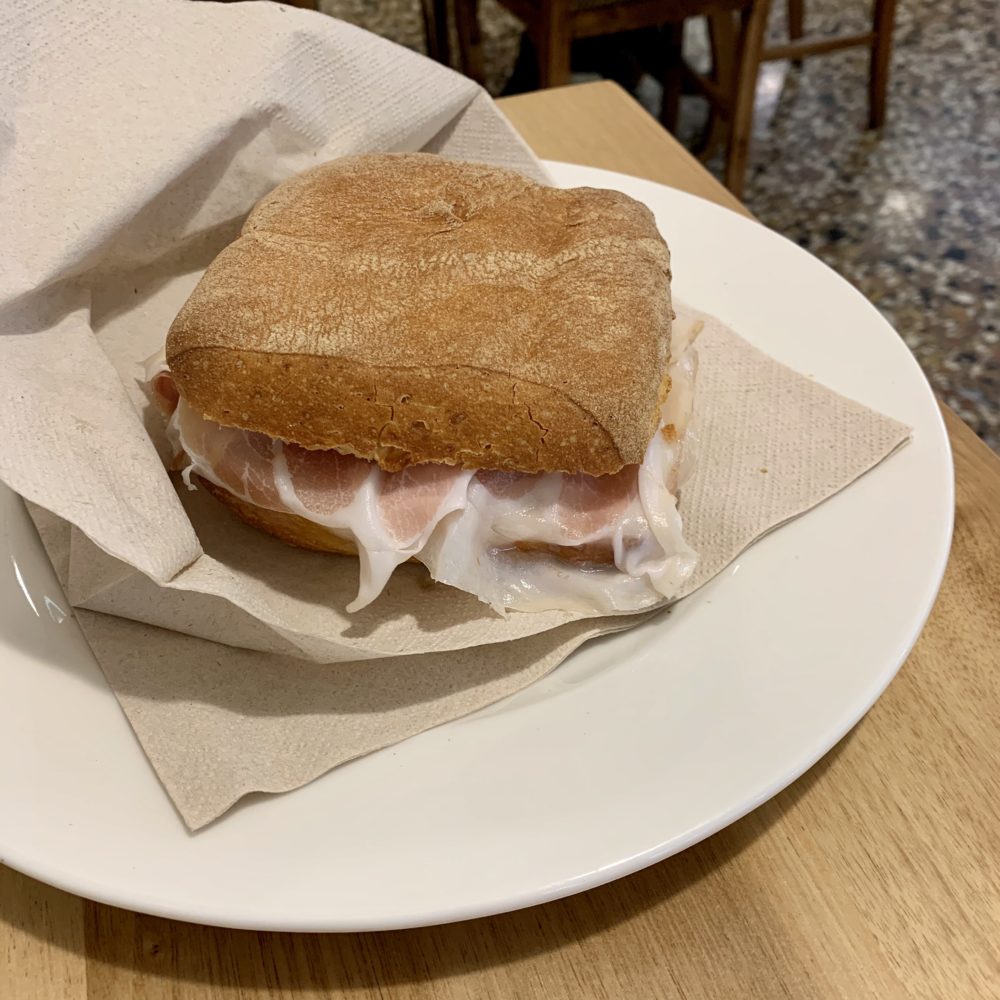
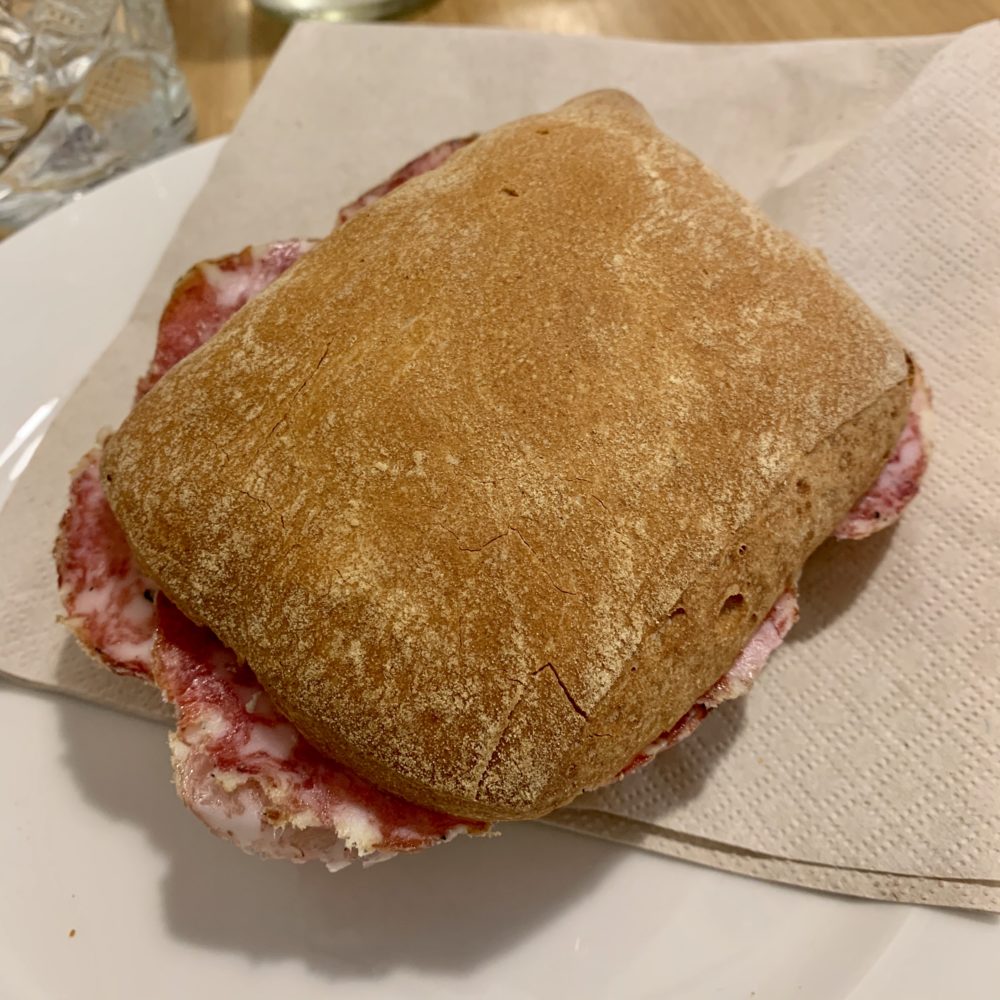
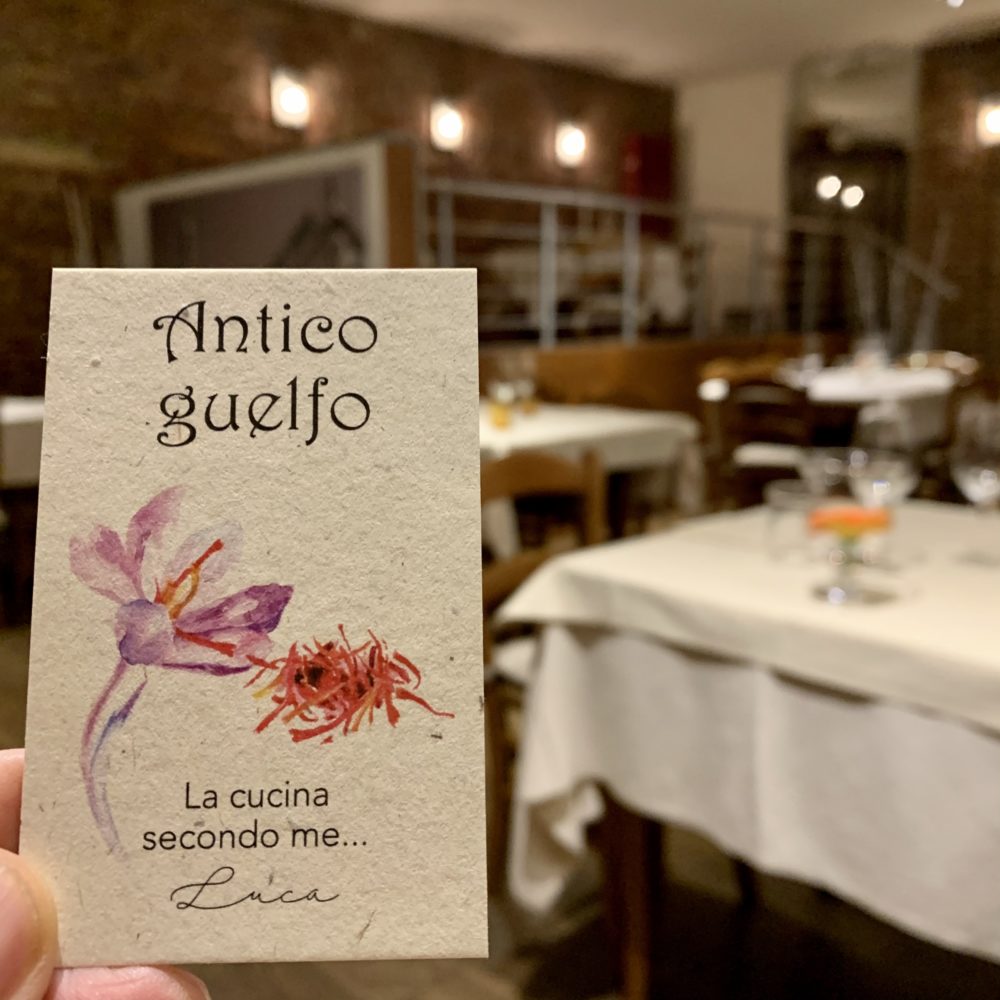
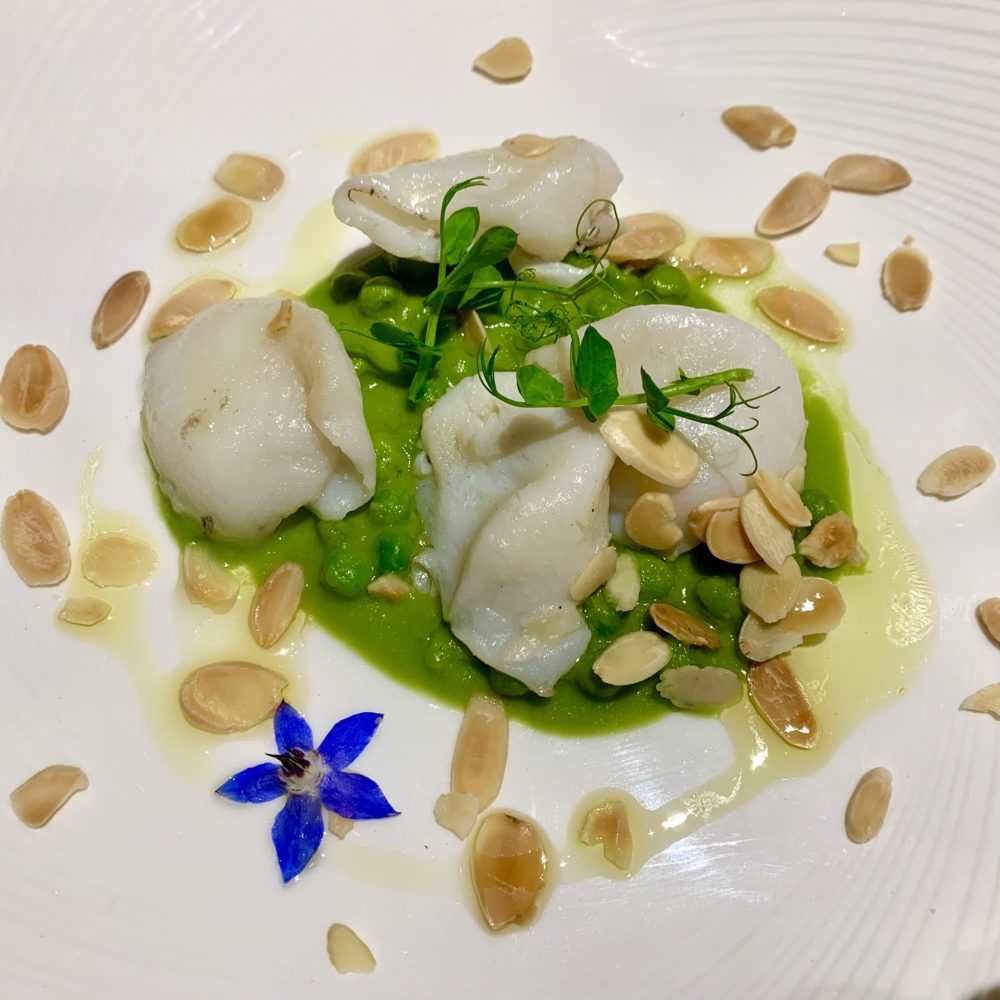
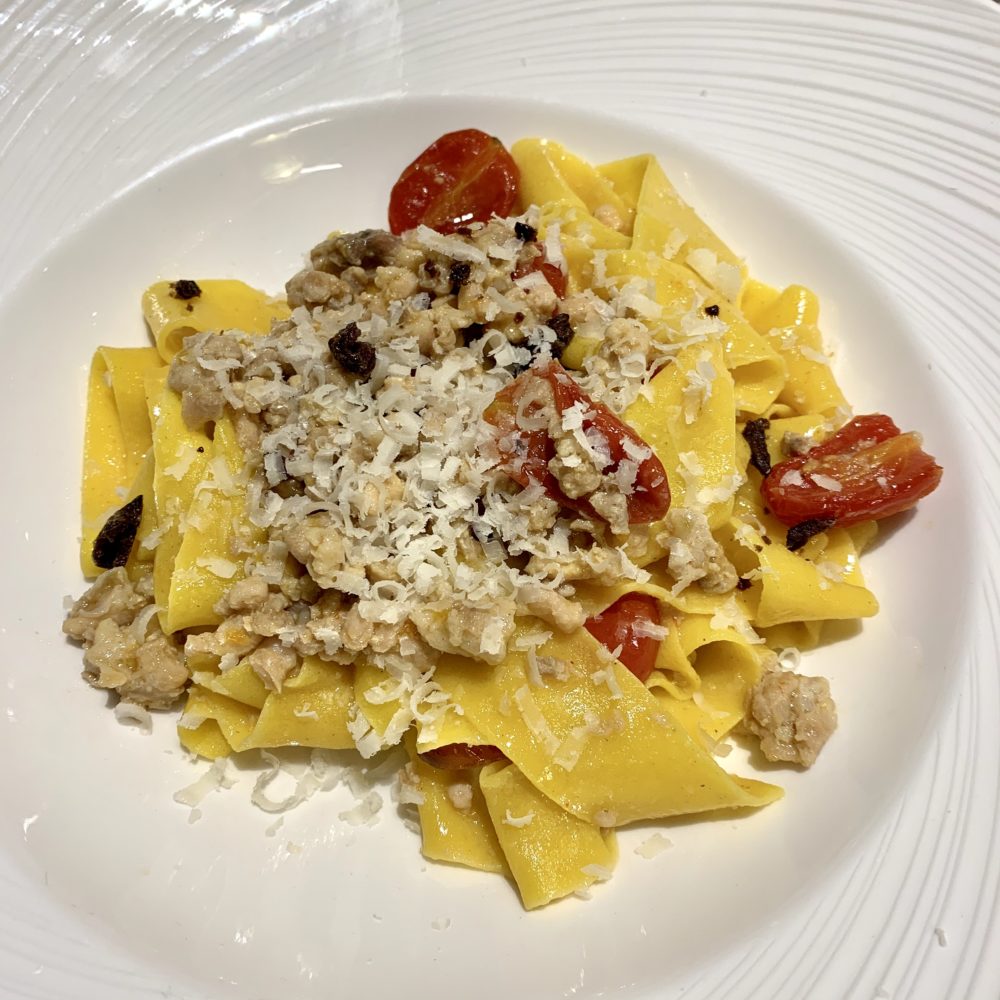
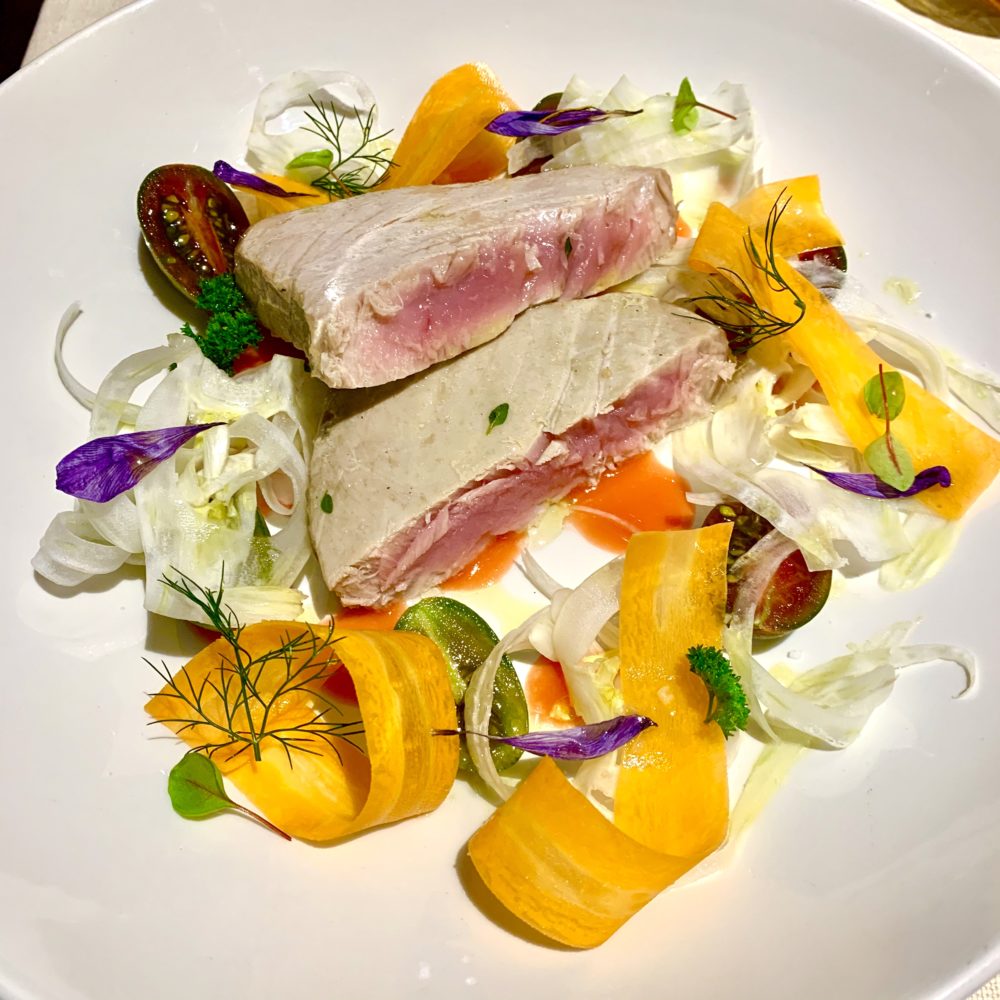

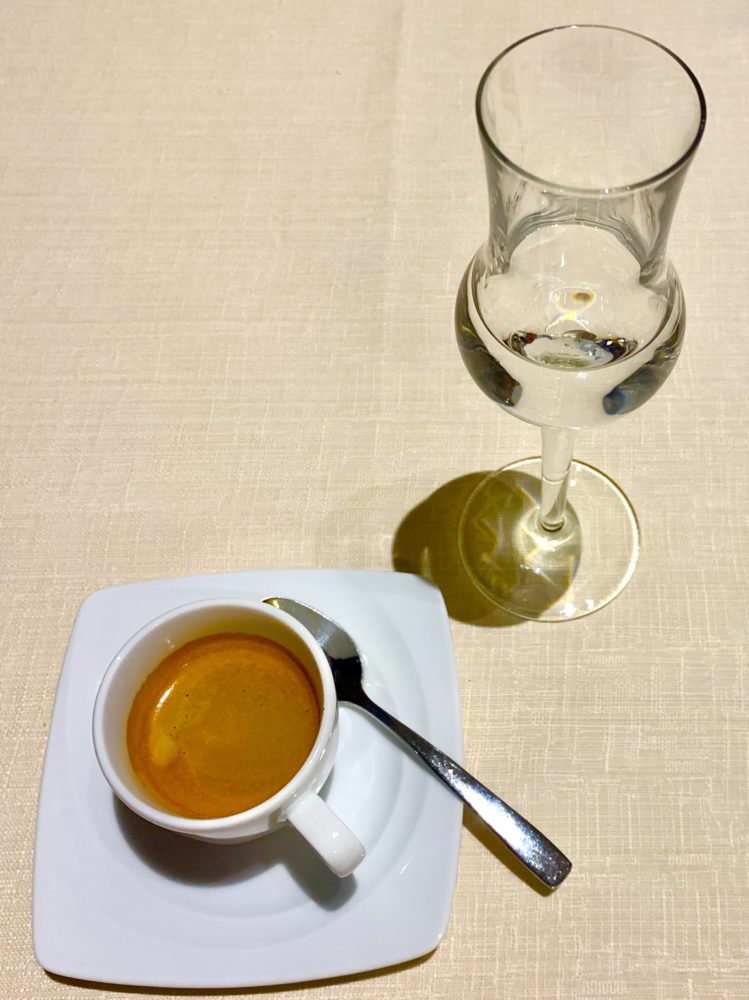
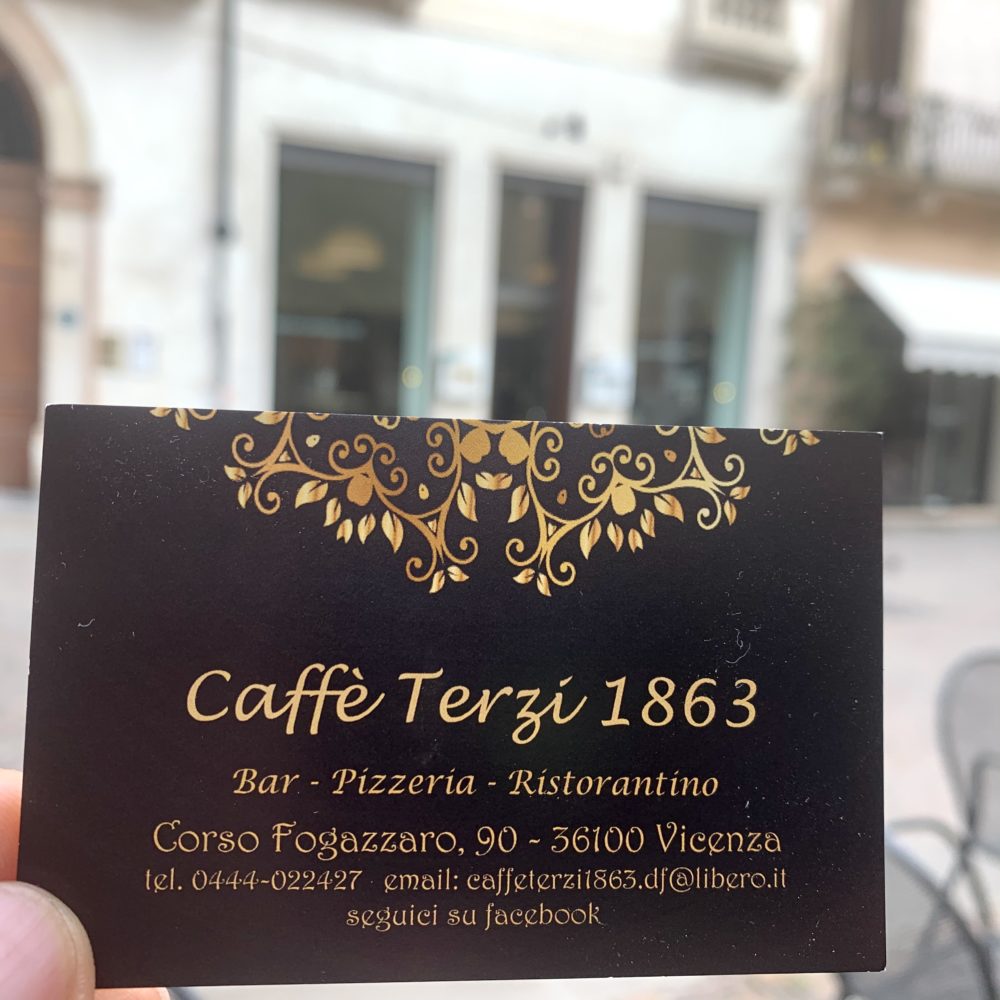
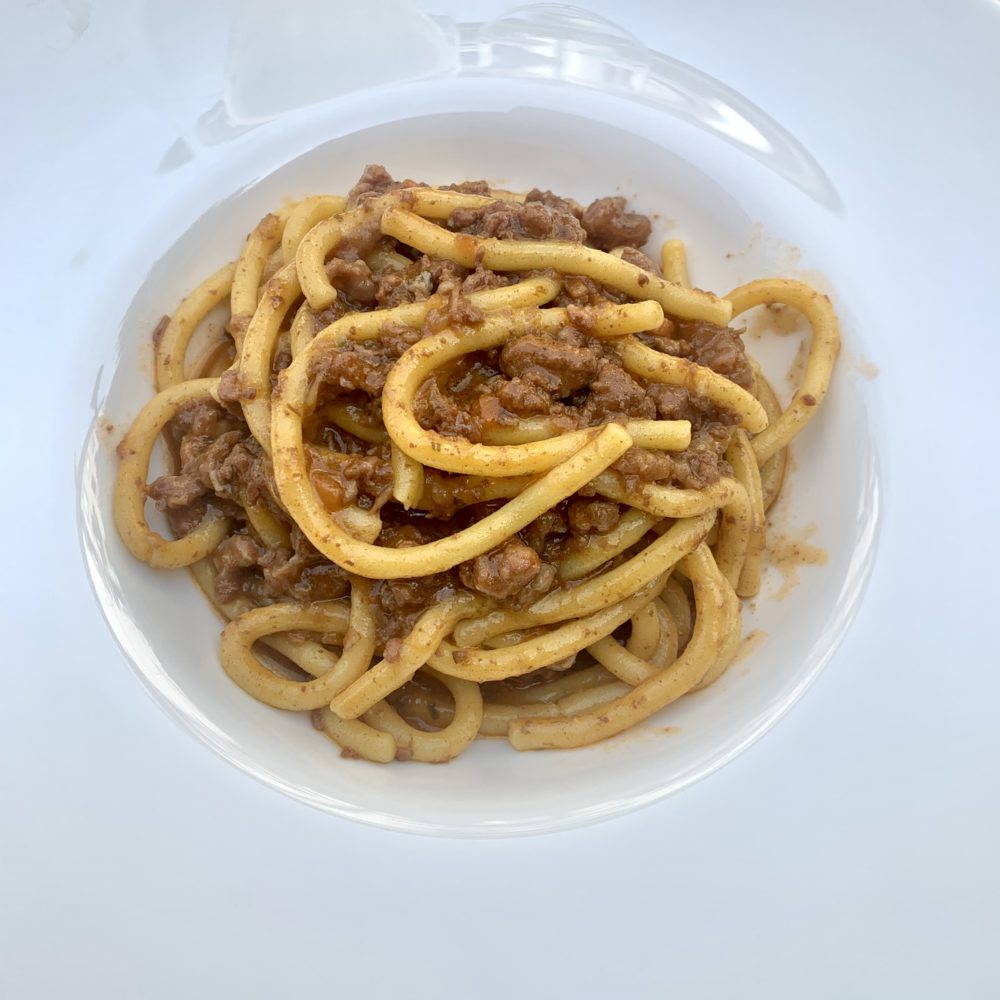
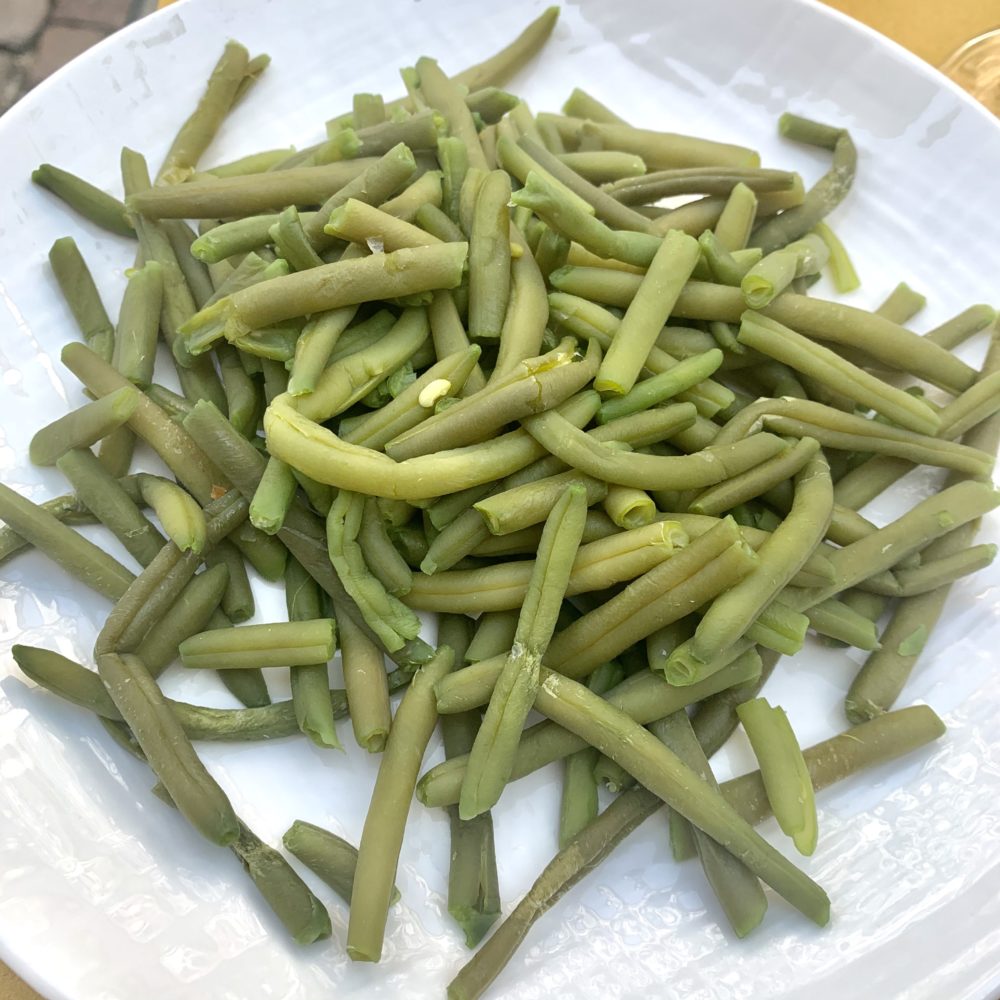
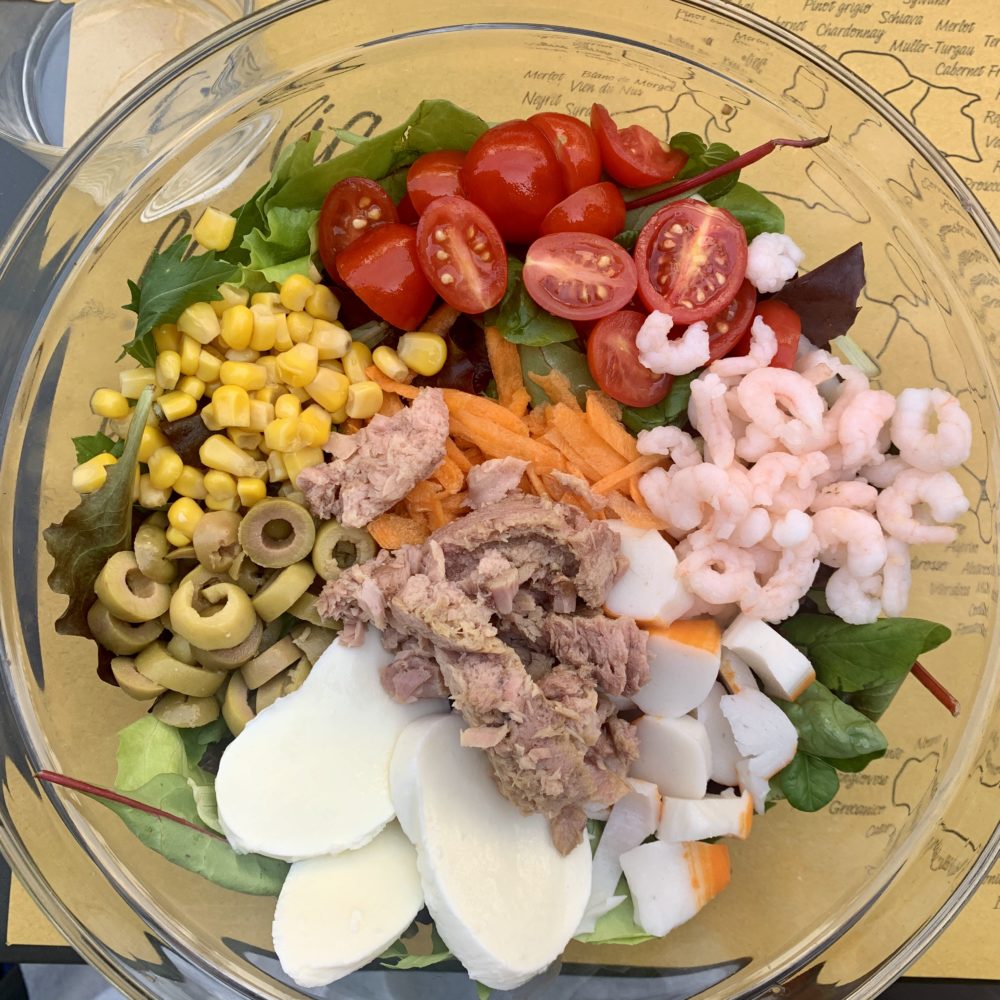
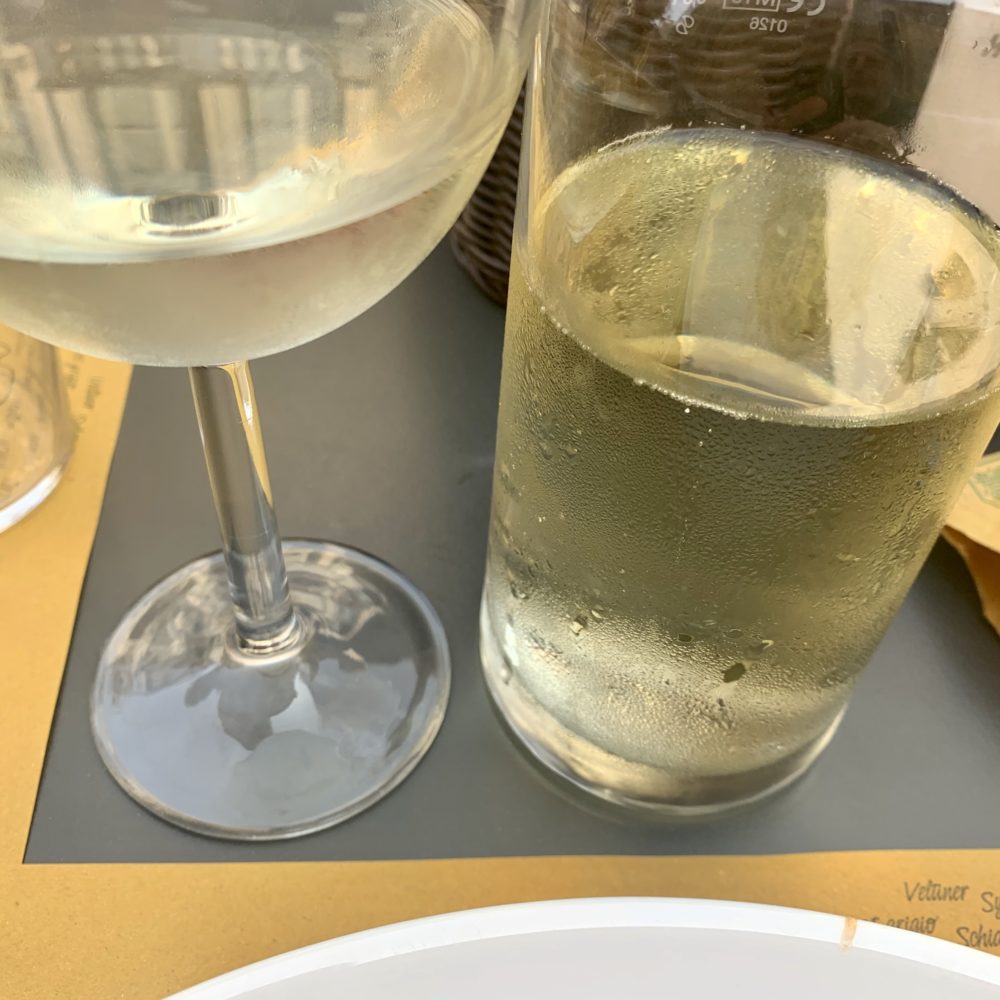
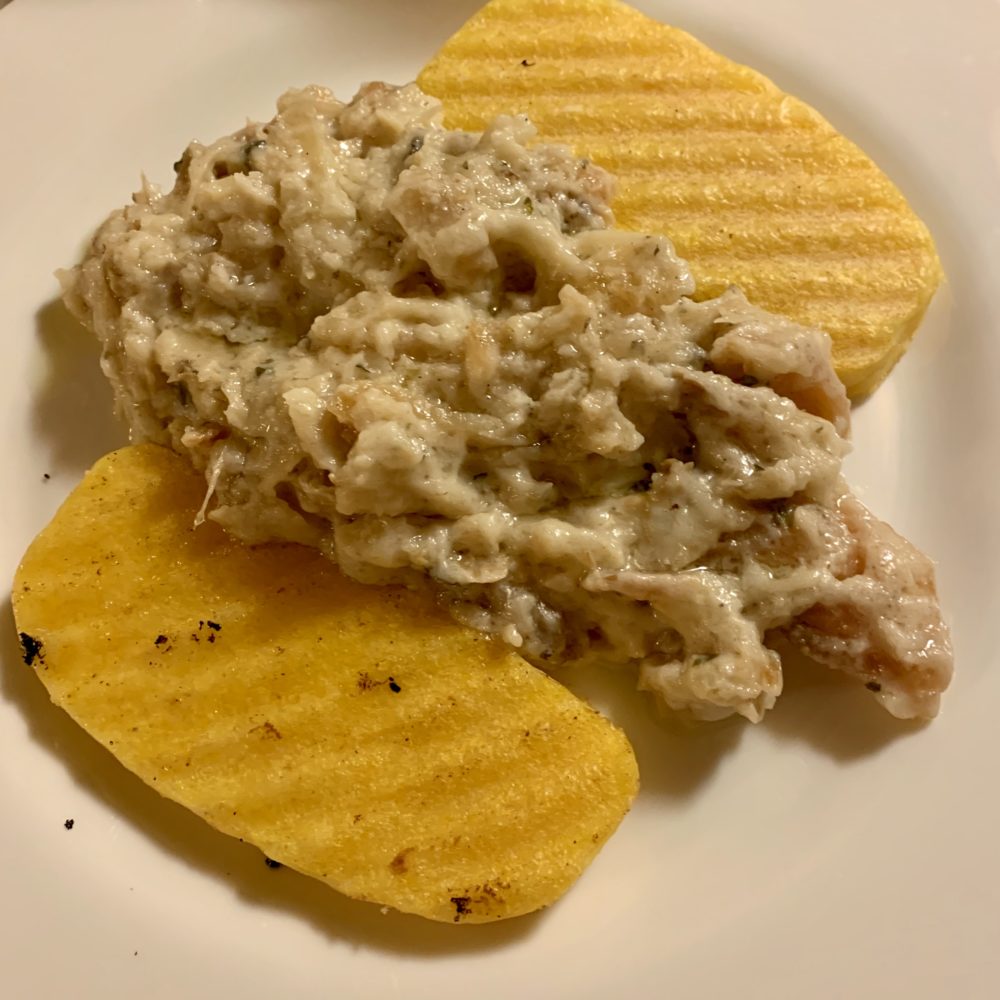
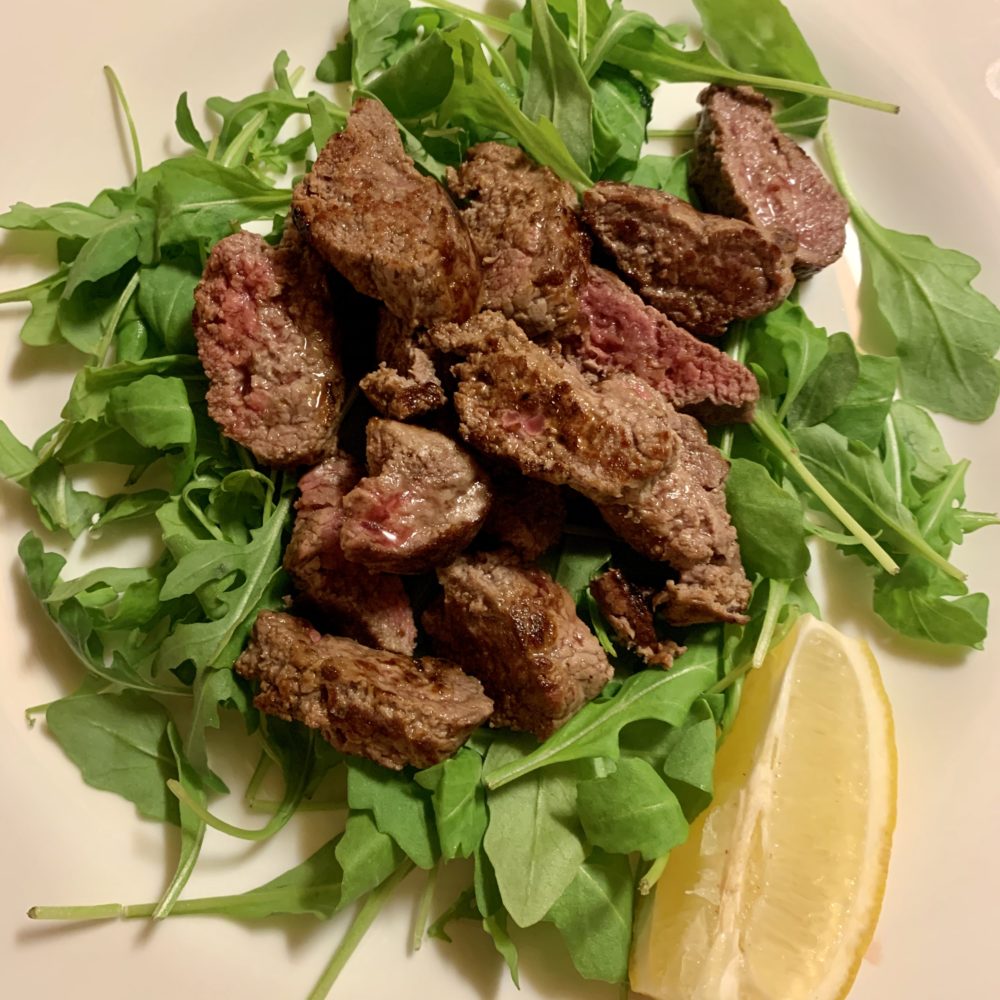
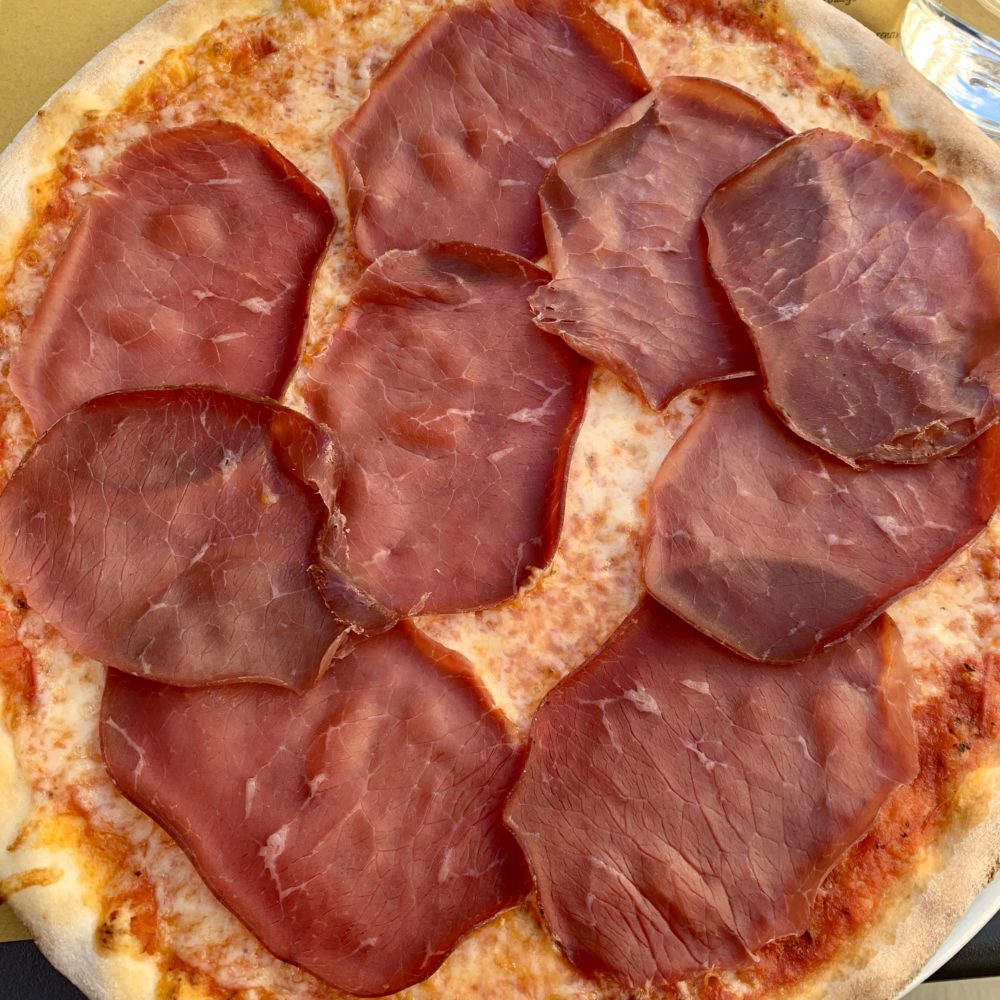
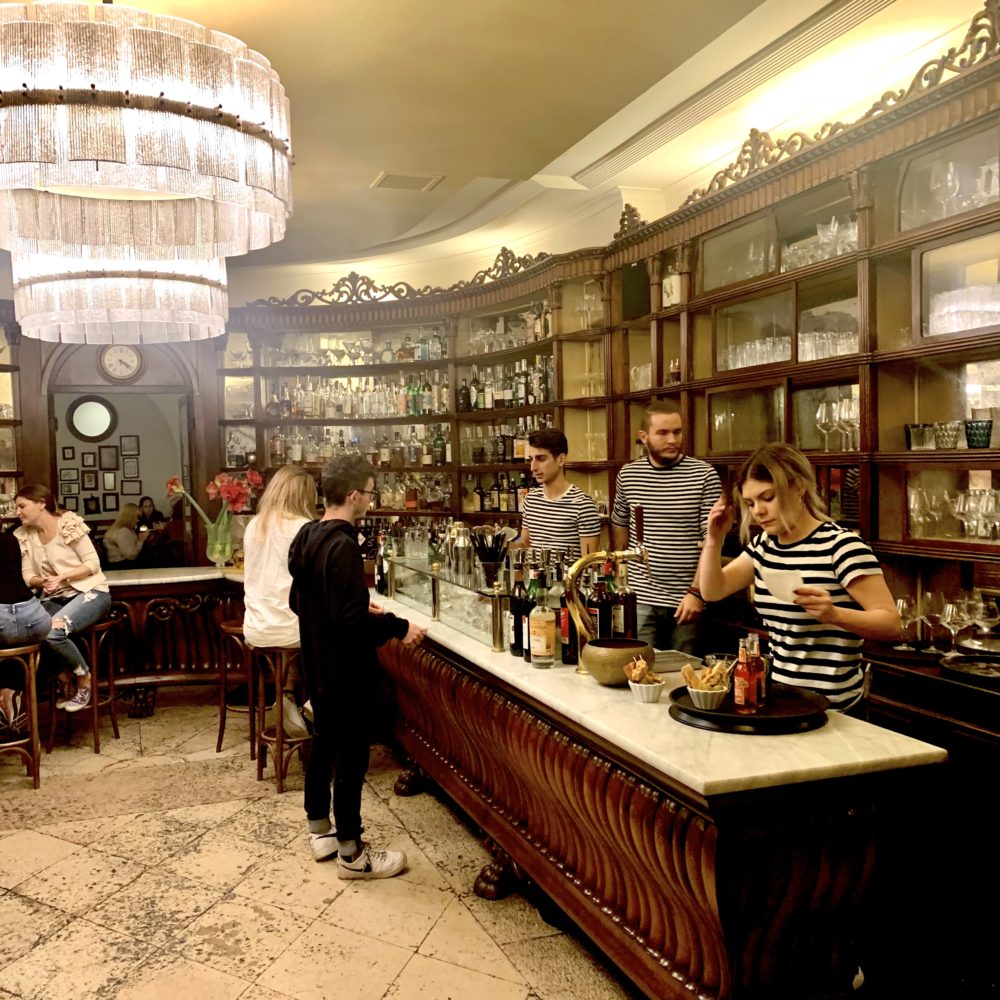
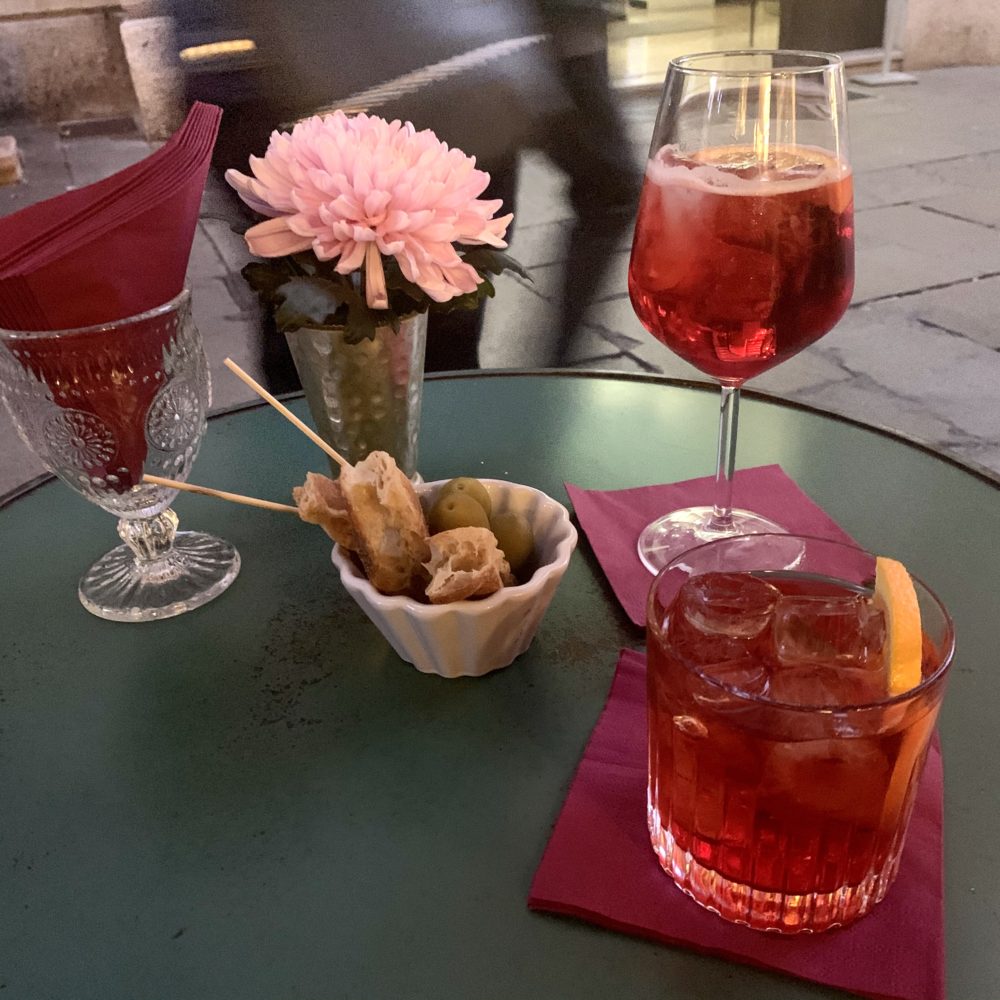
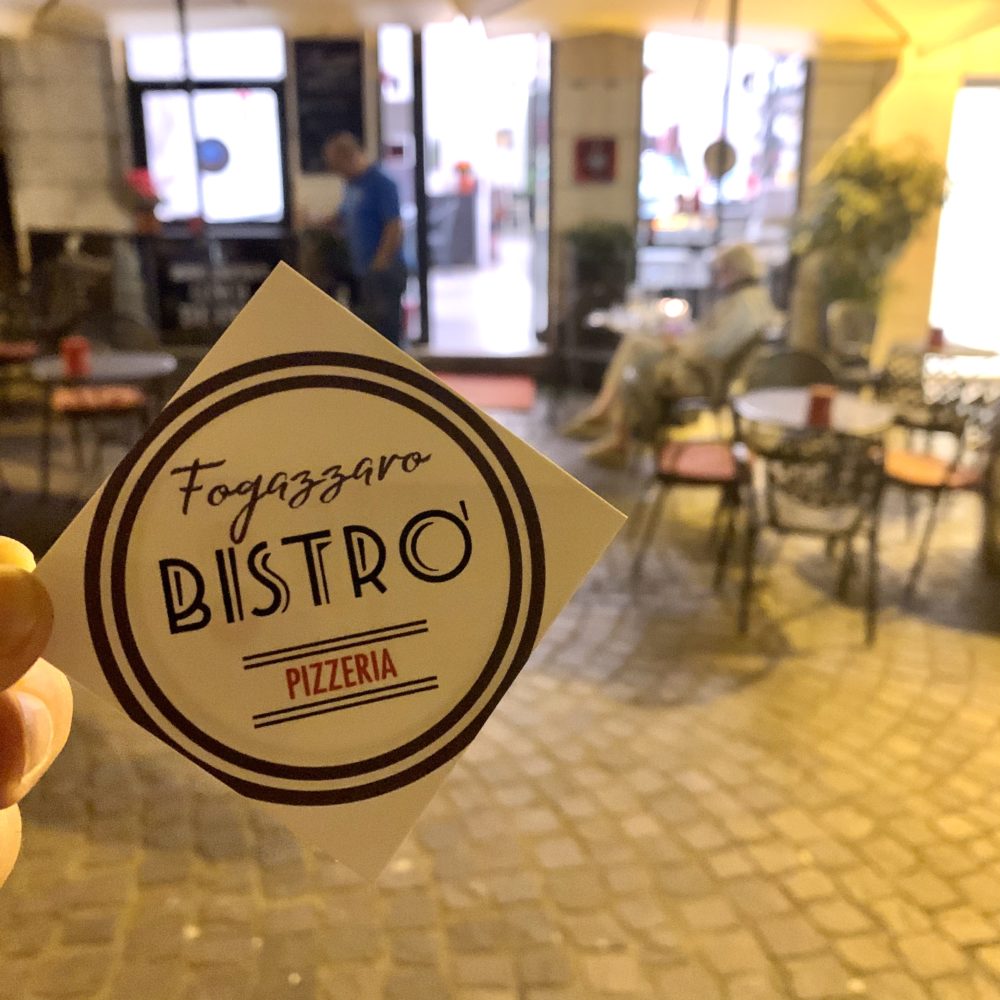
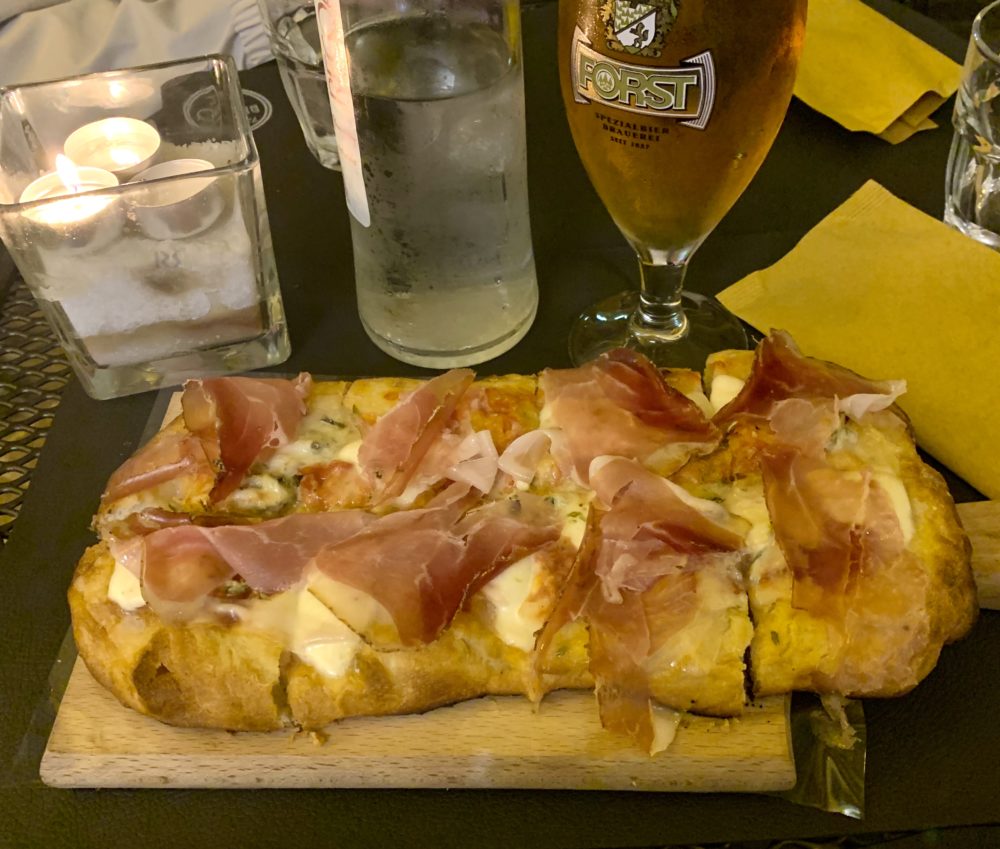
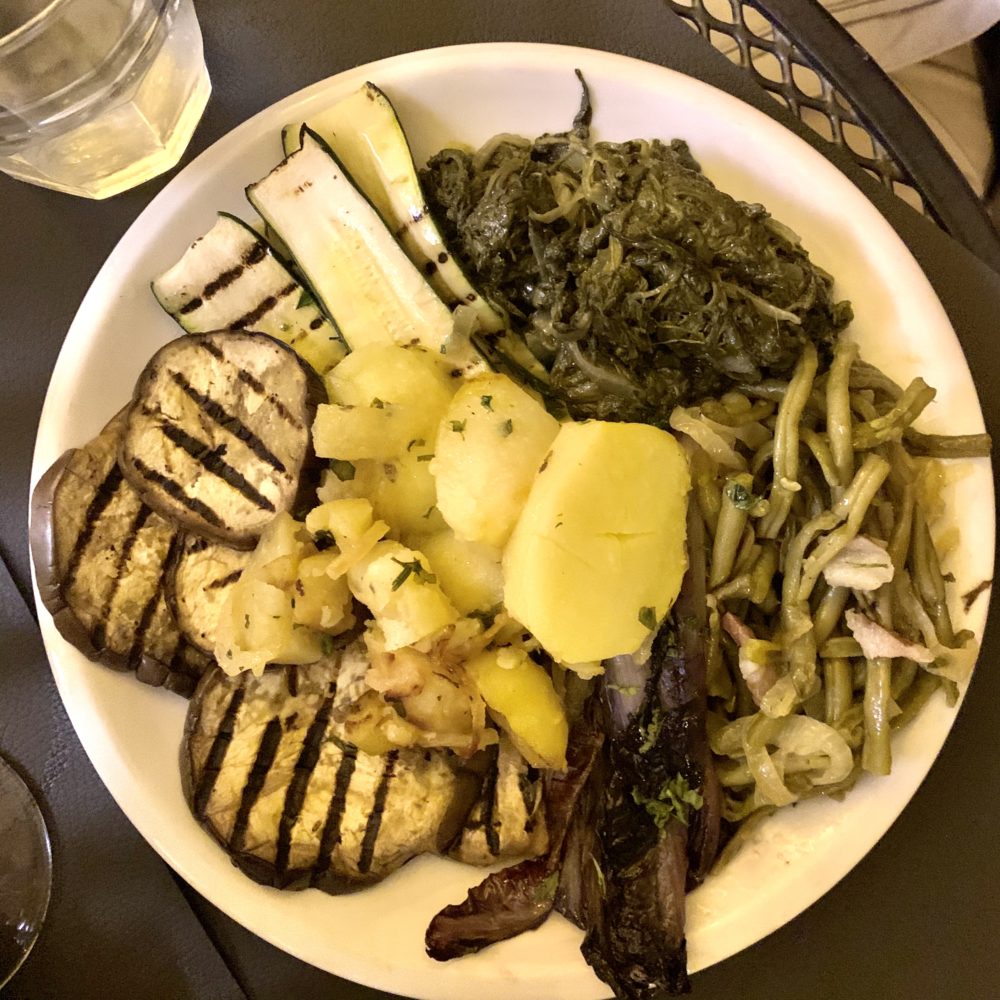
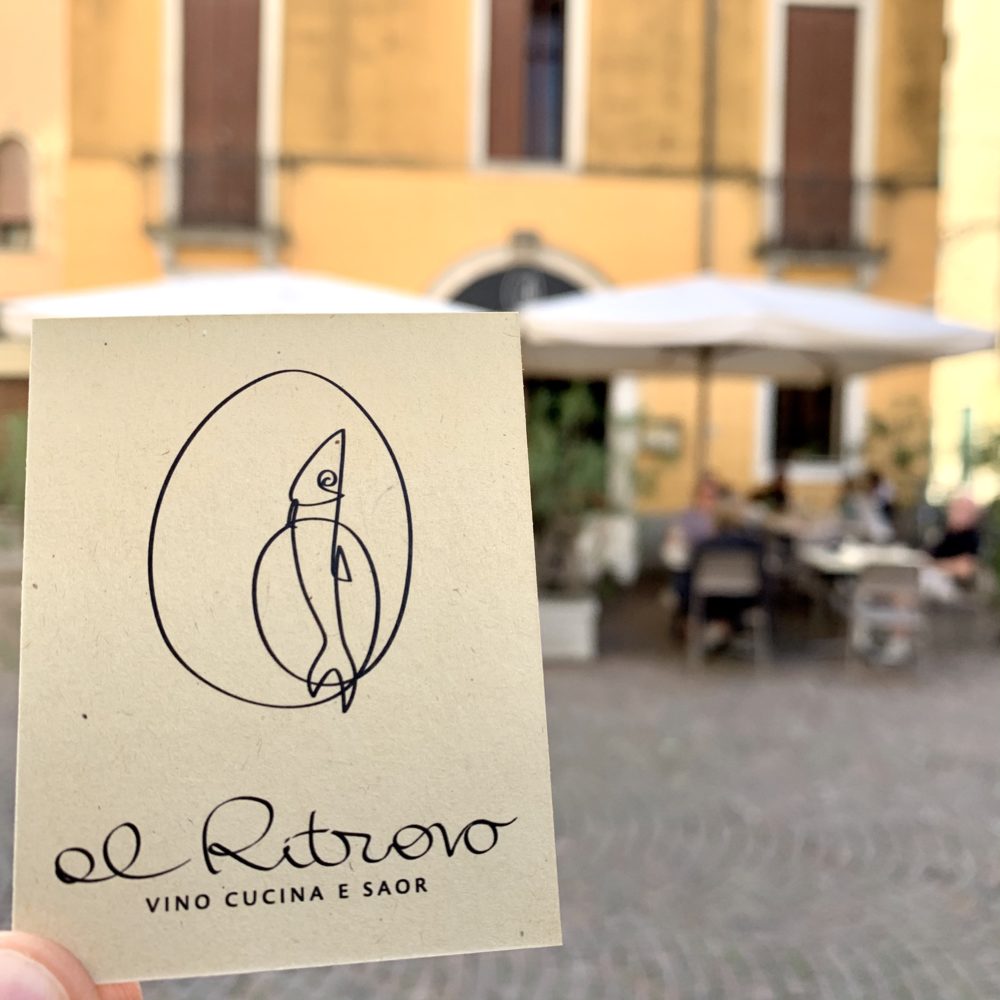
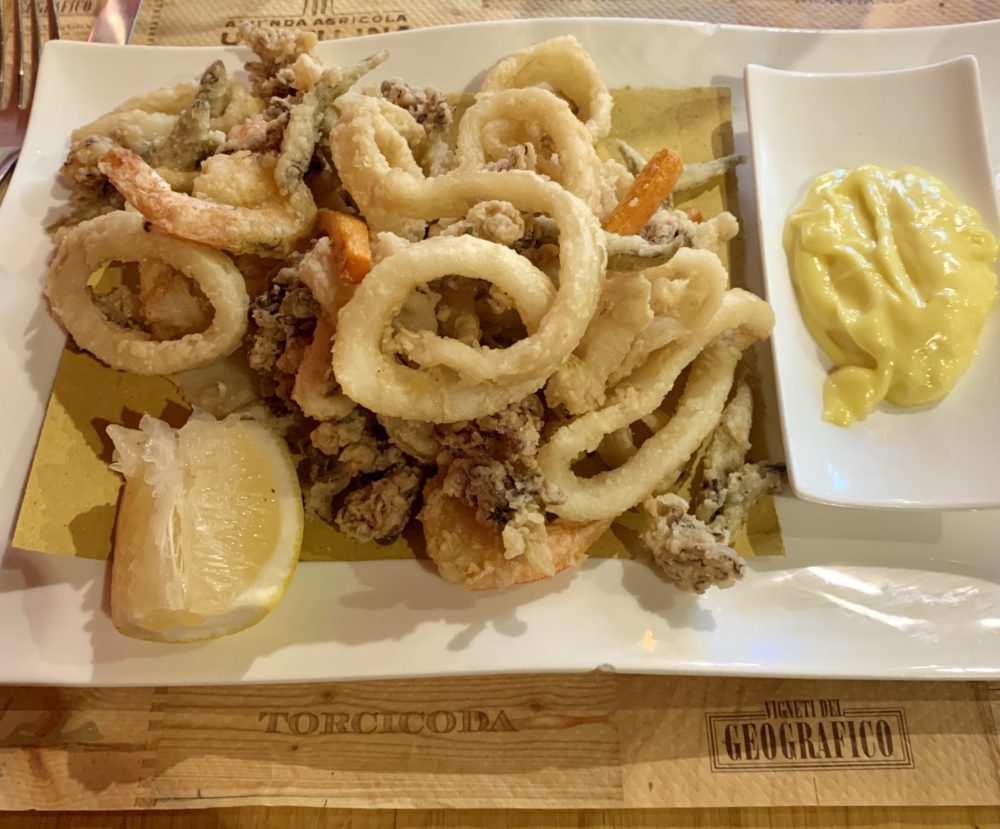
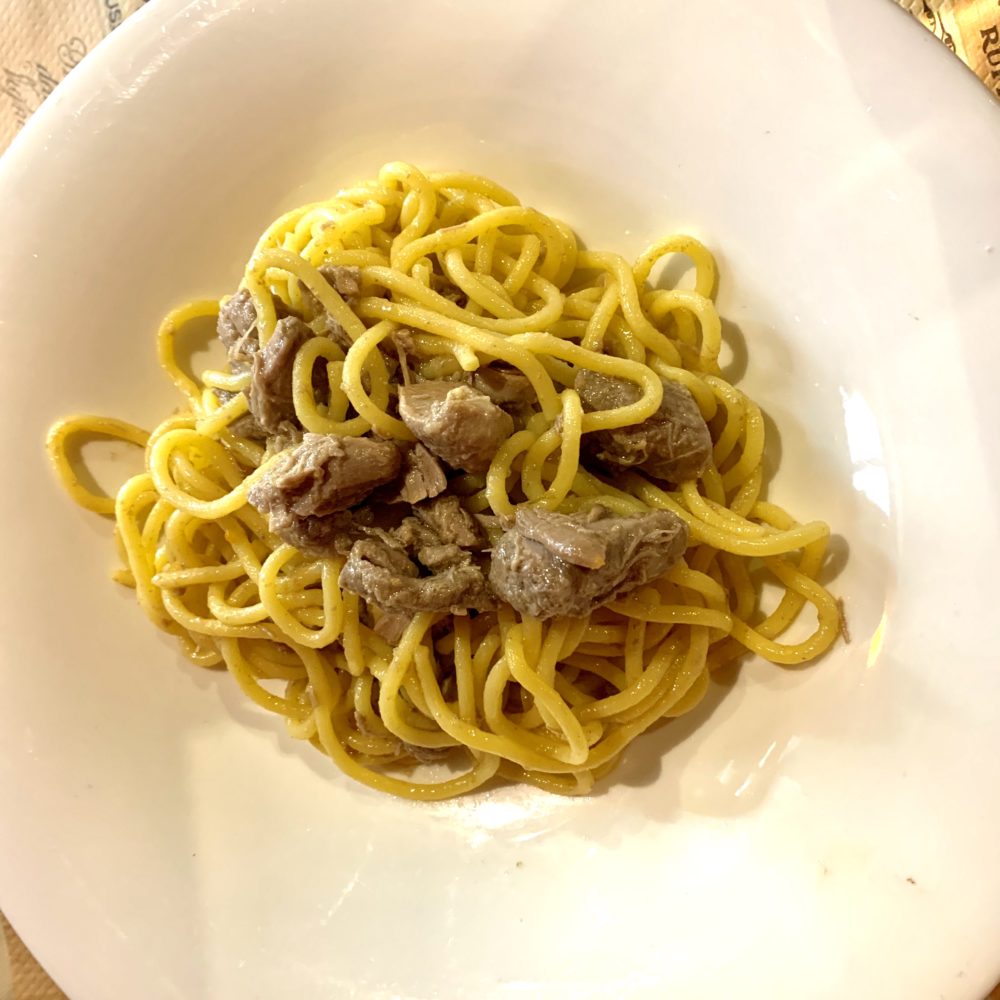
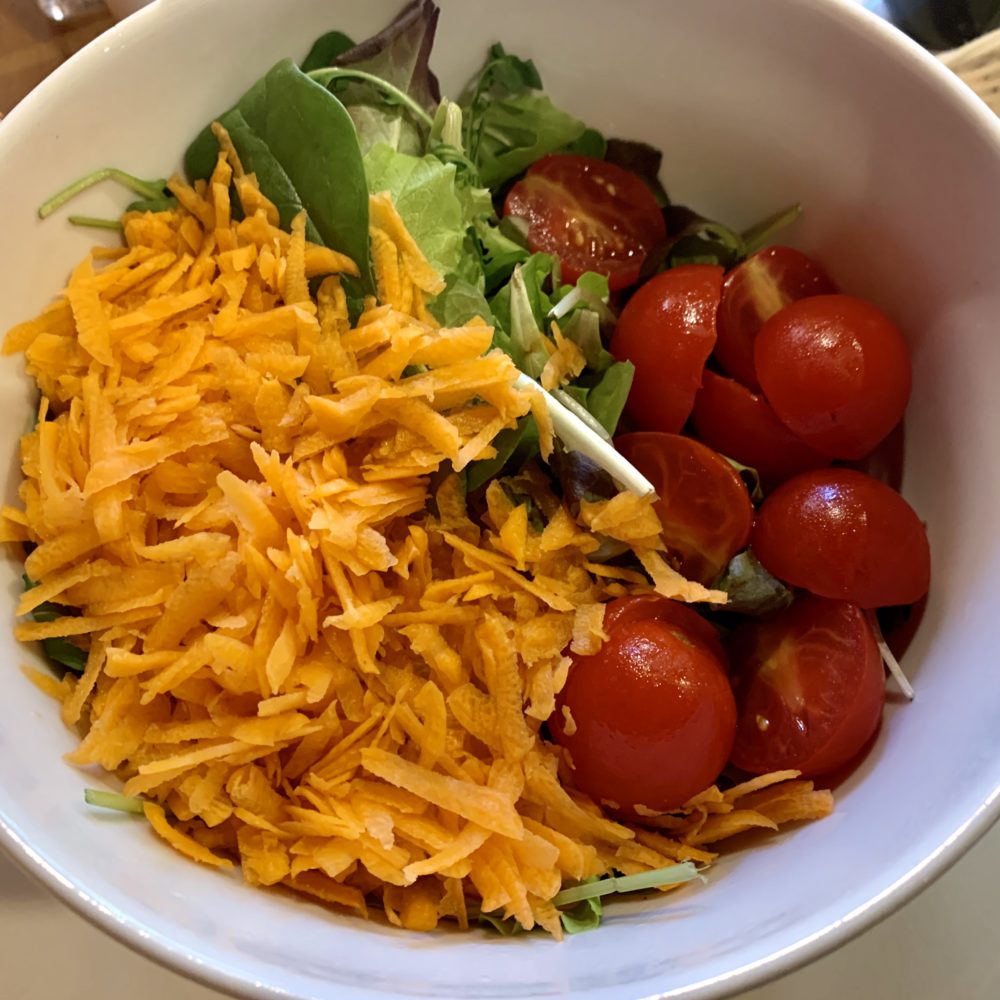
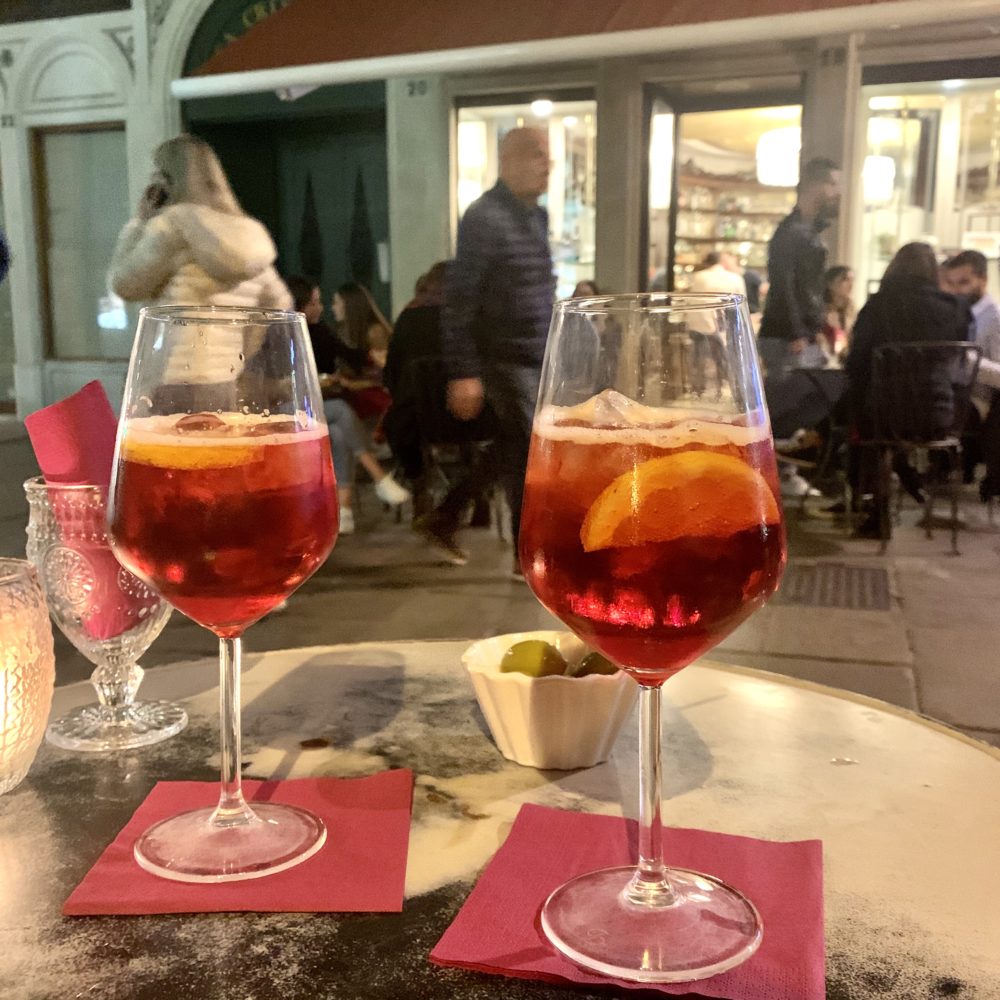
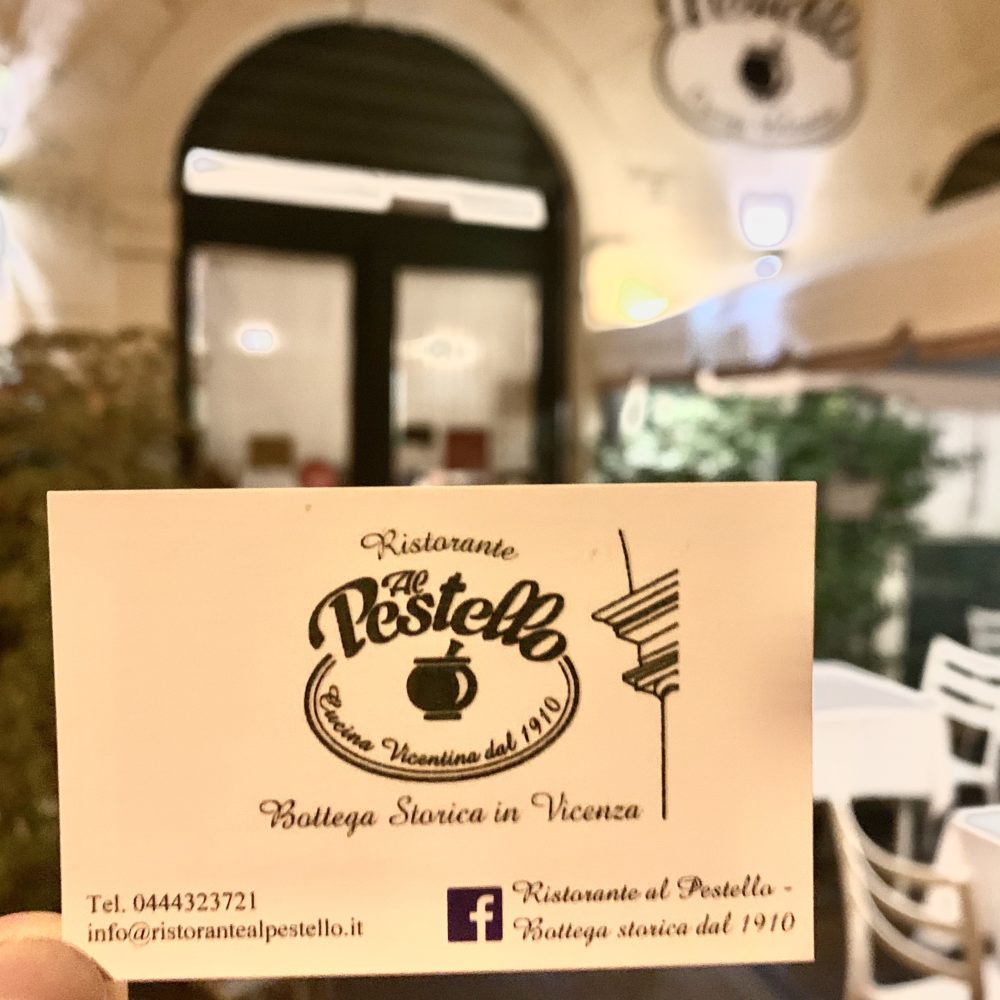
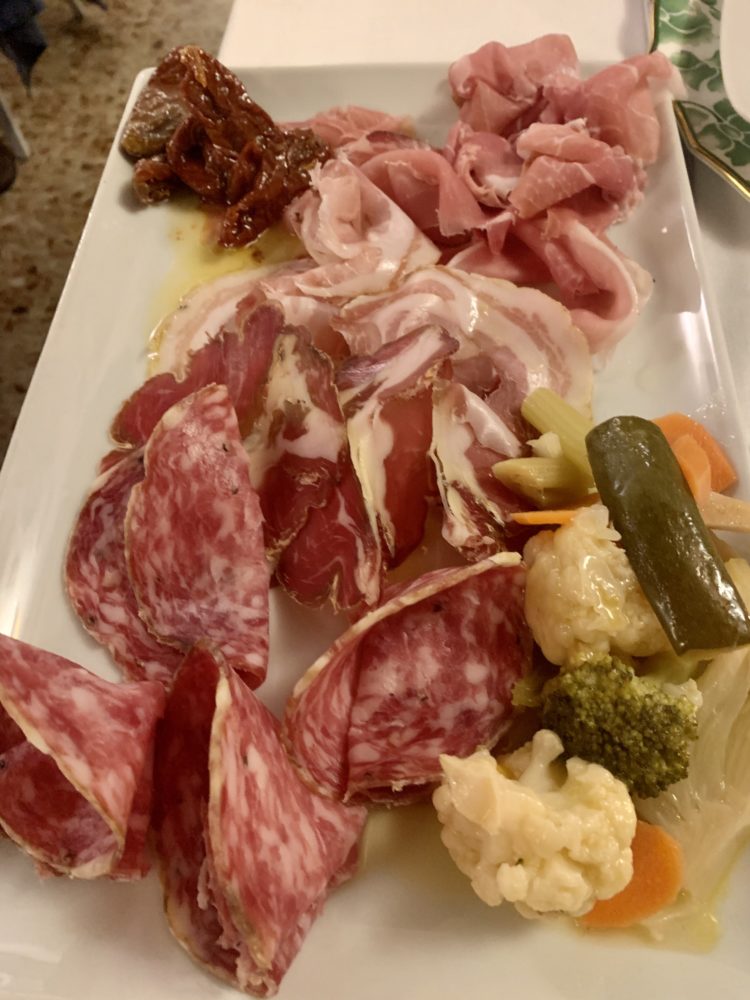
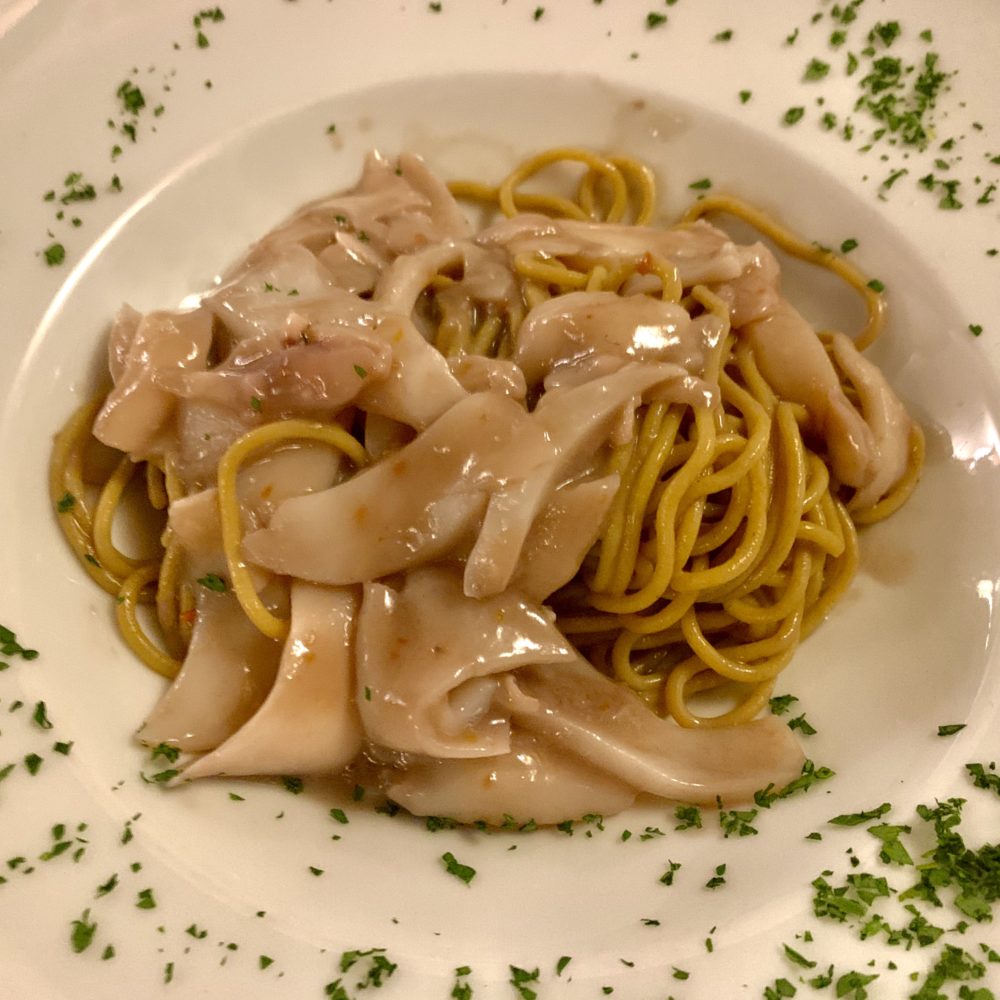
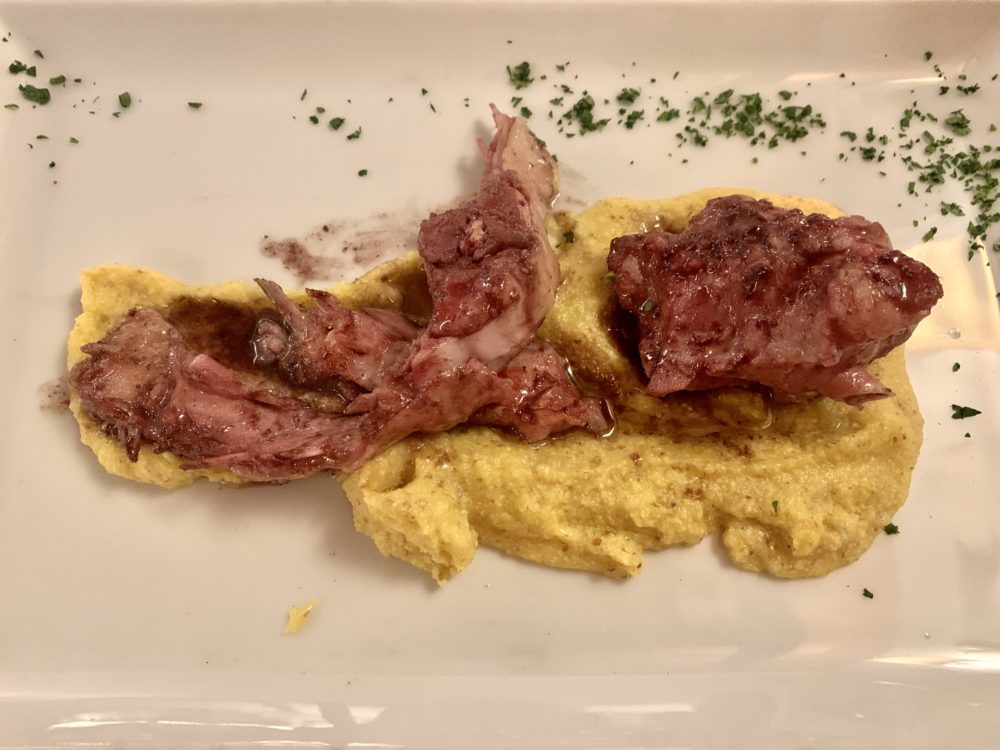
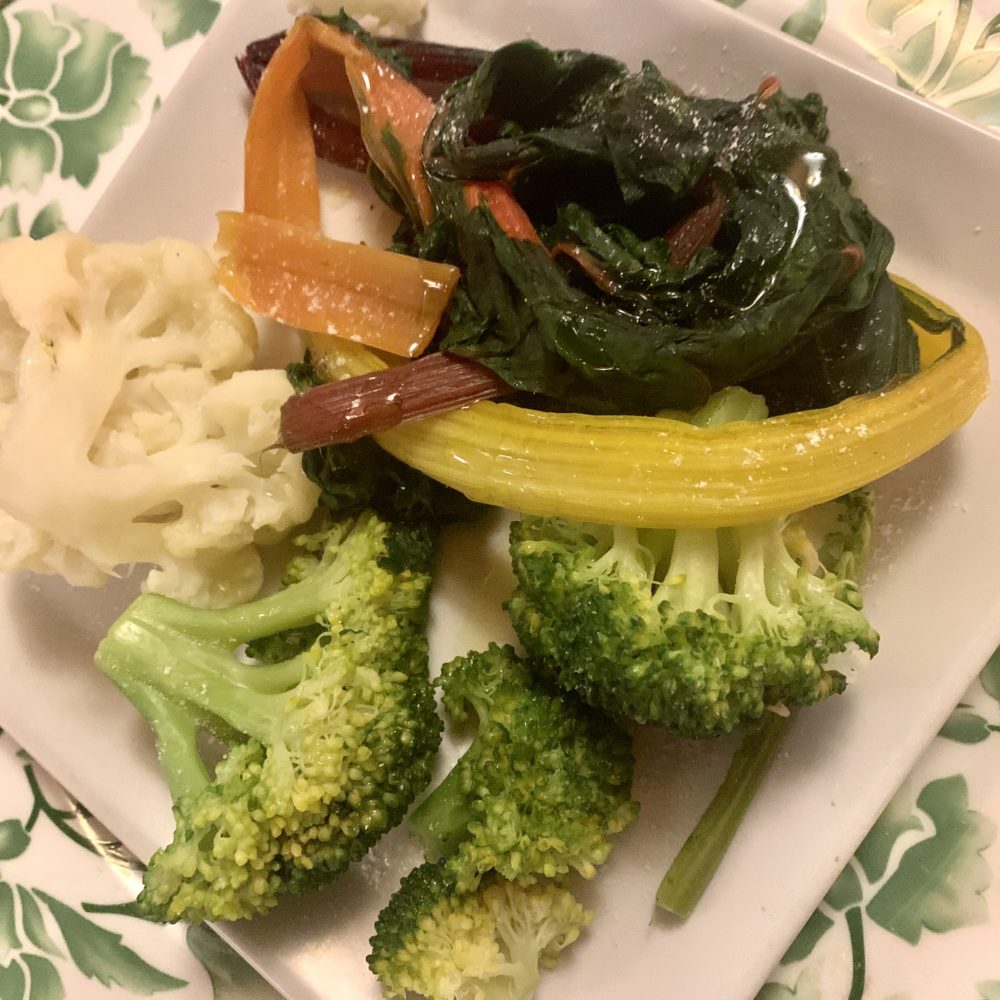
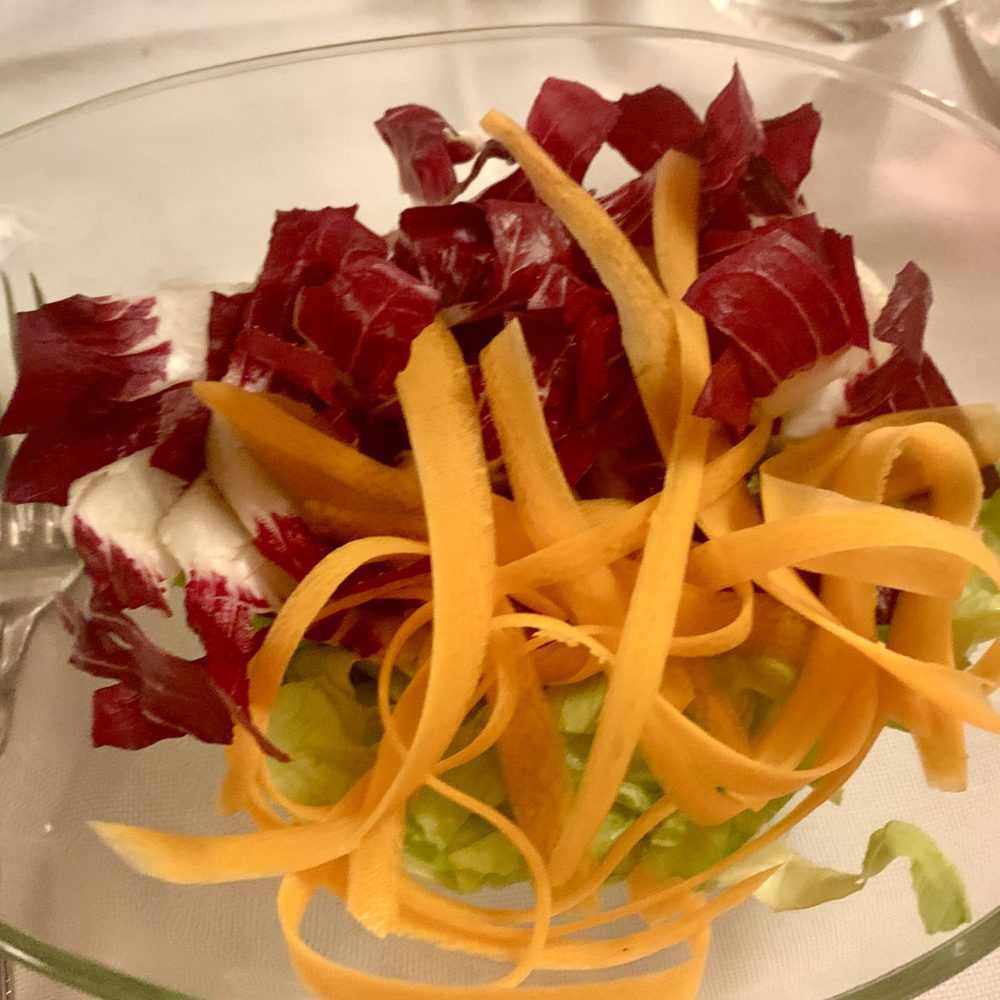
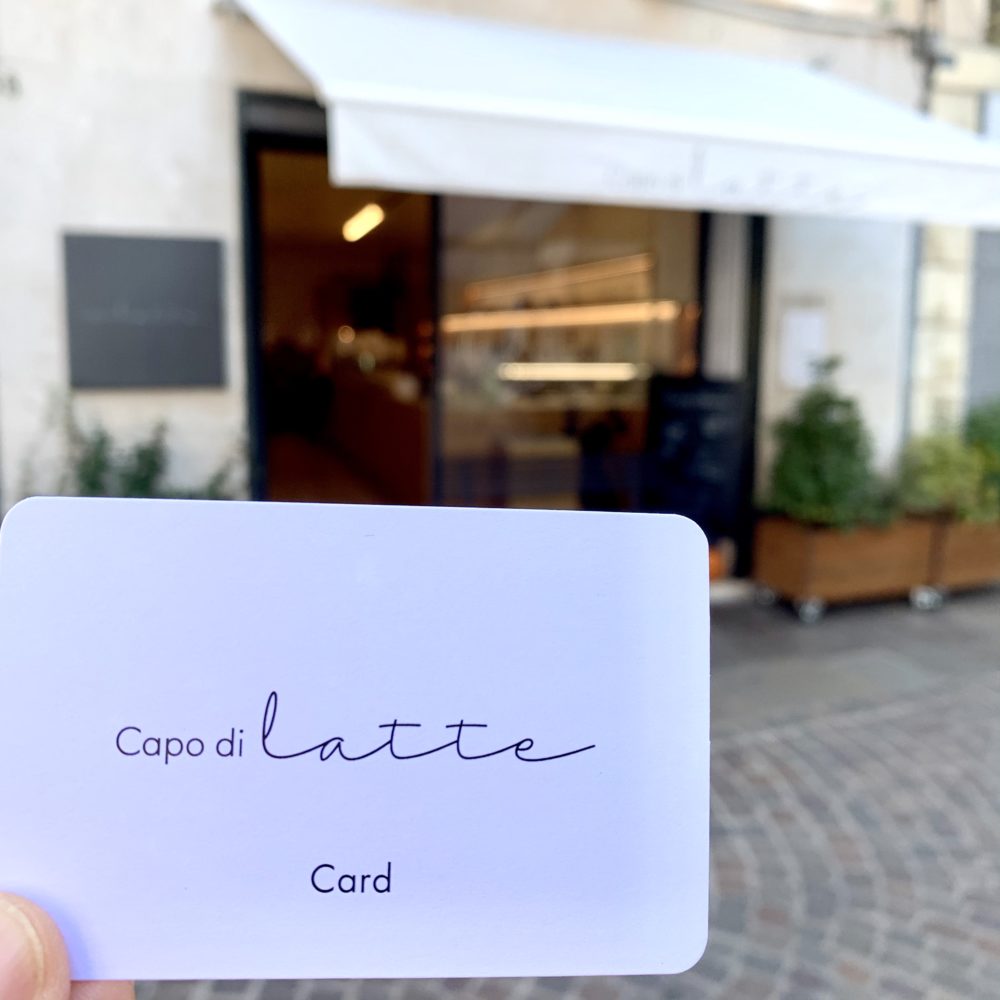

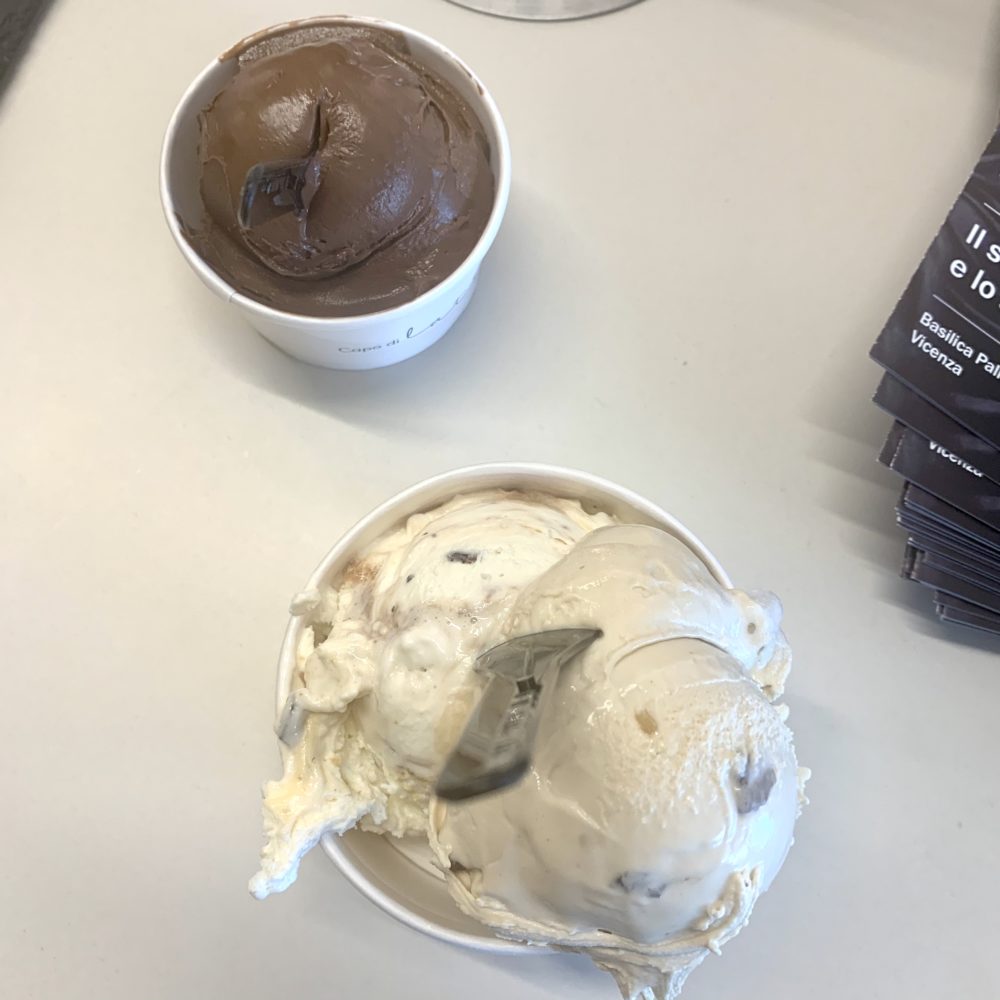

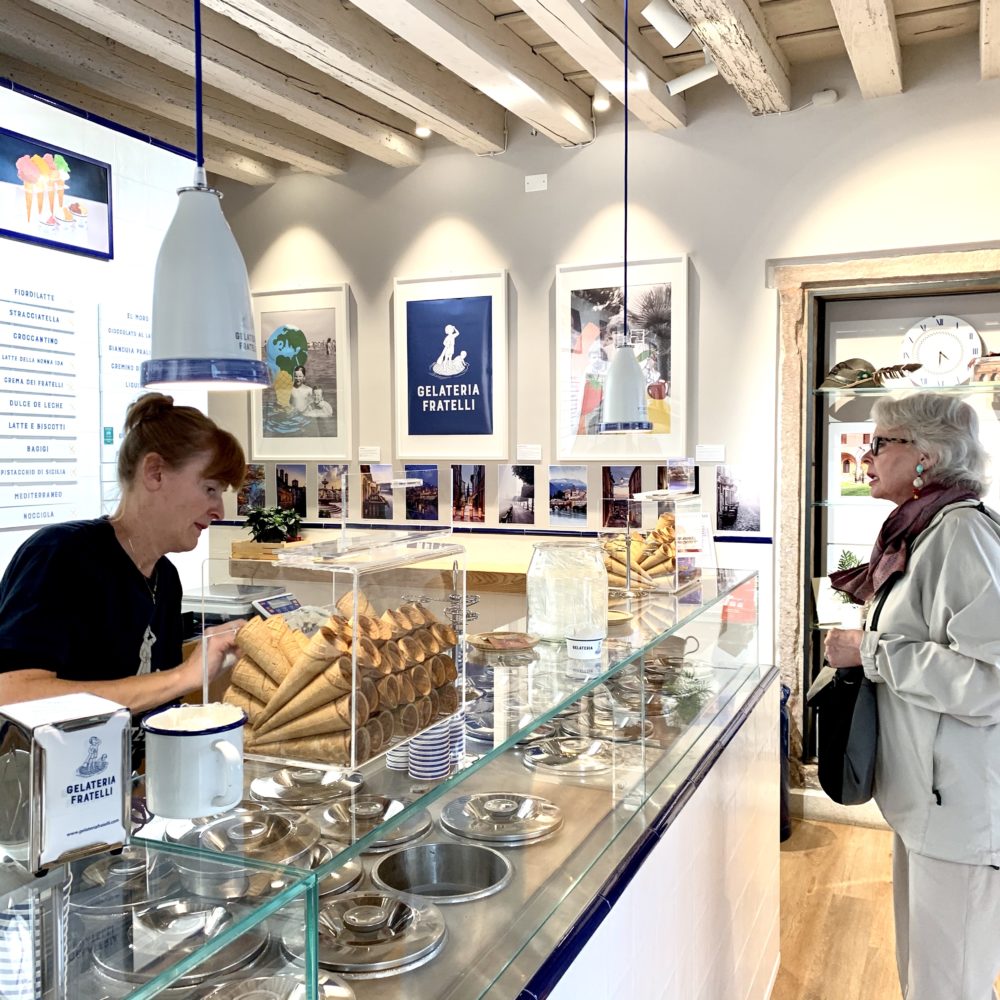
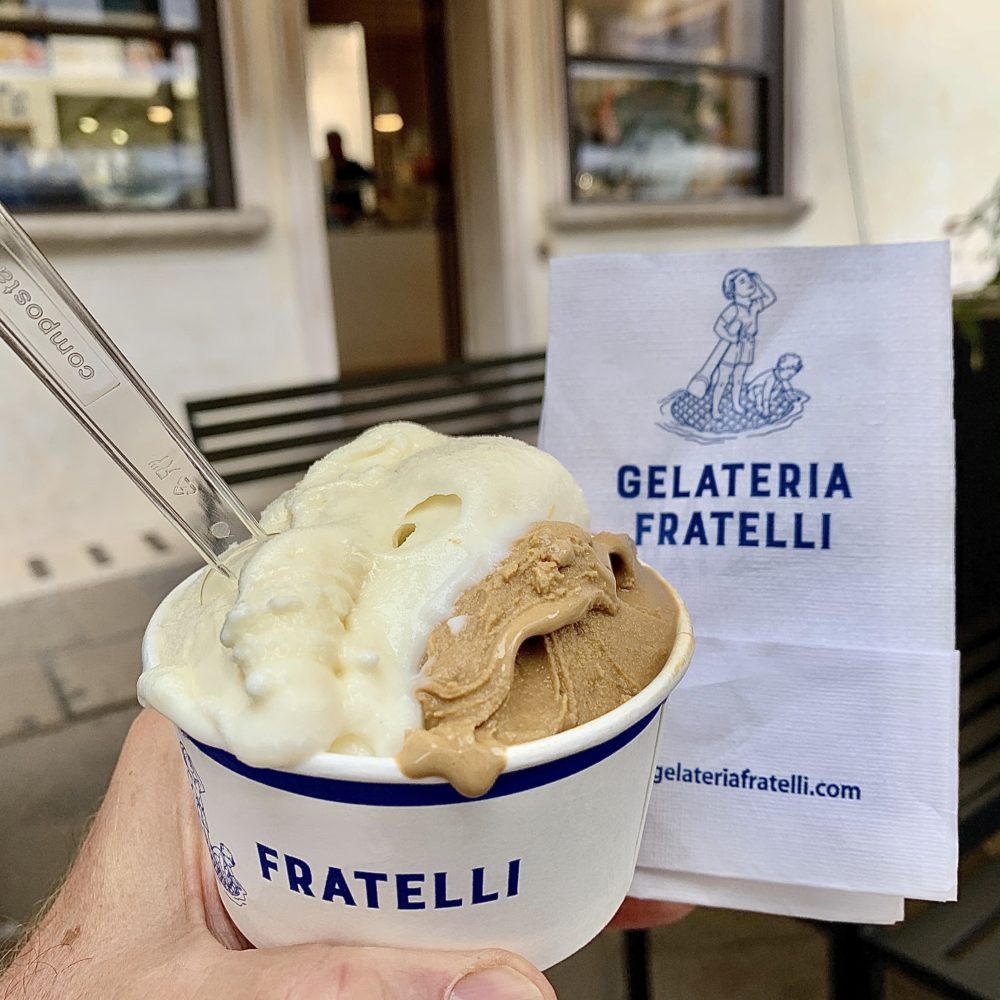
Next stop—Mantova!
.
